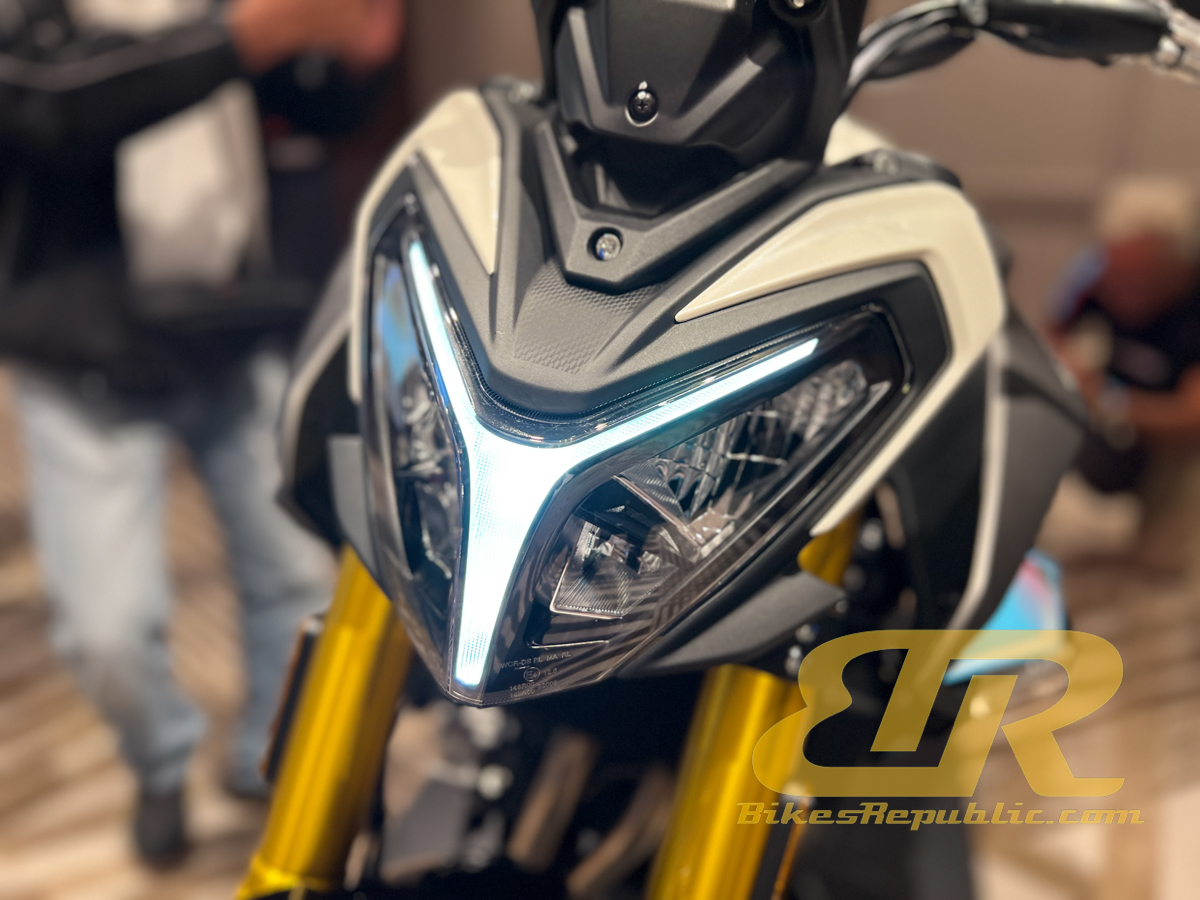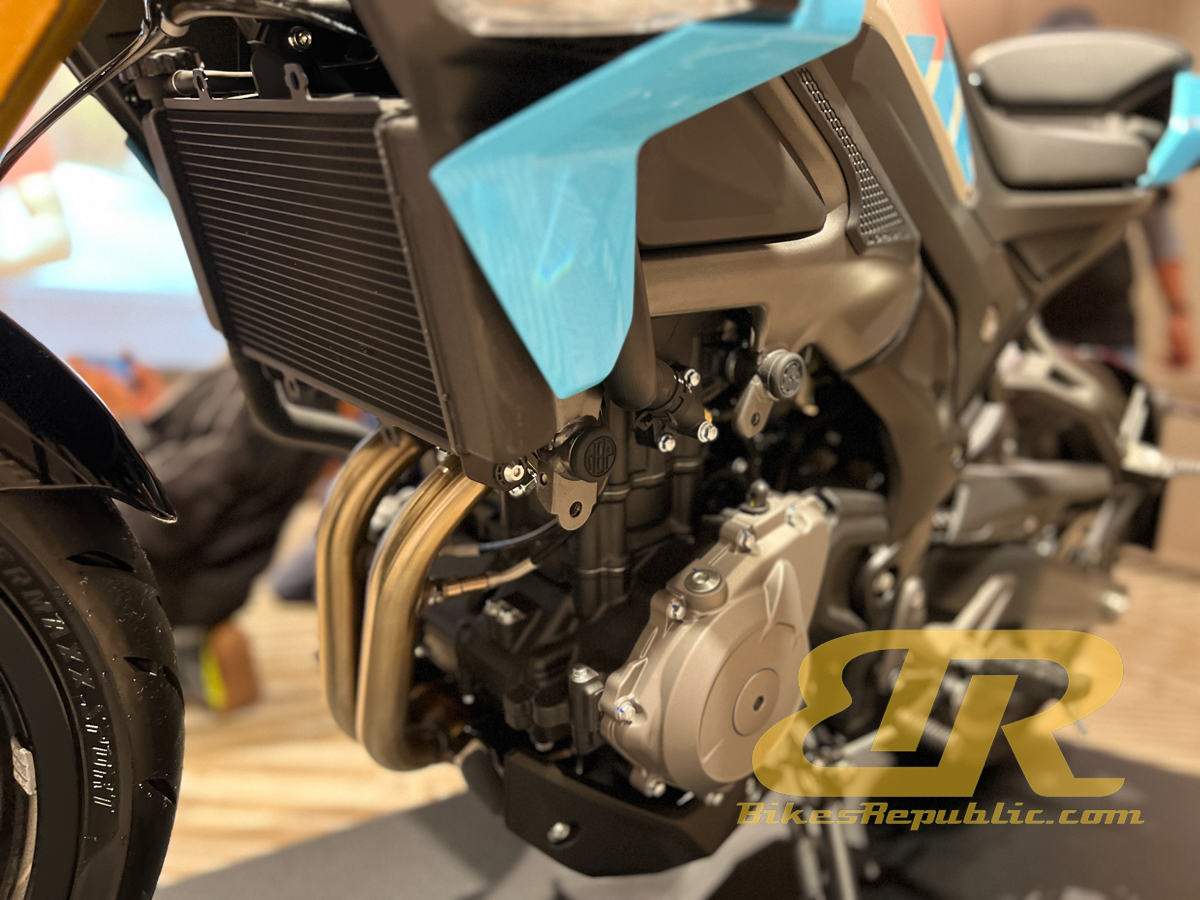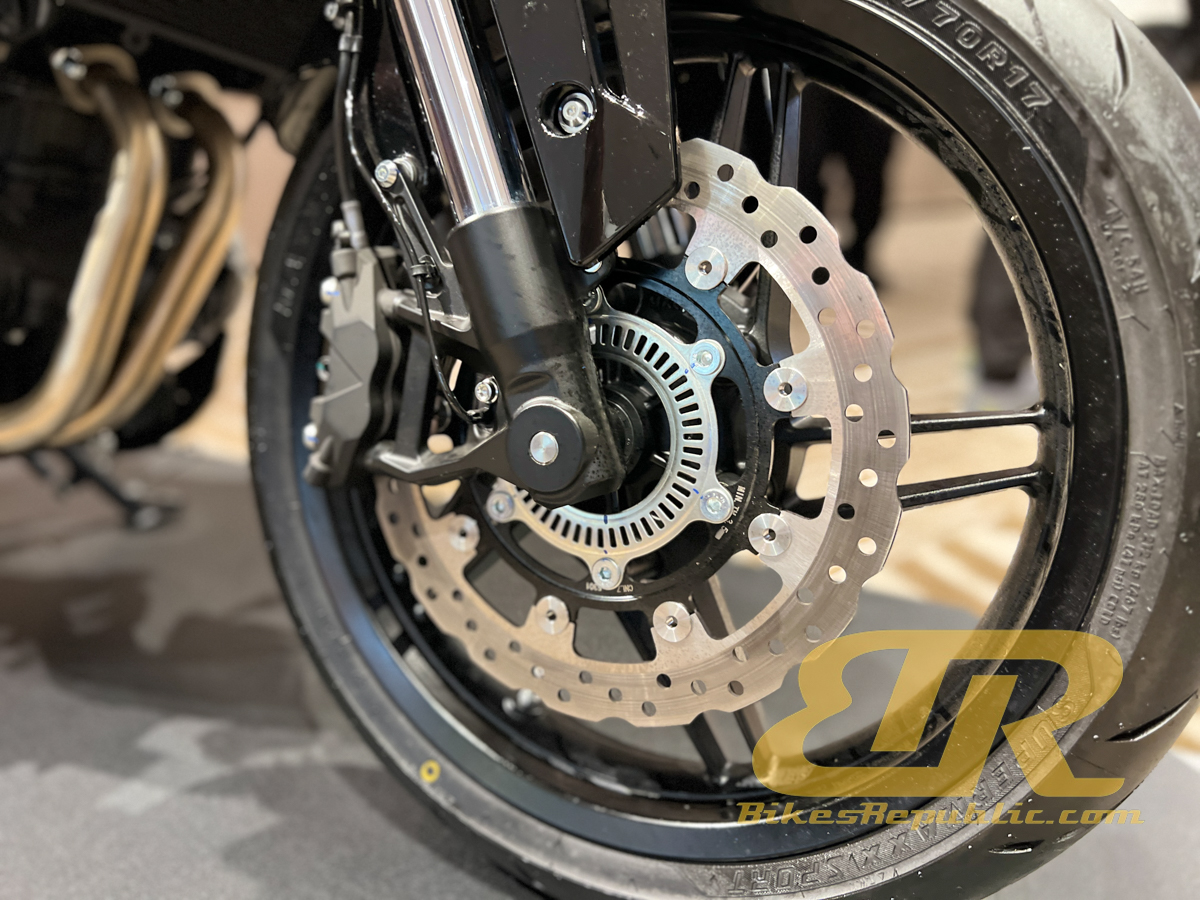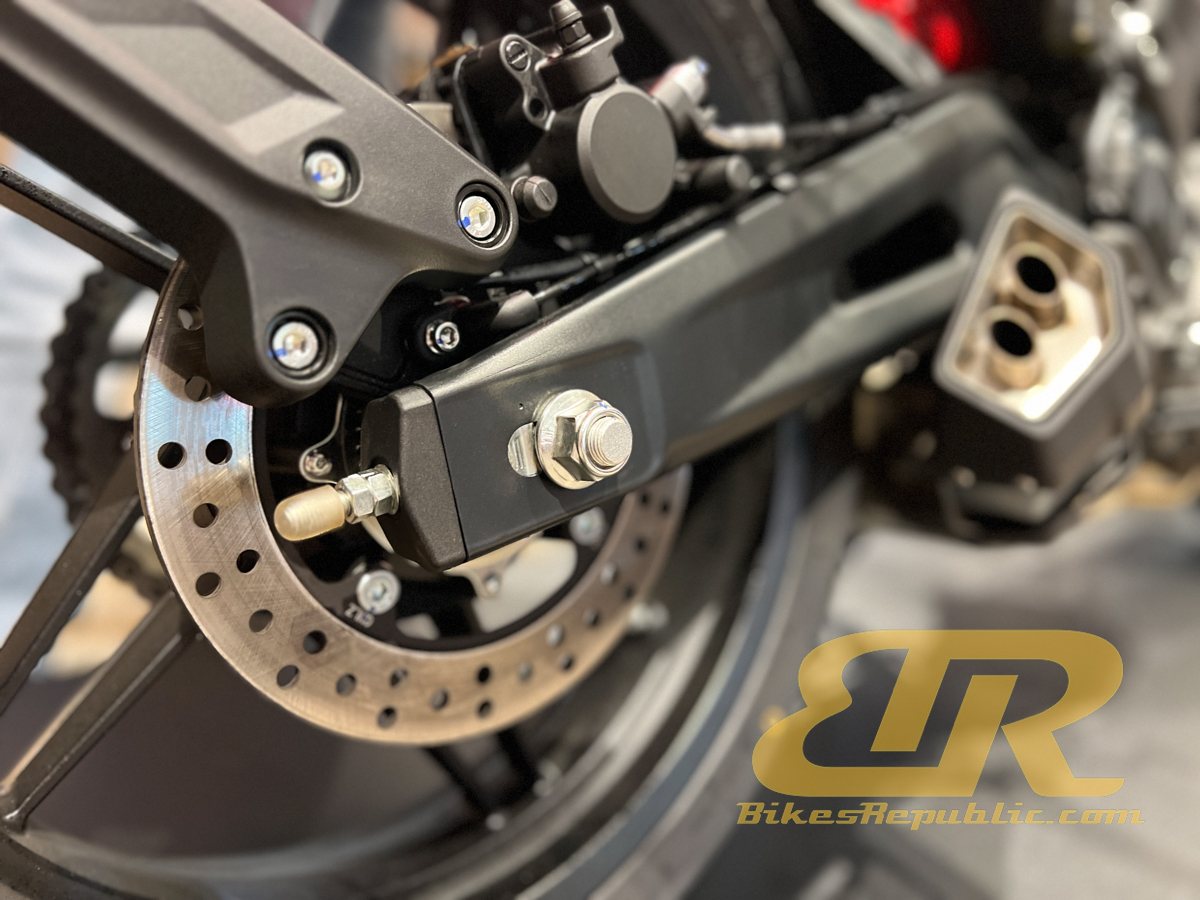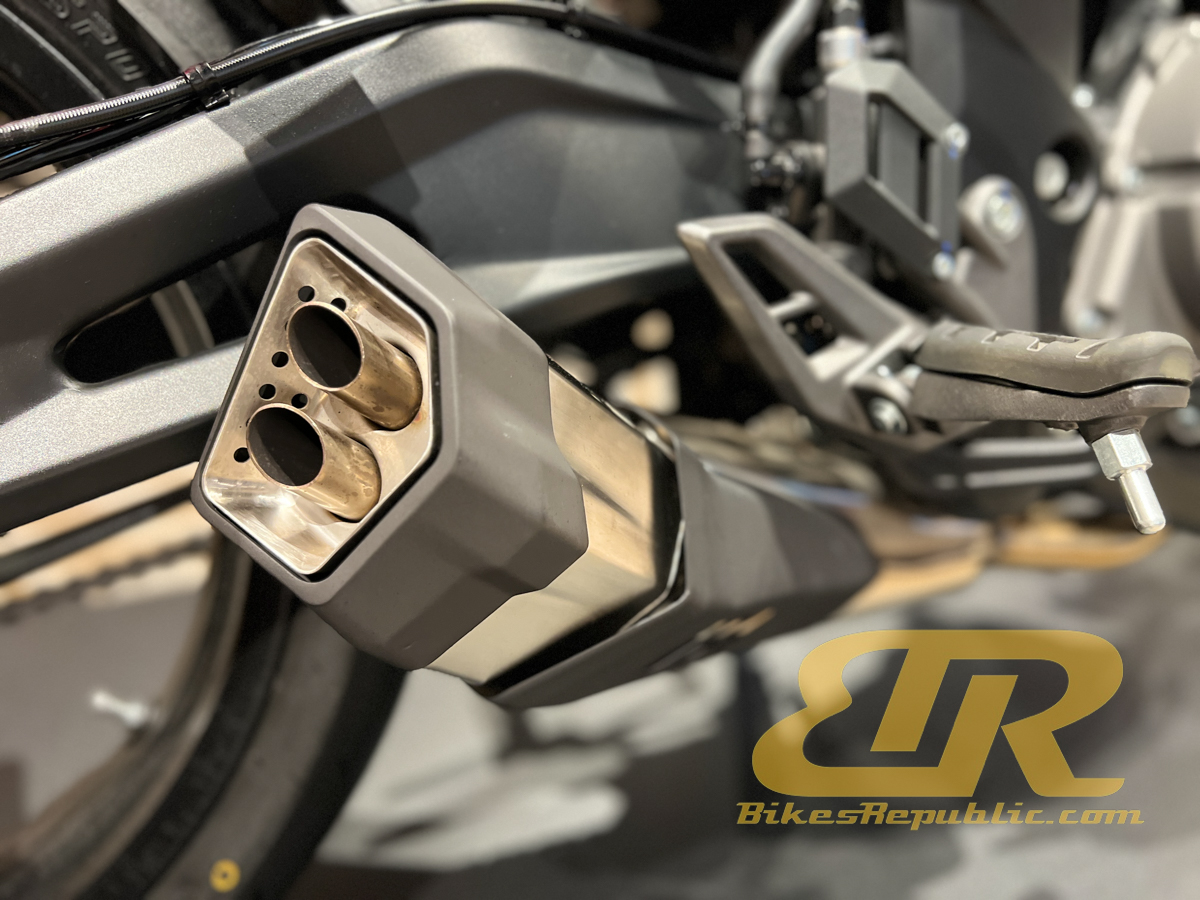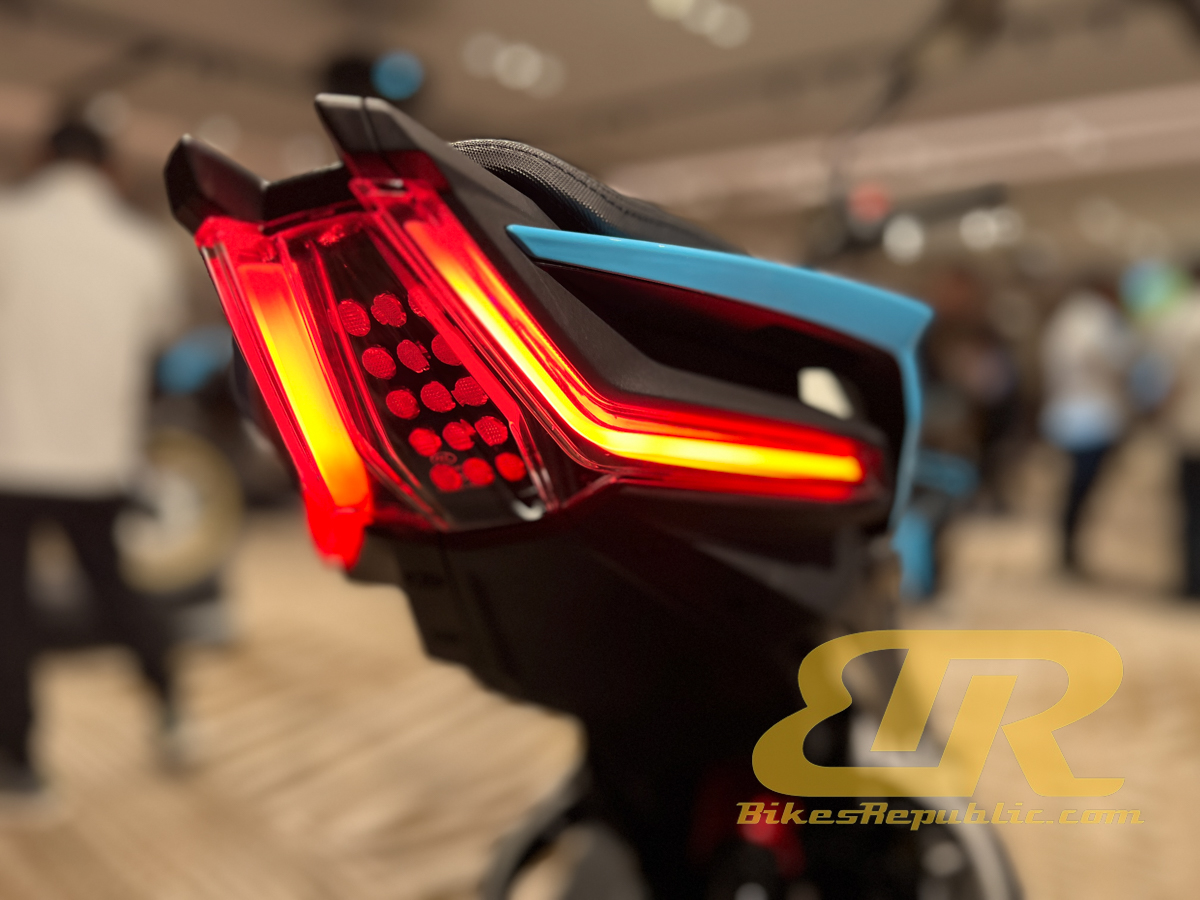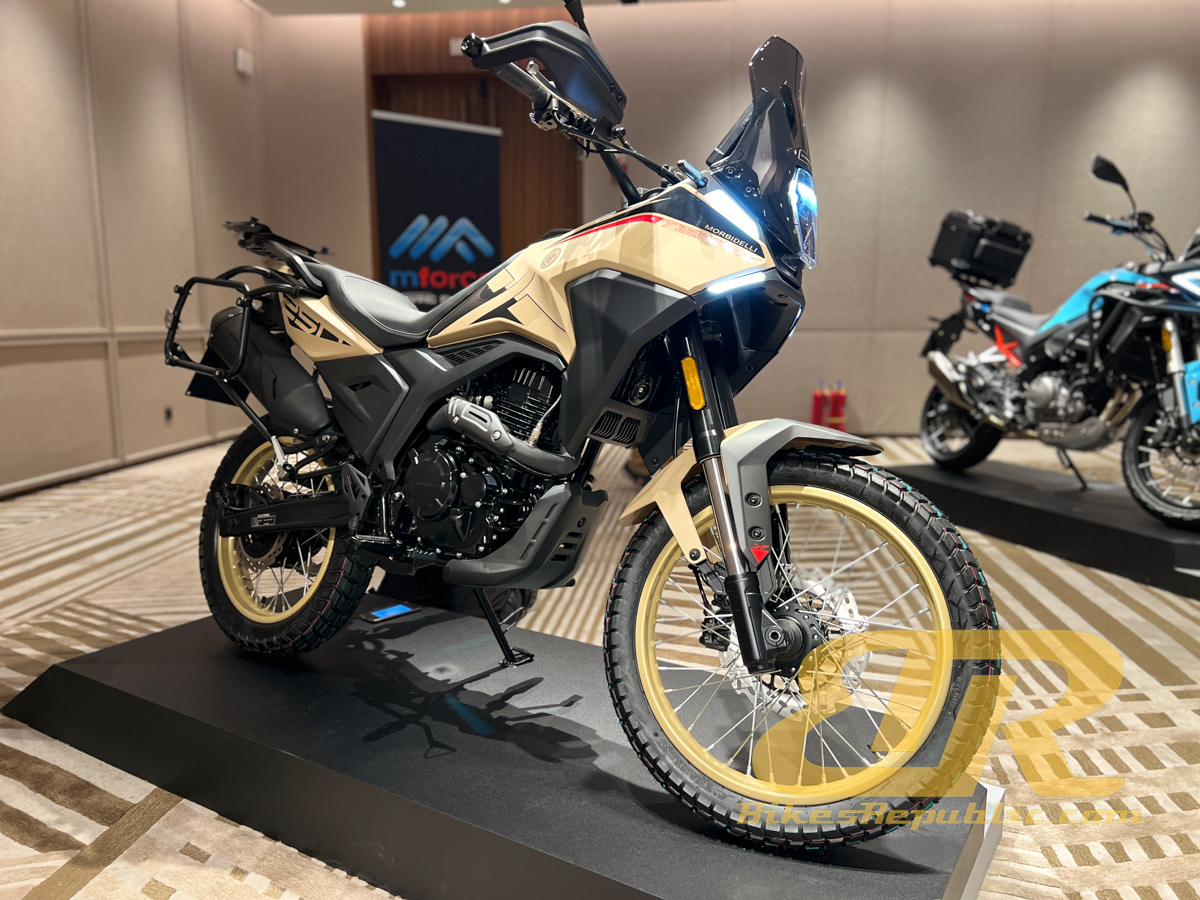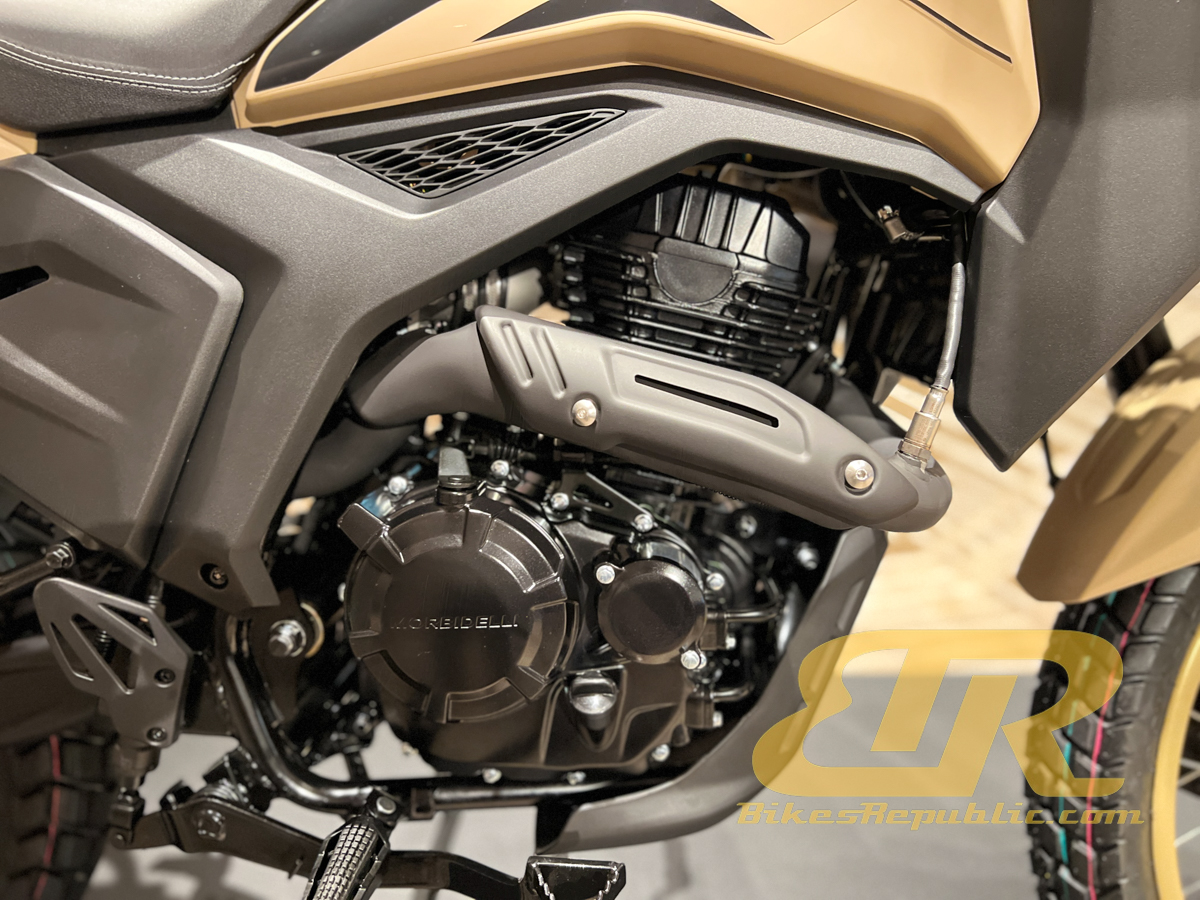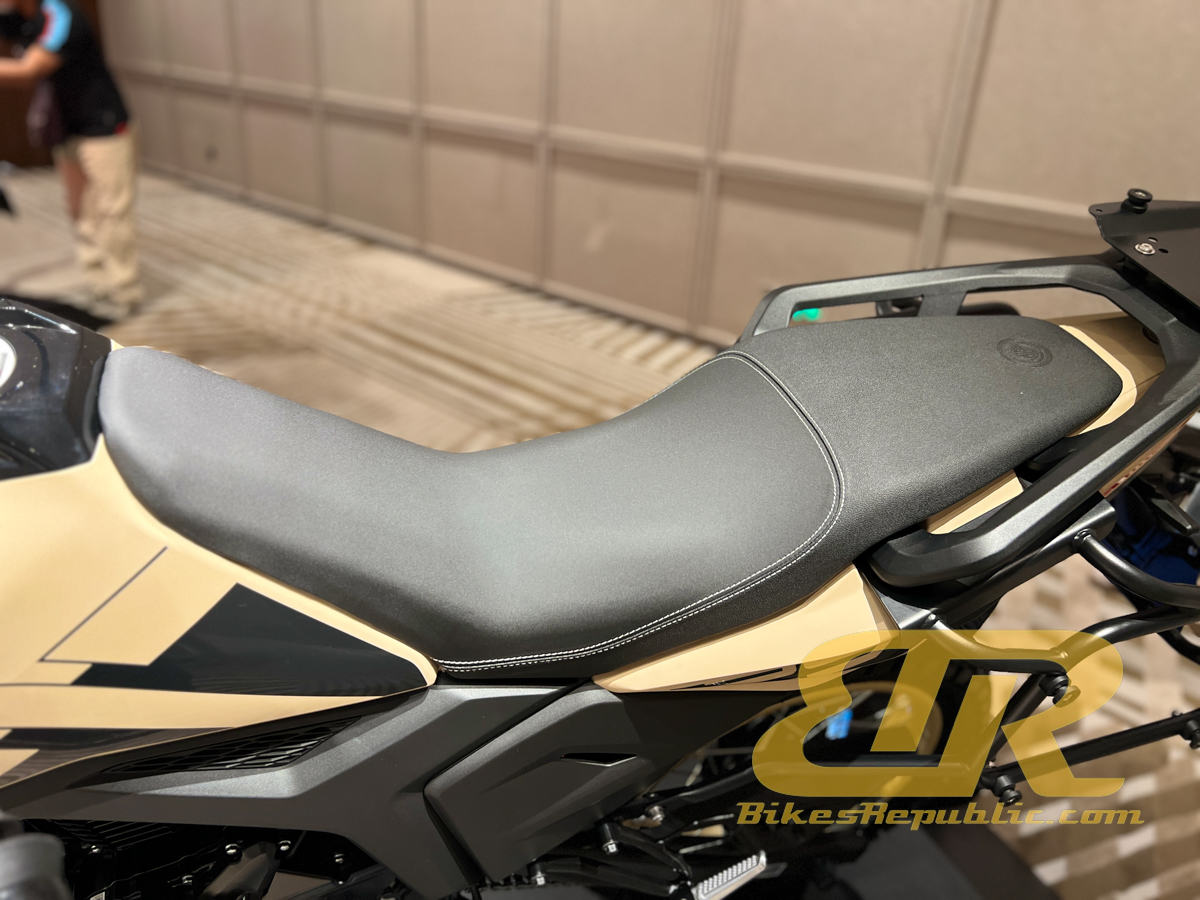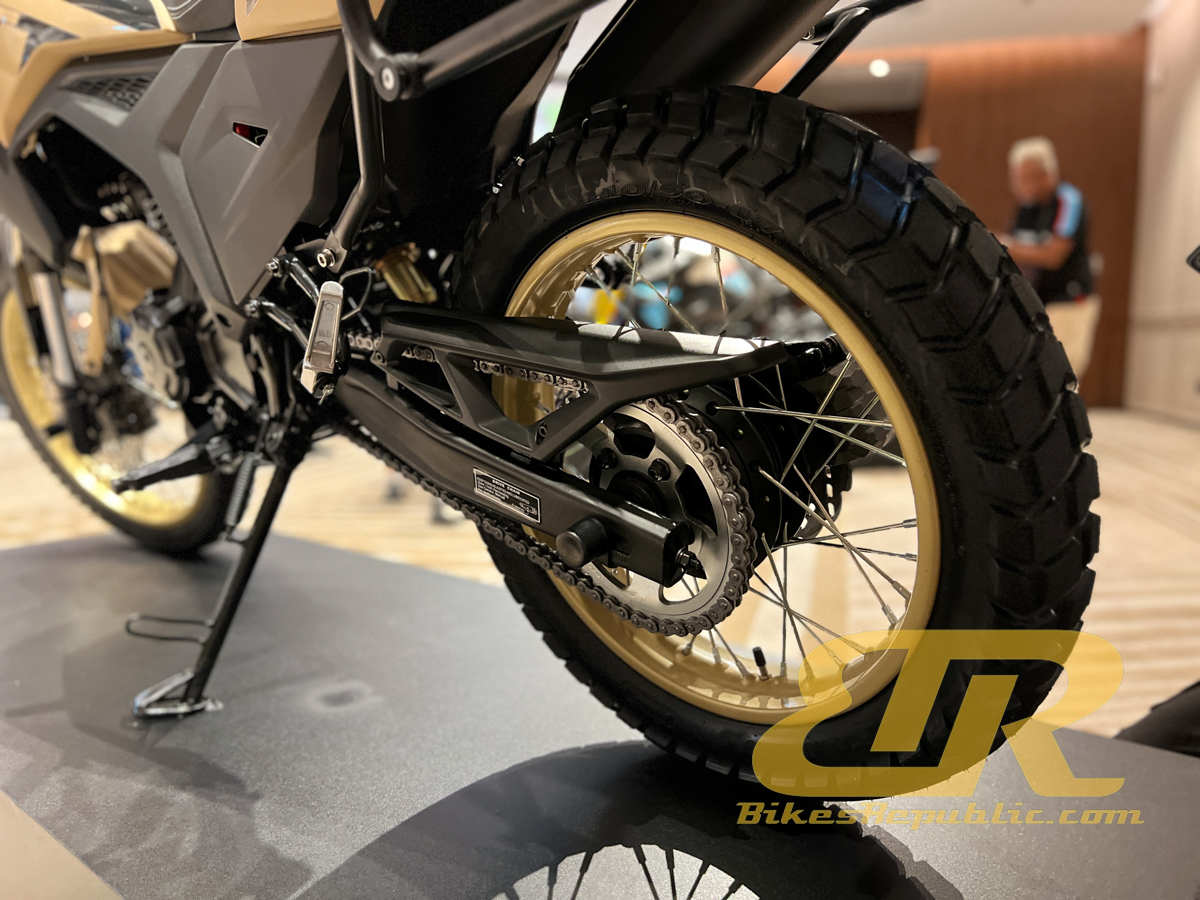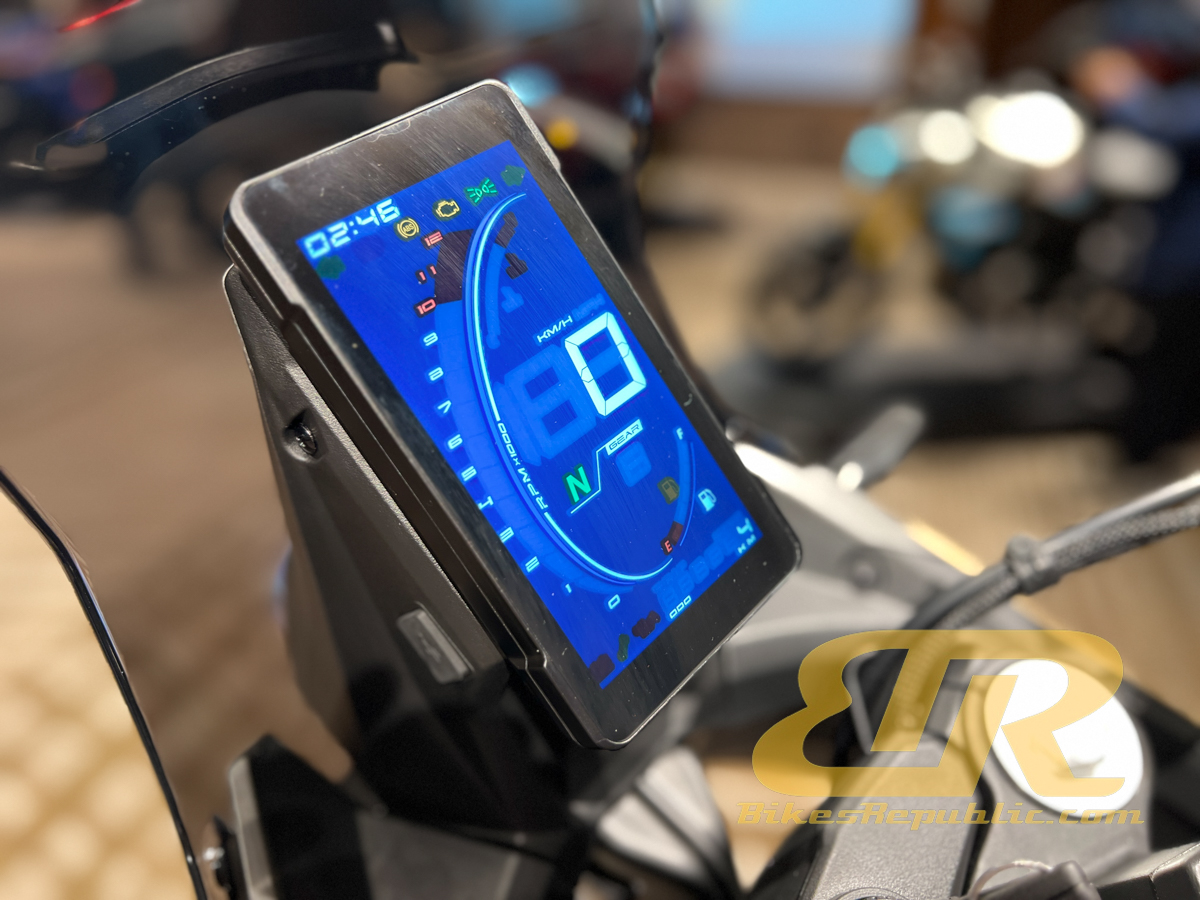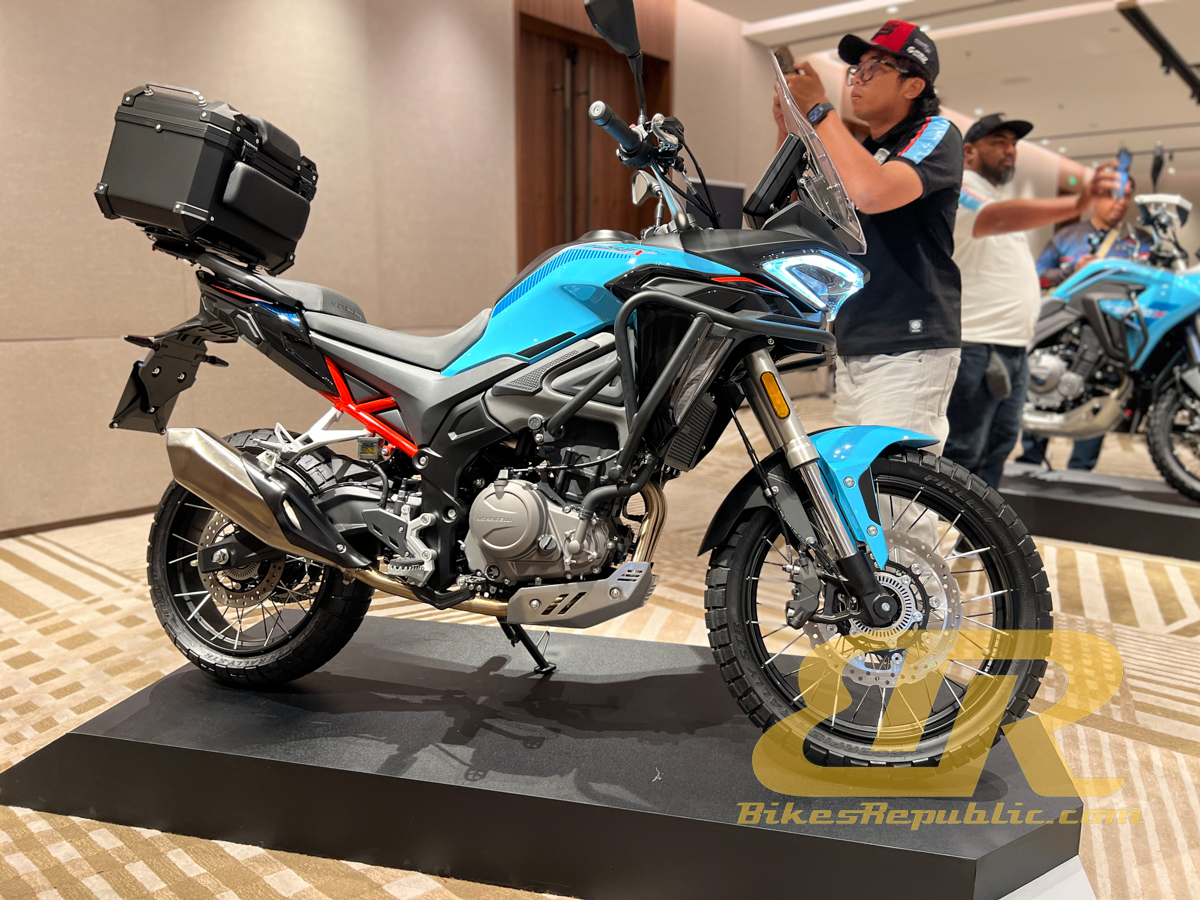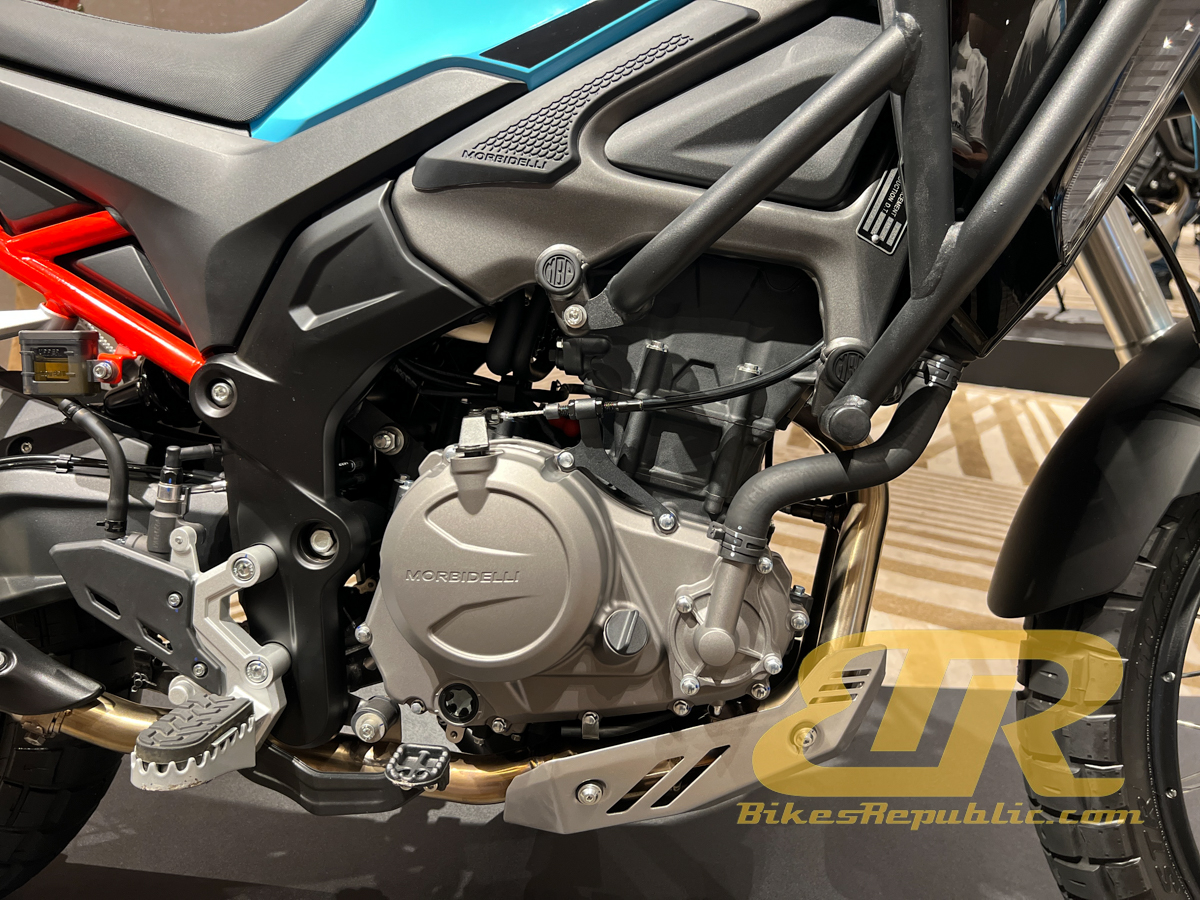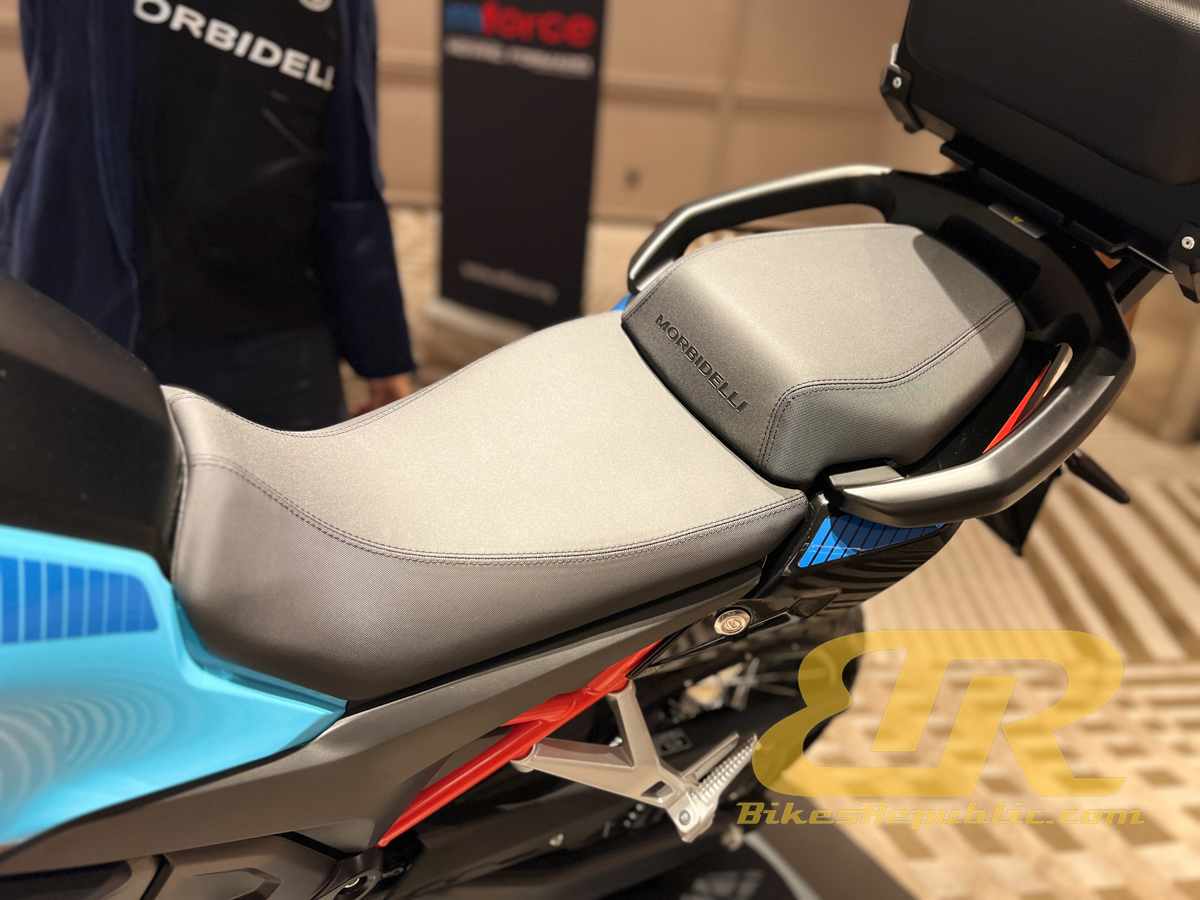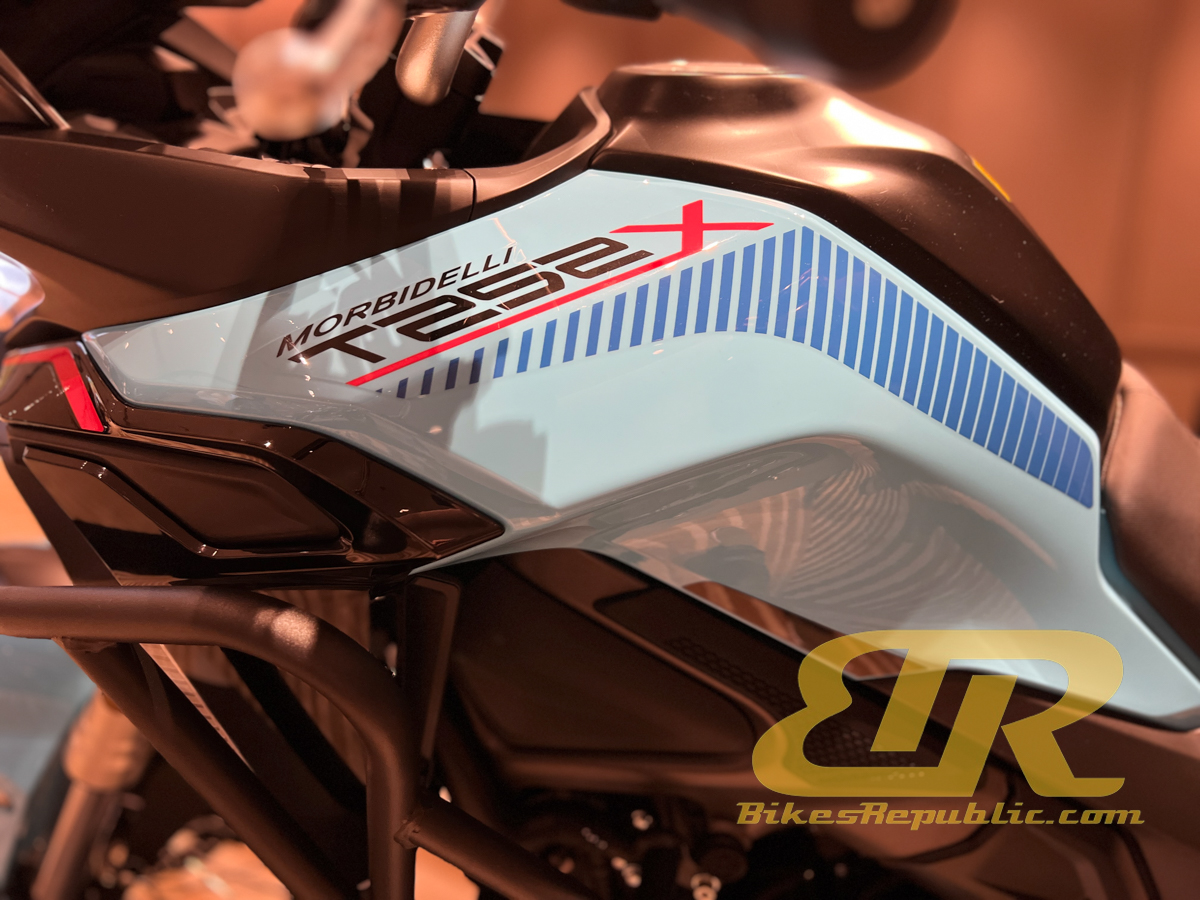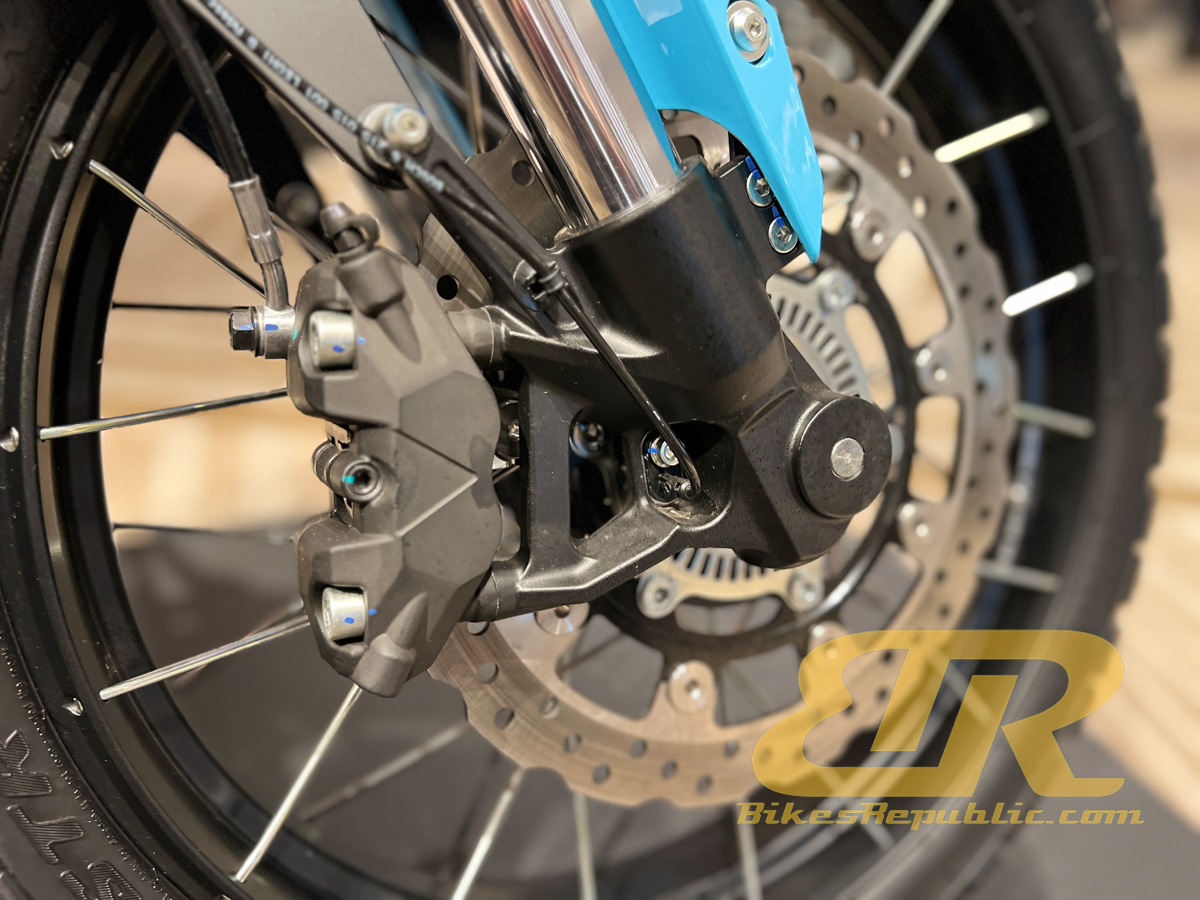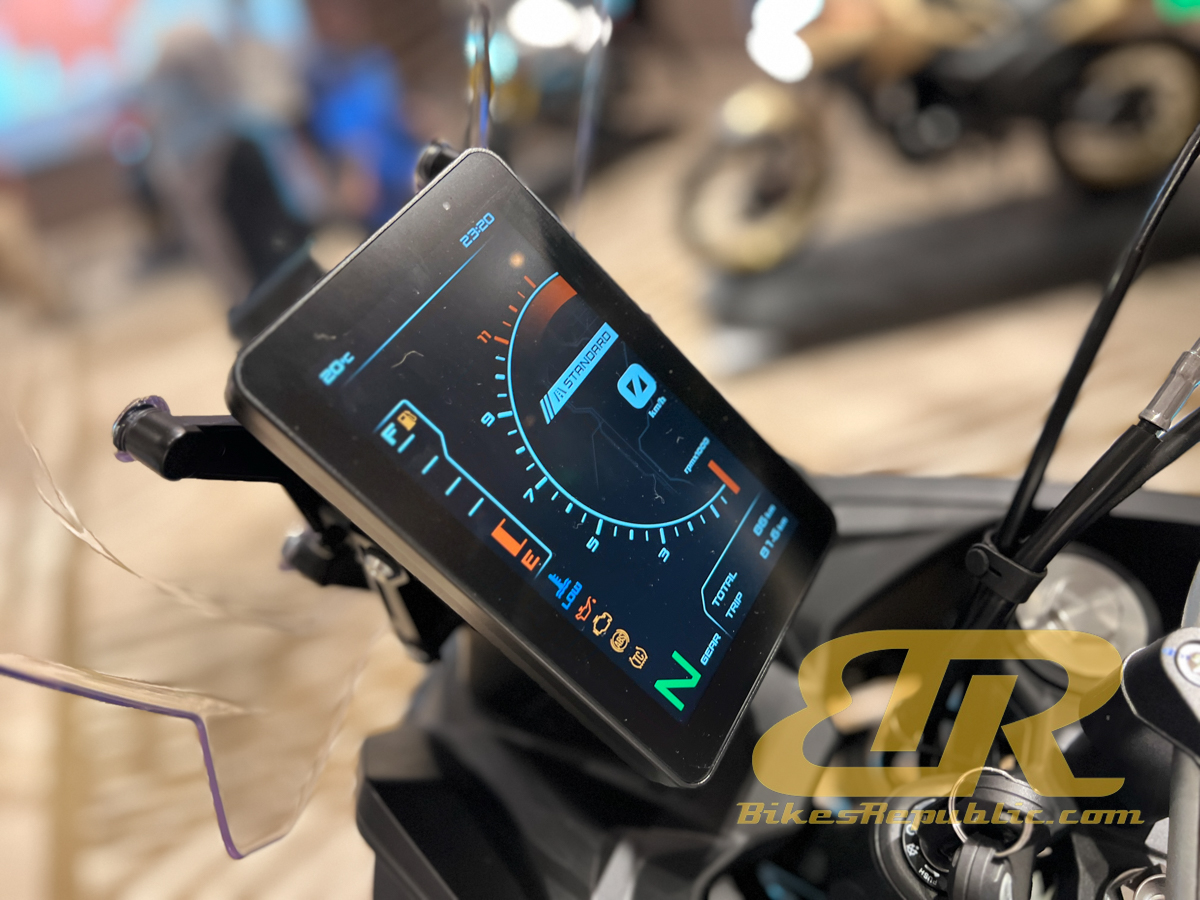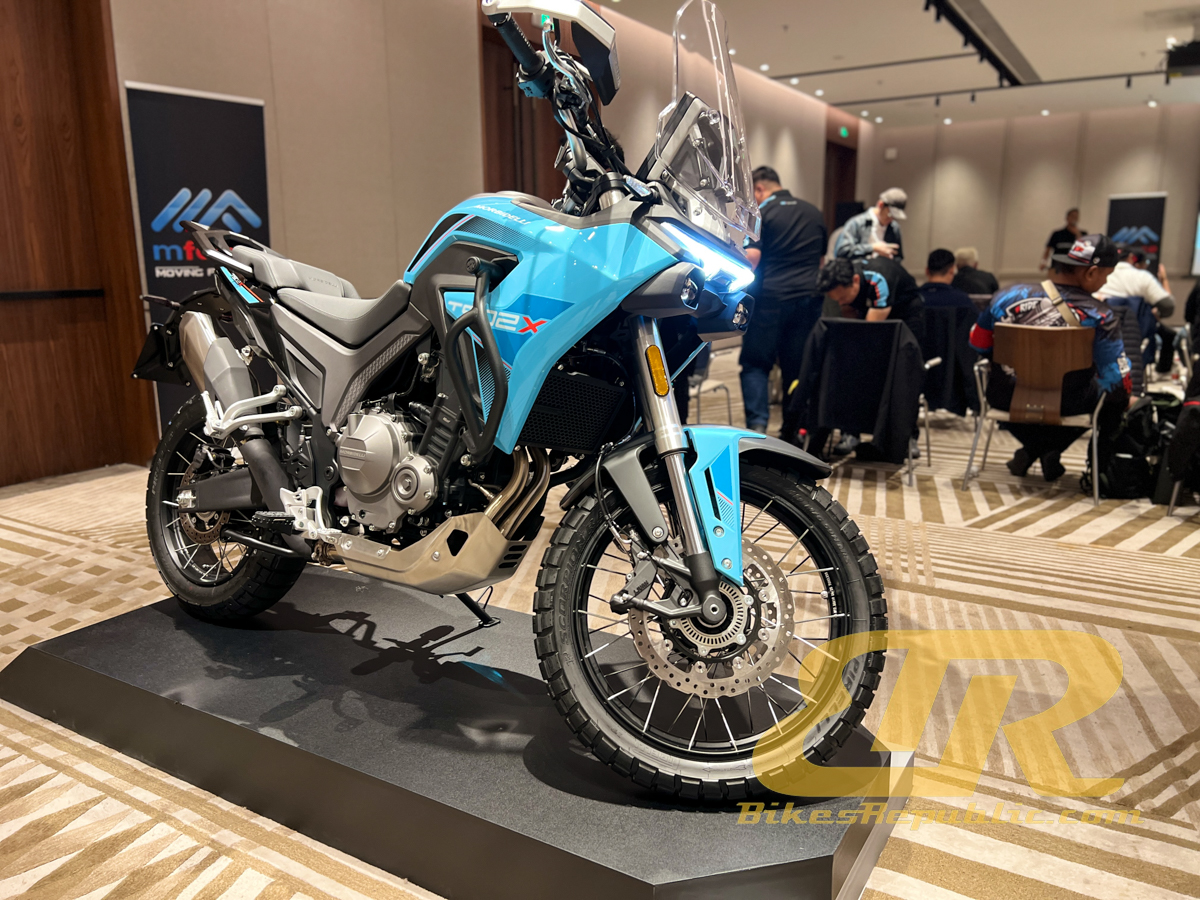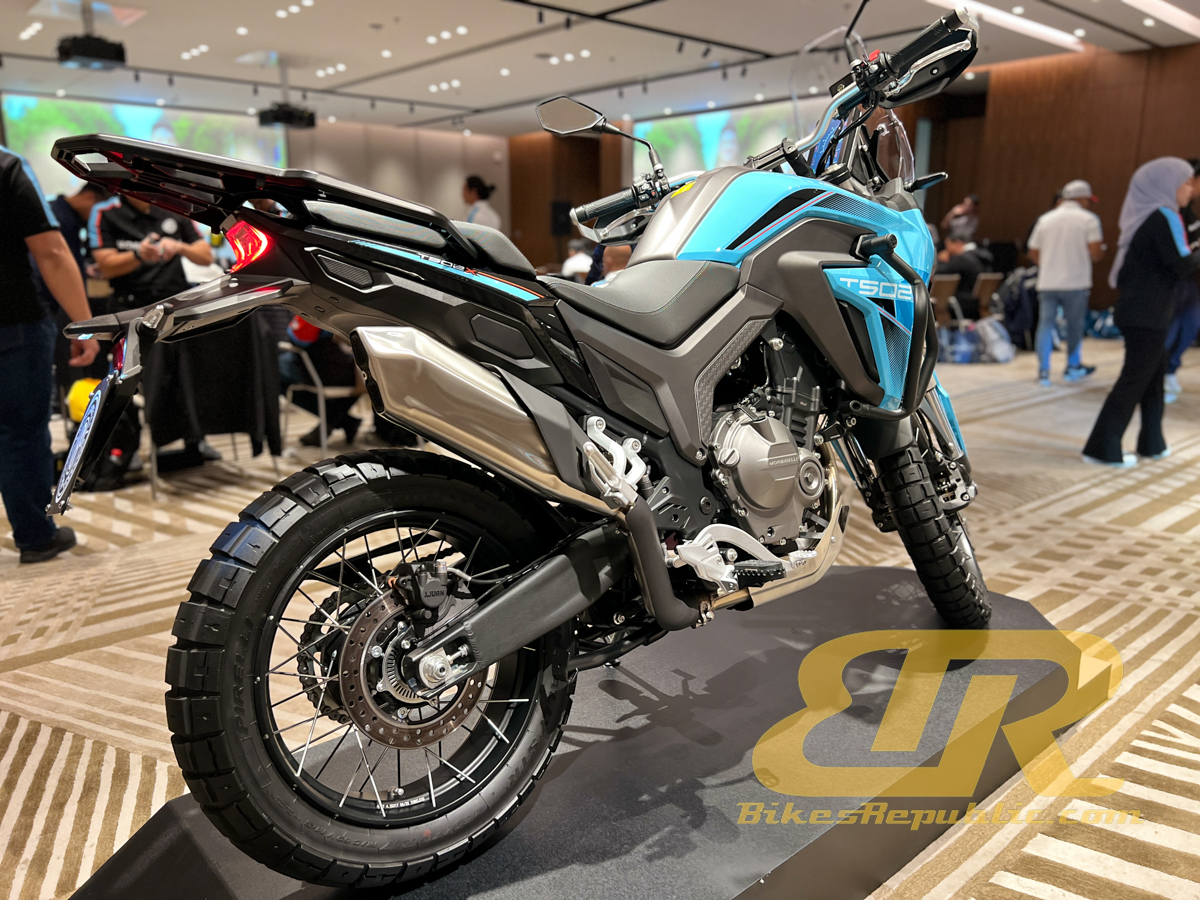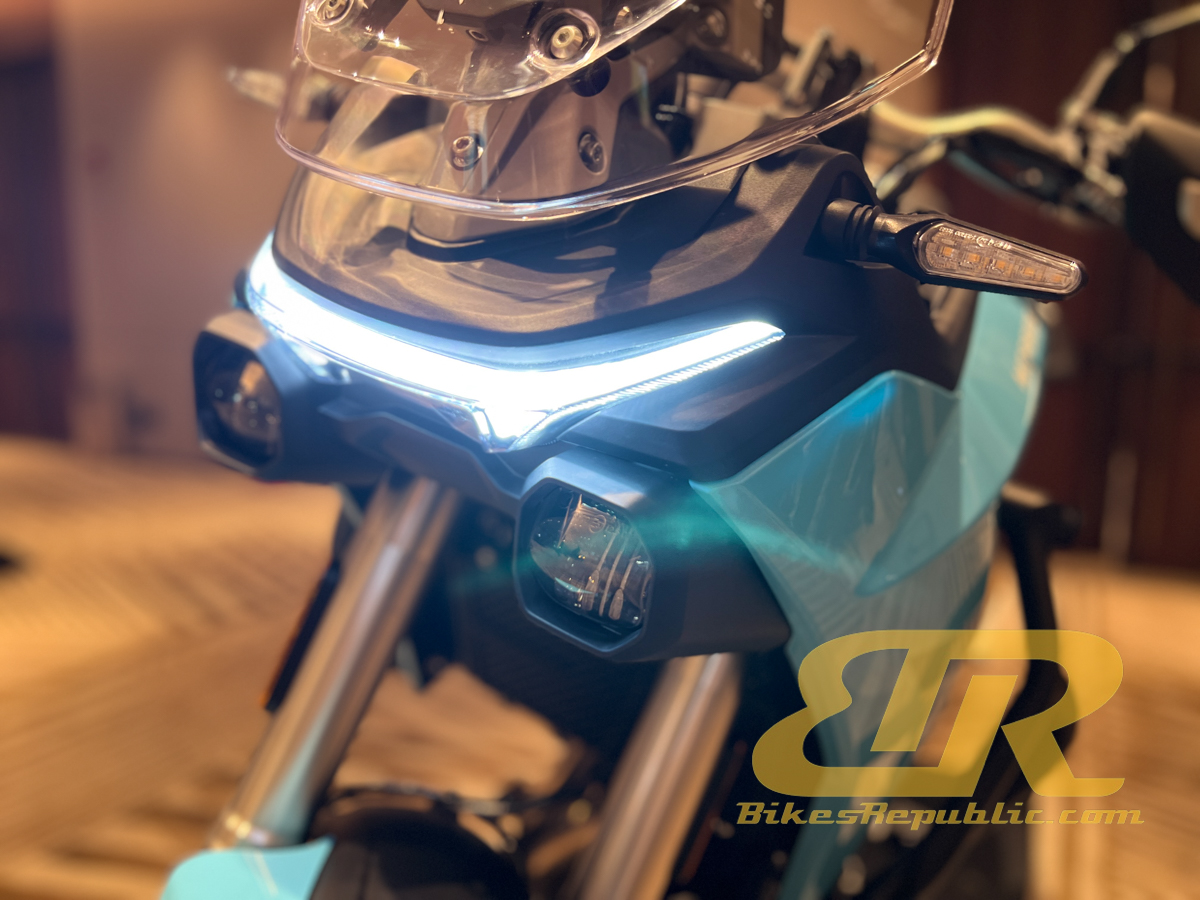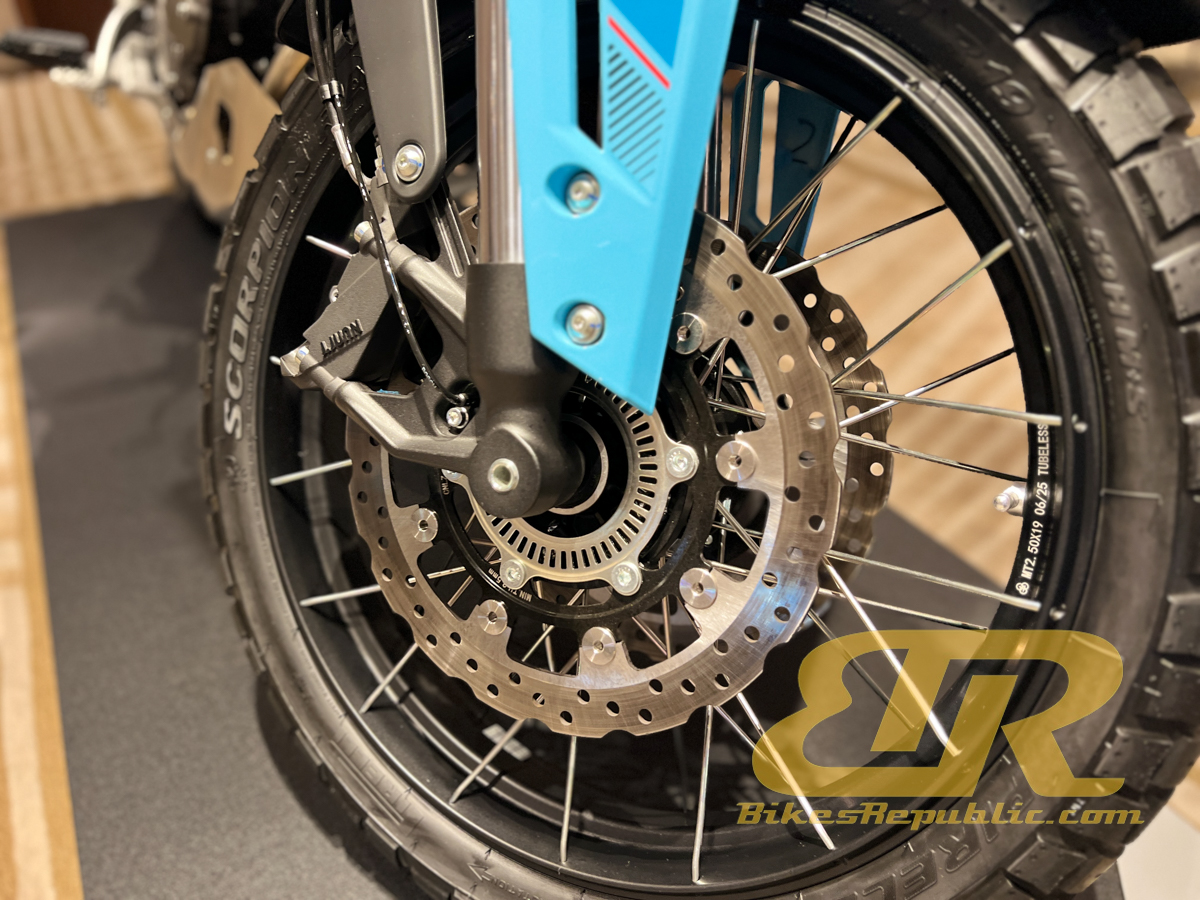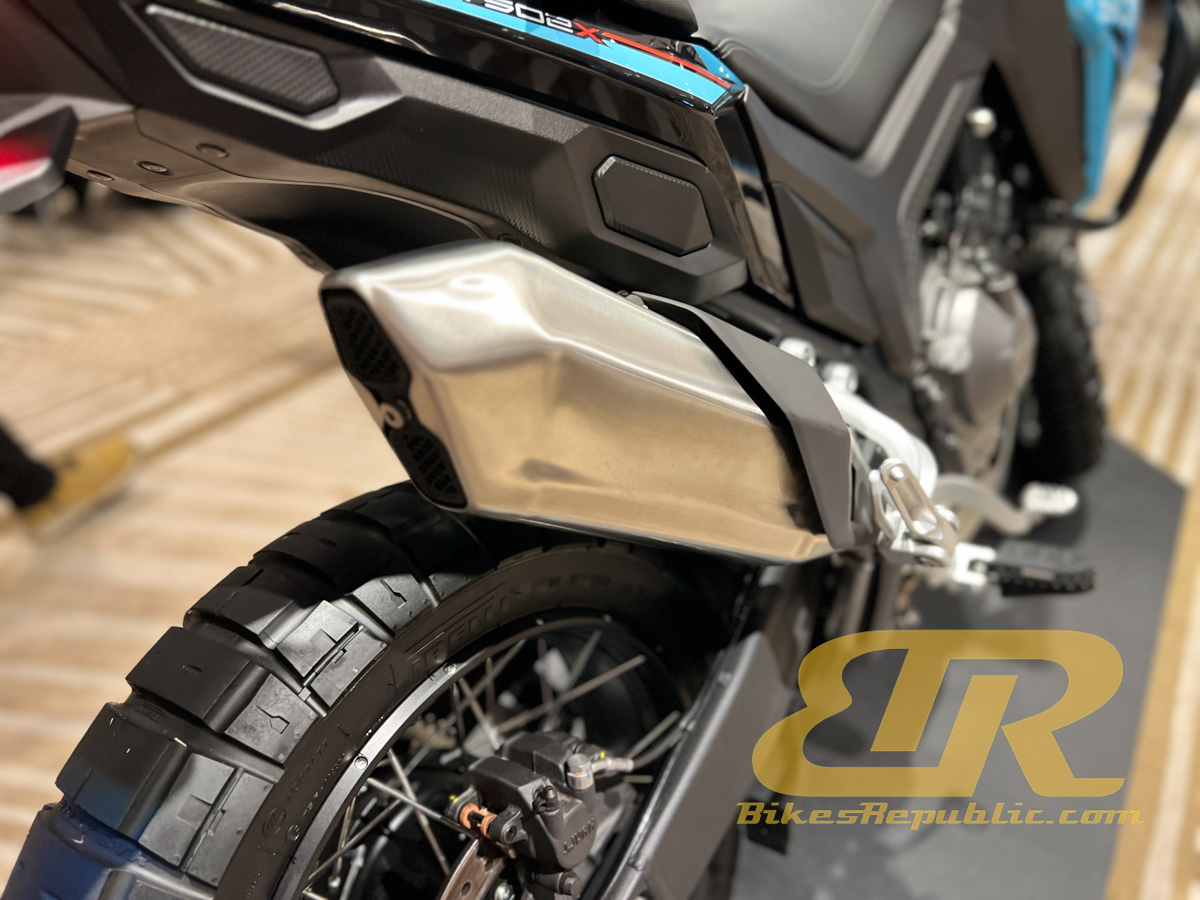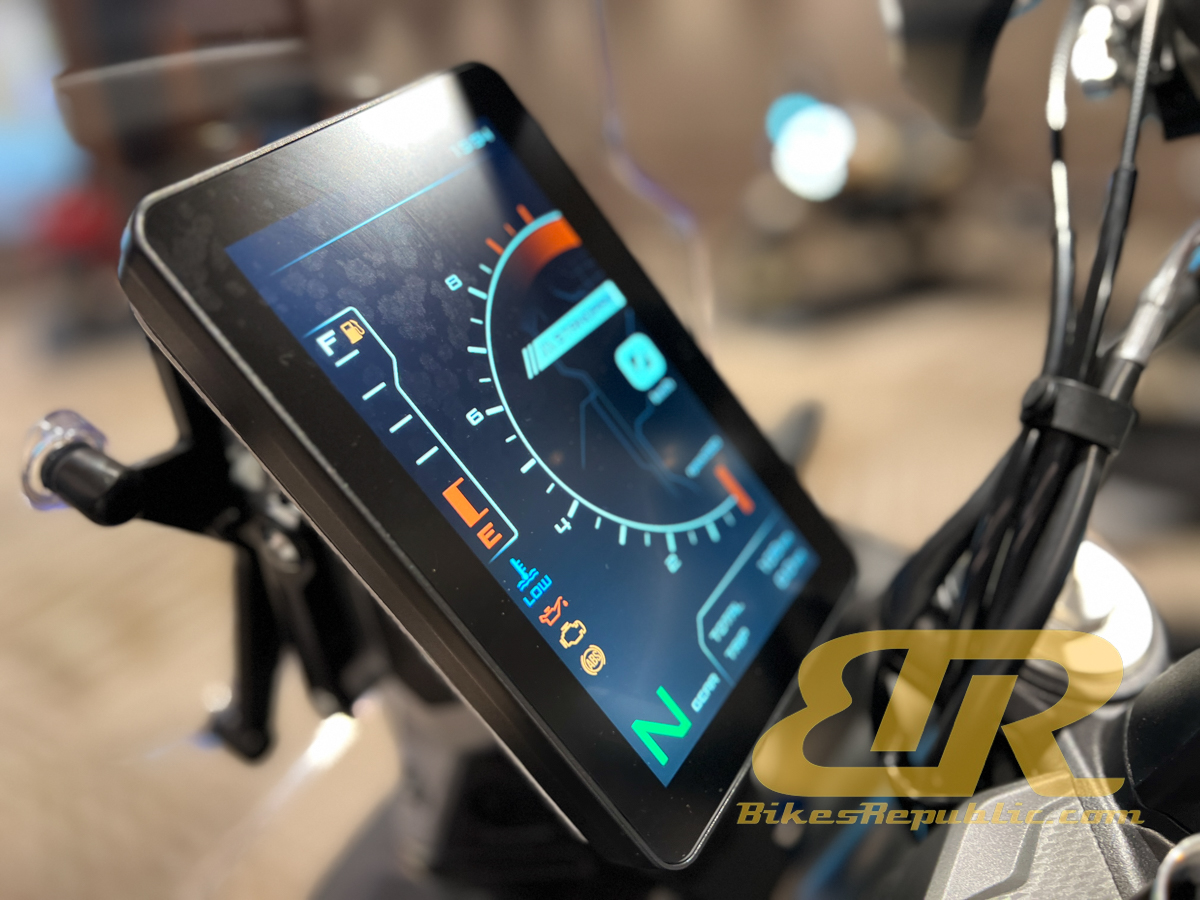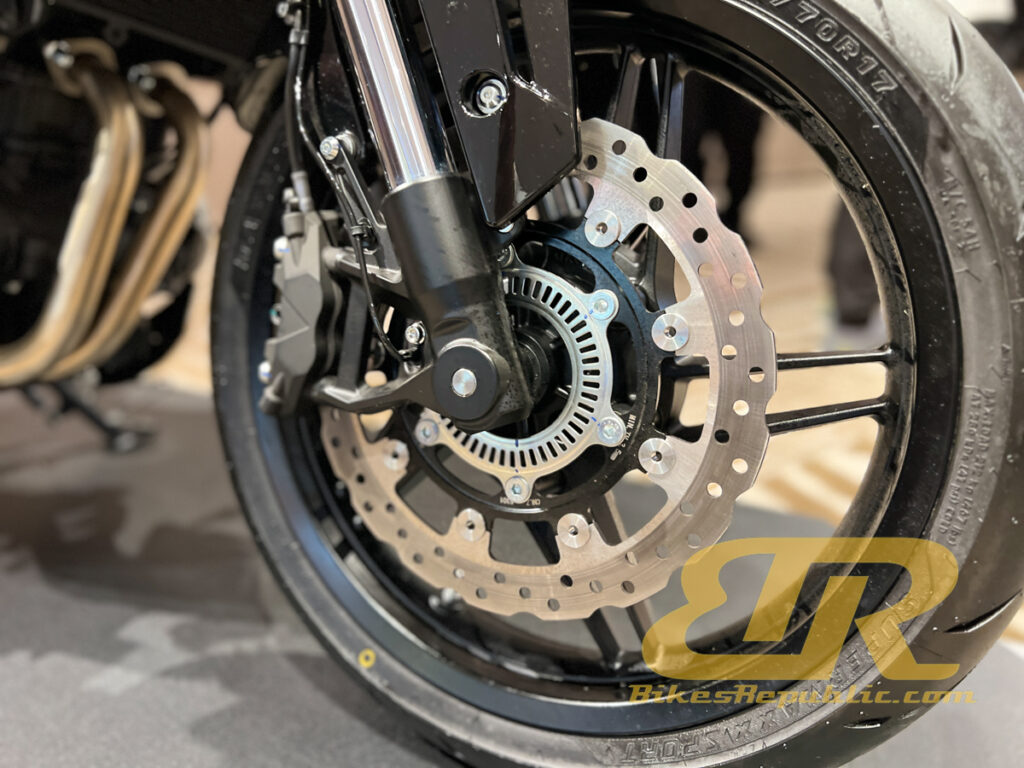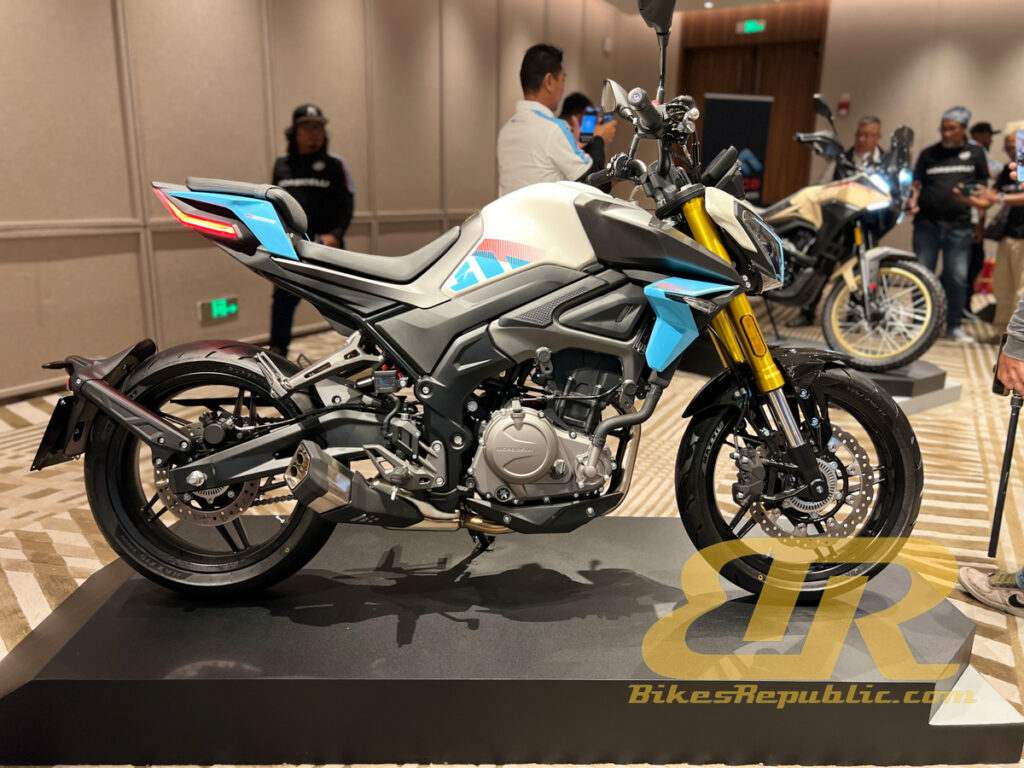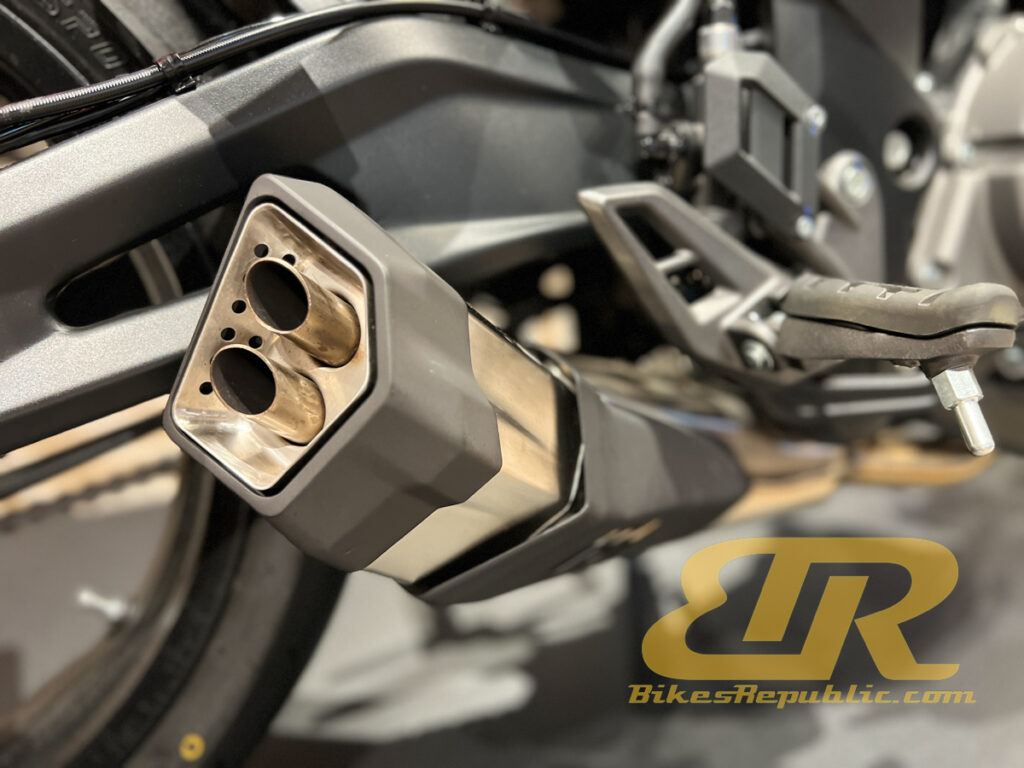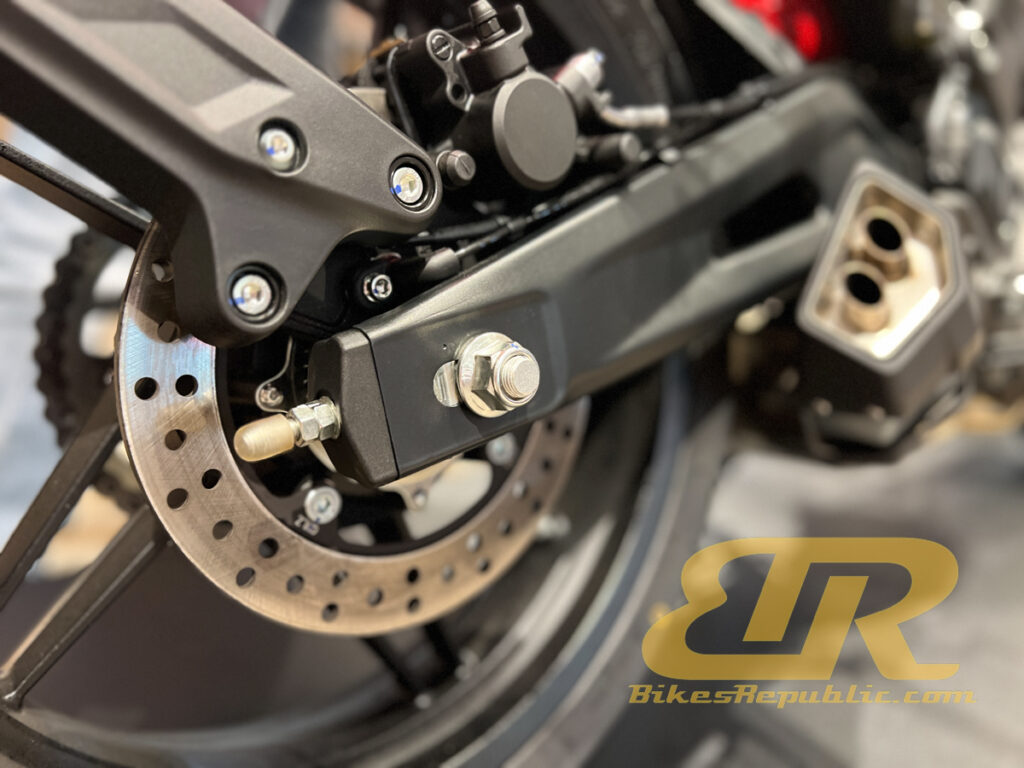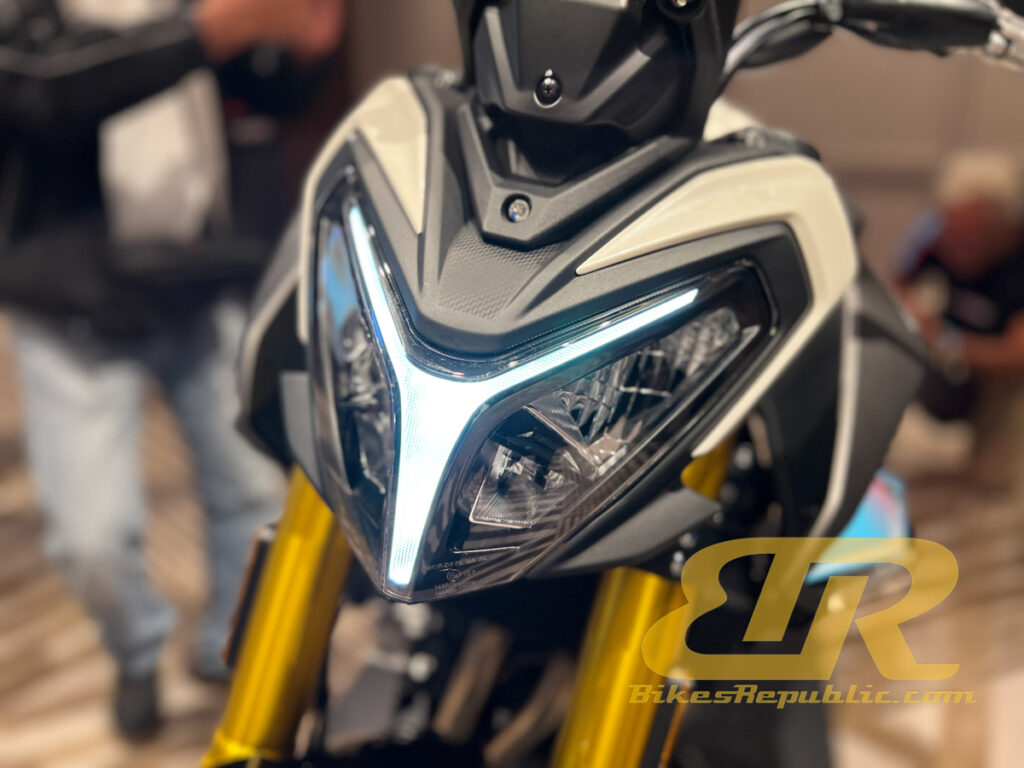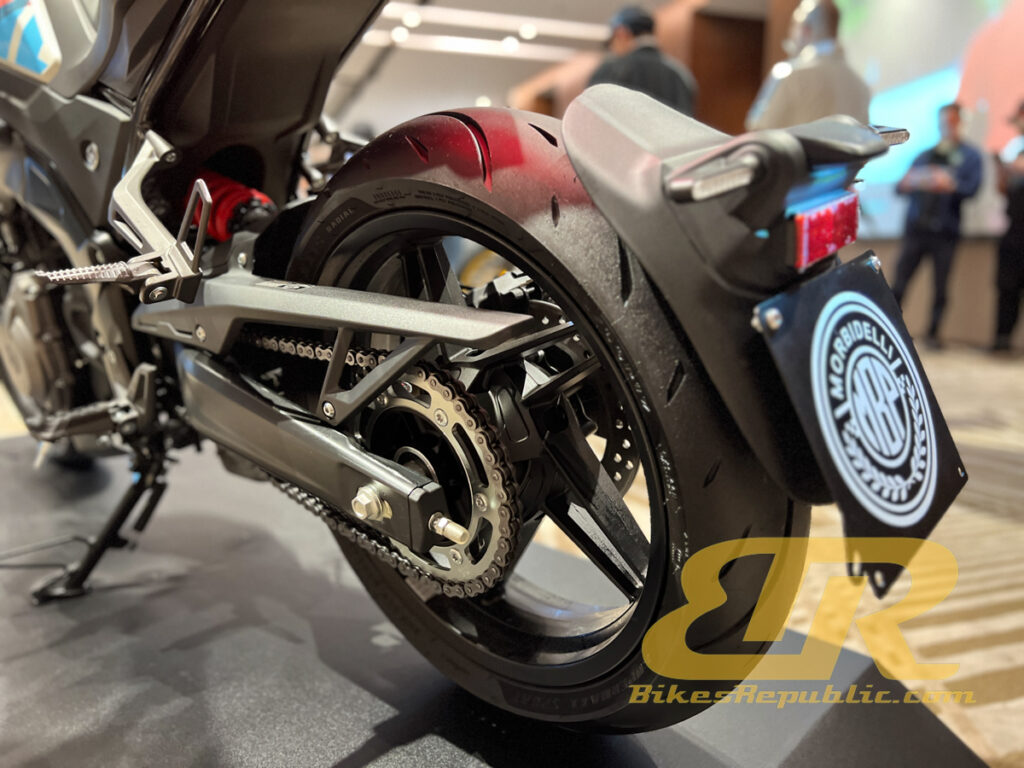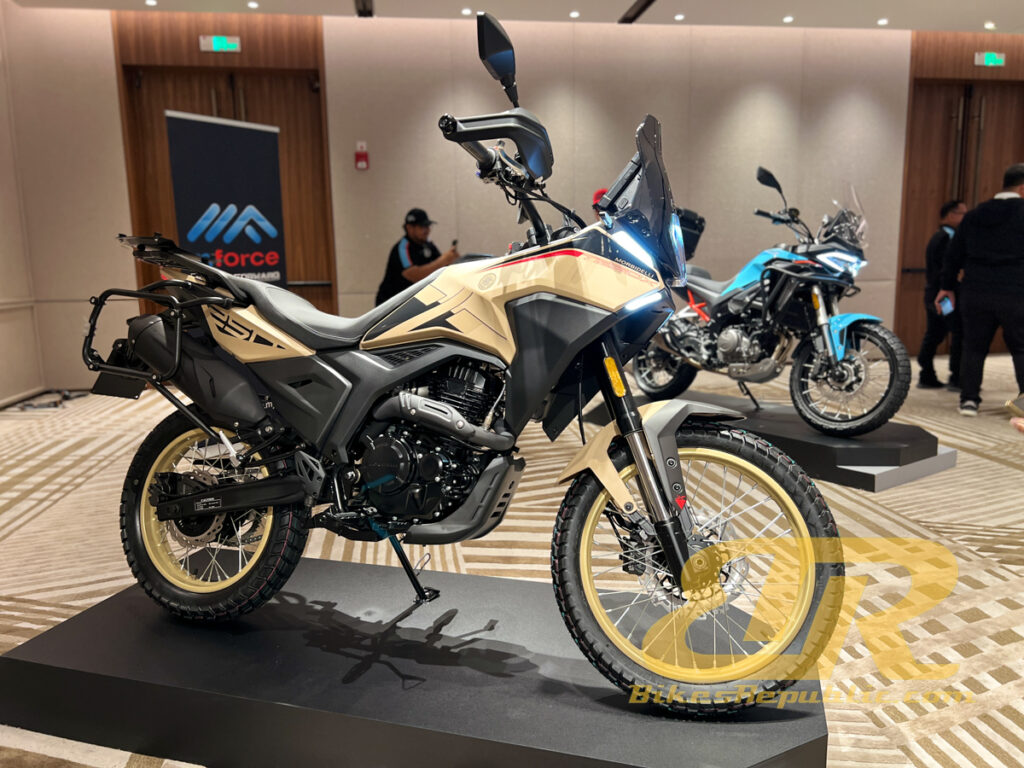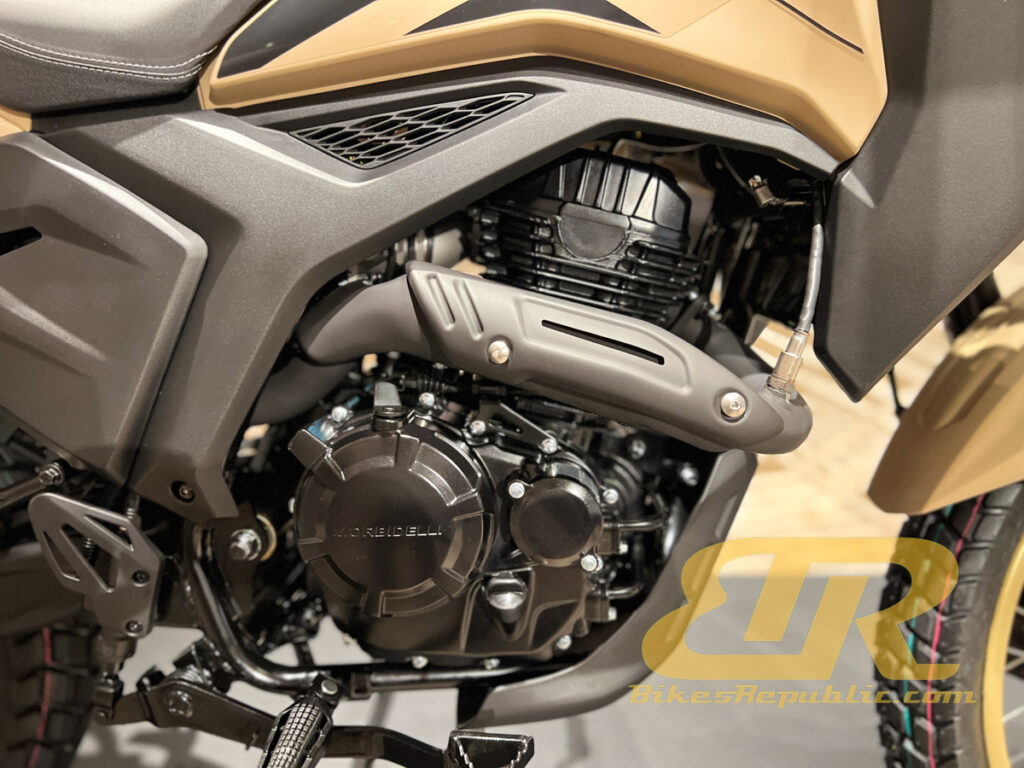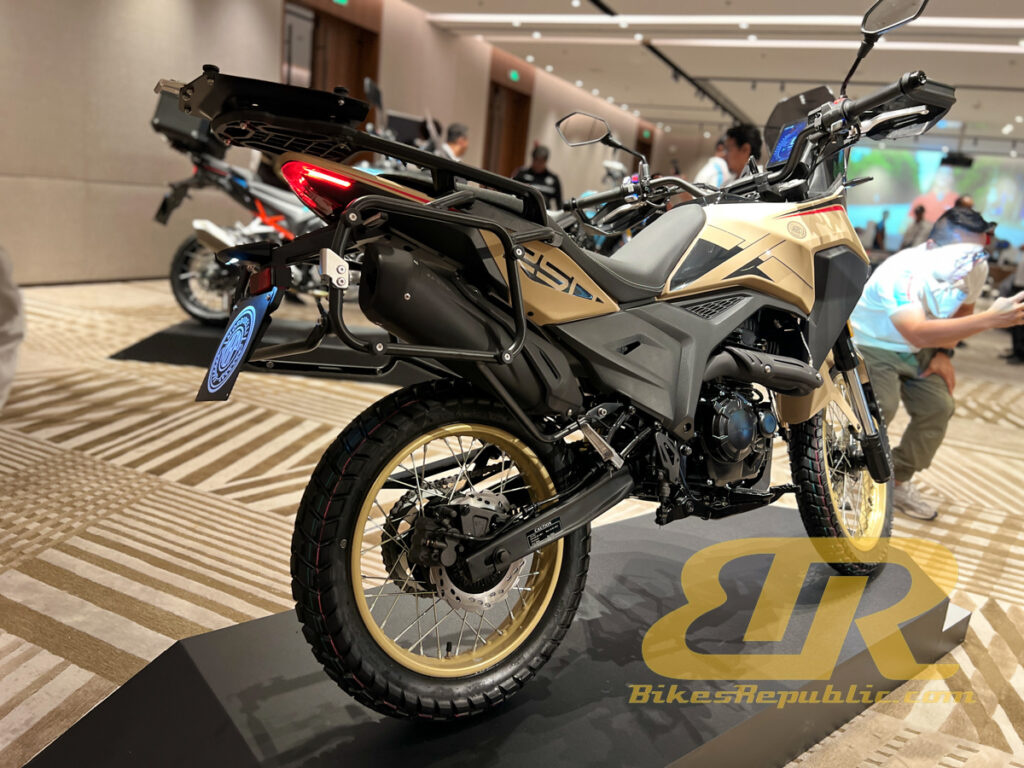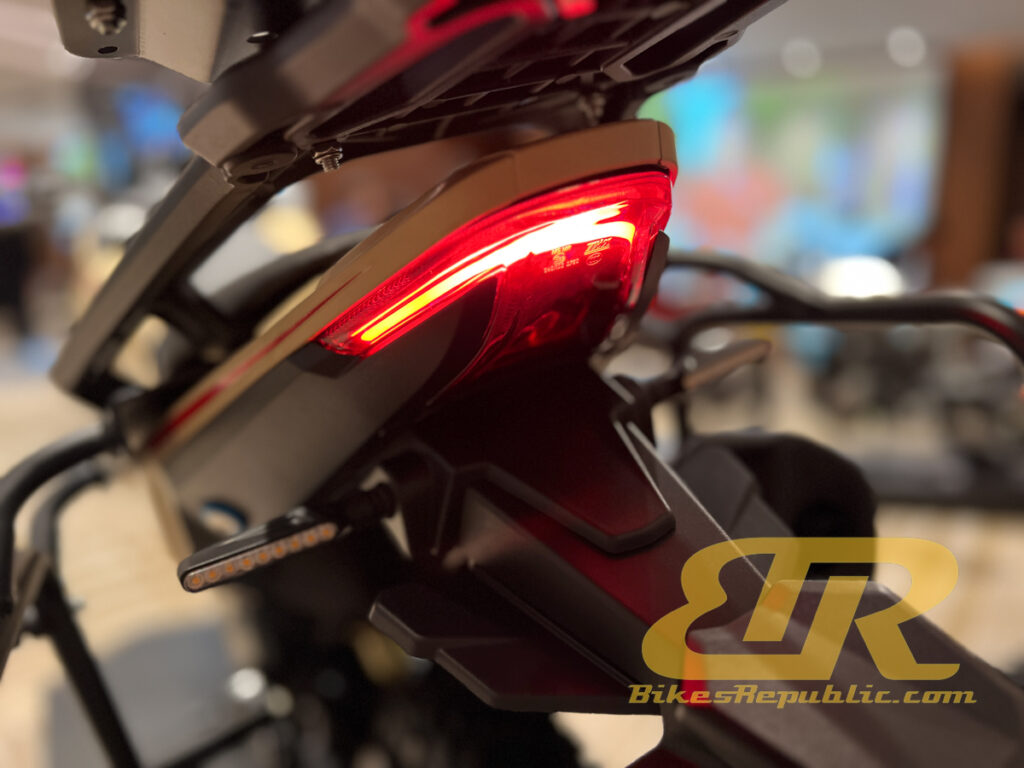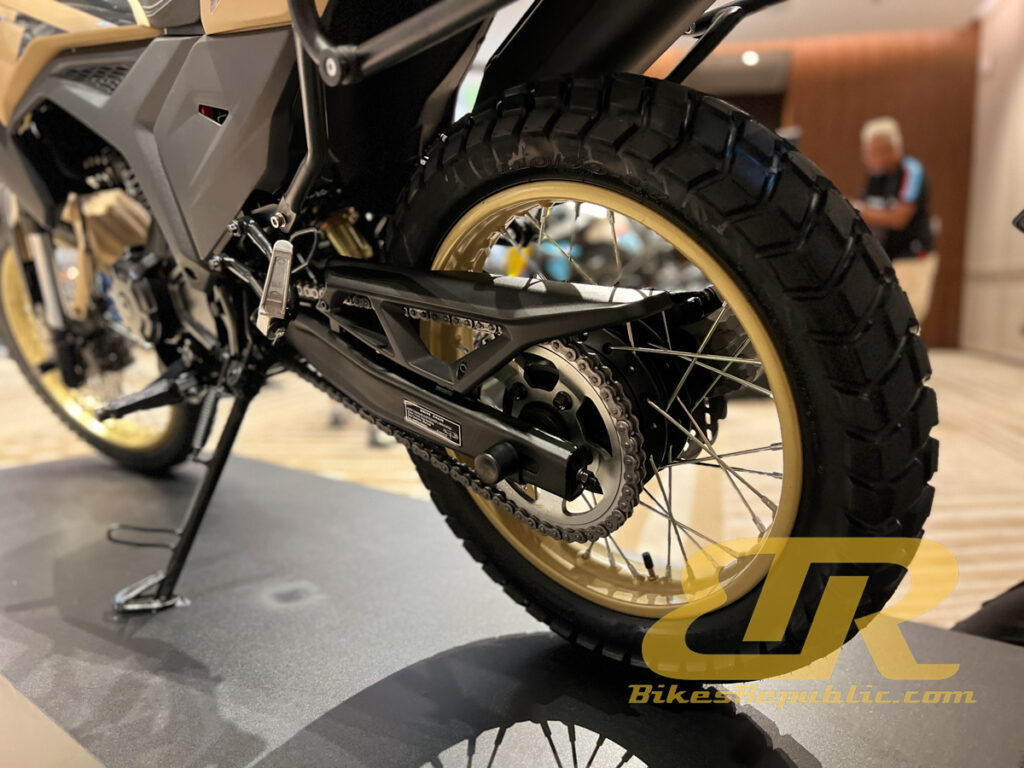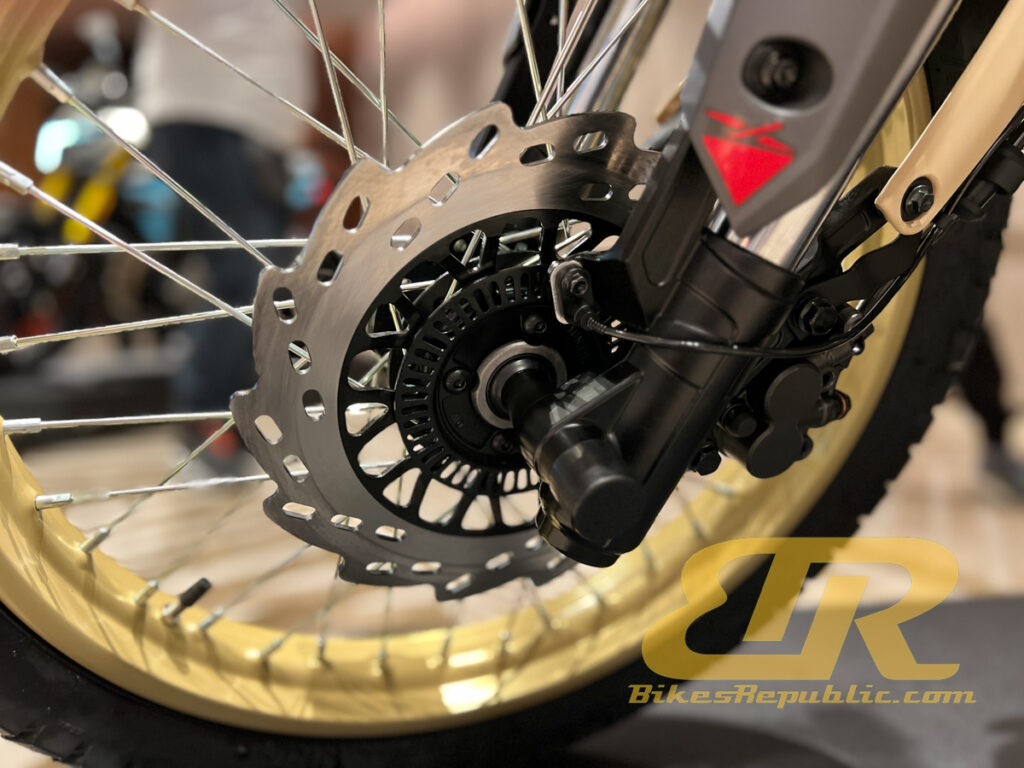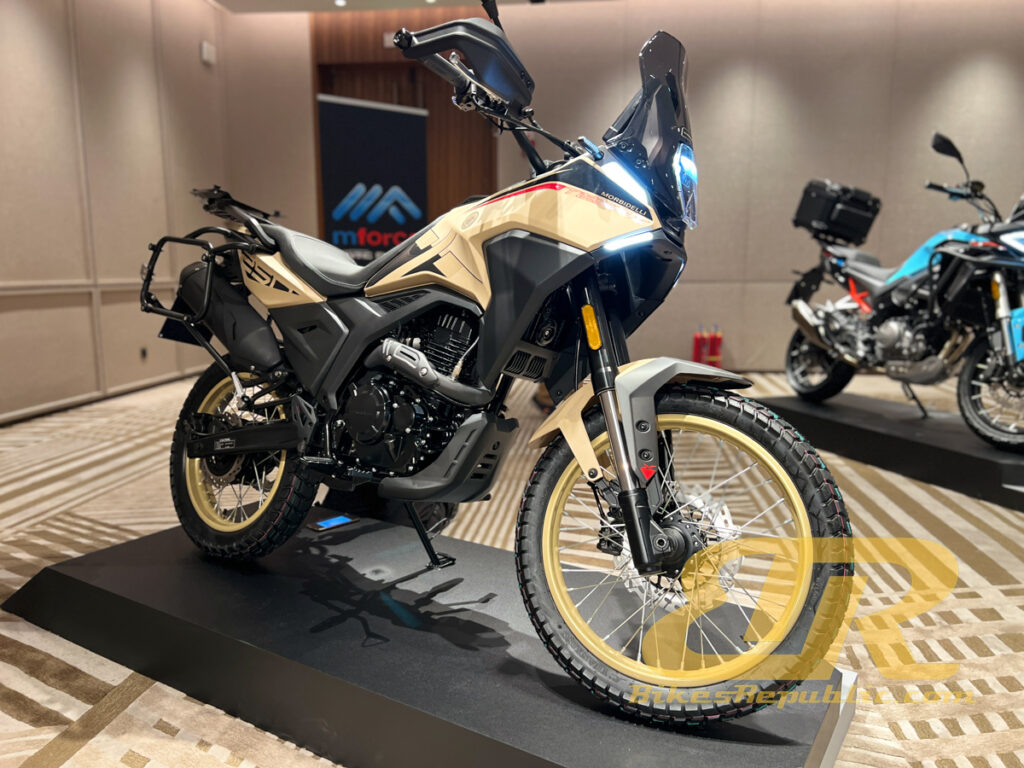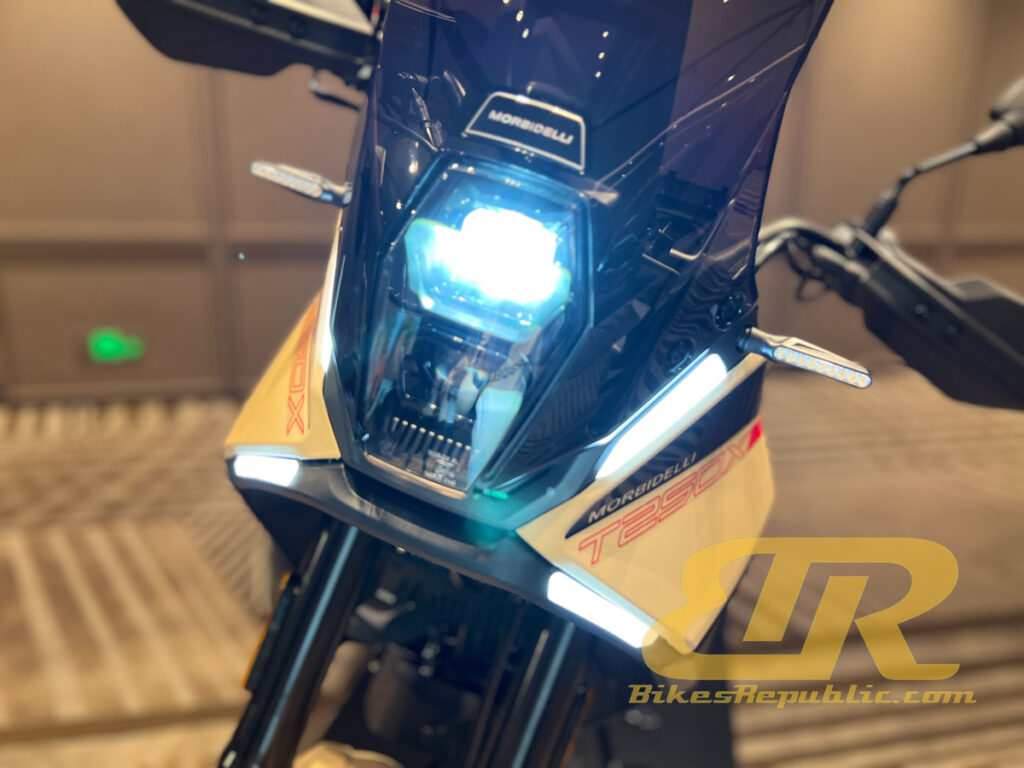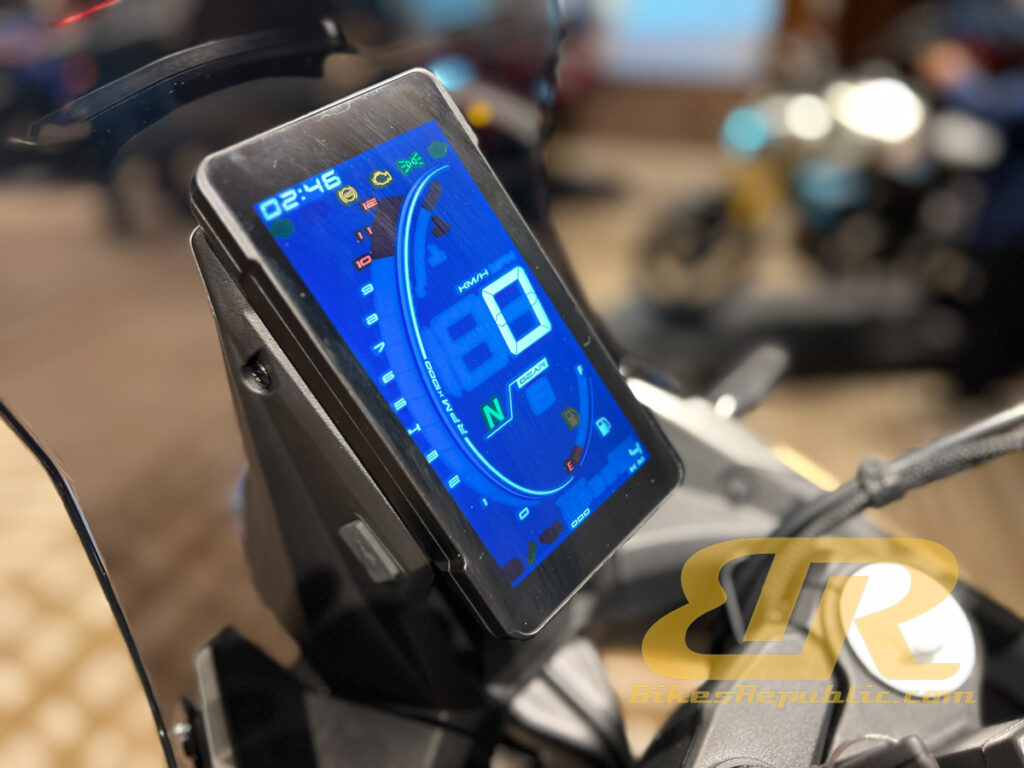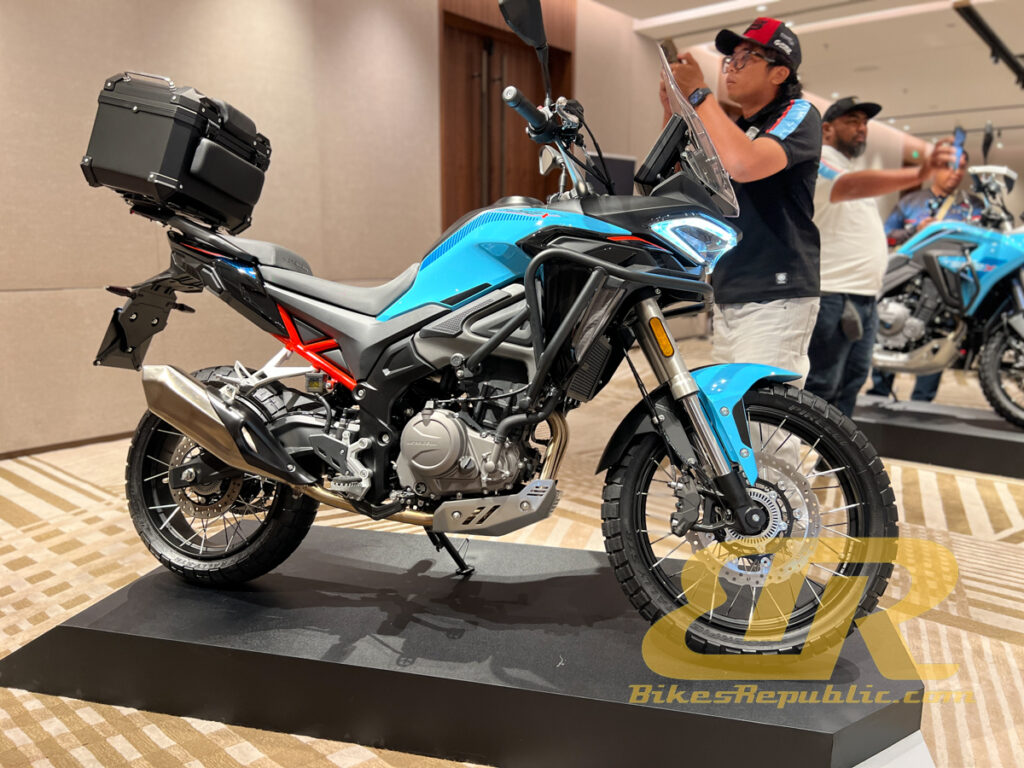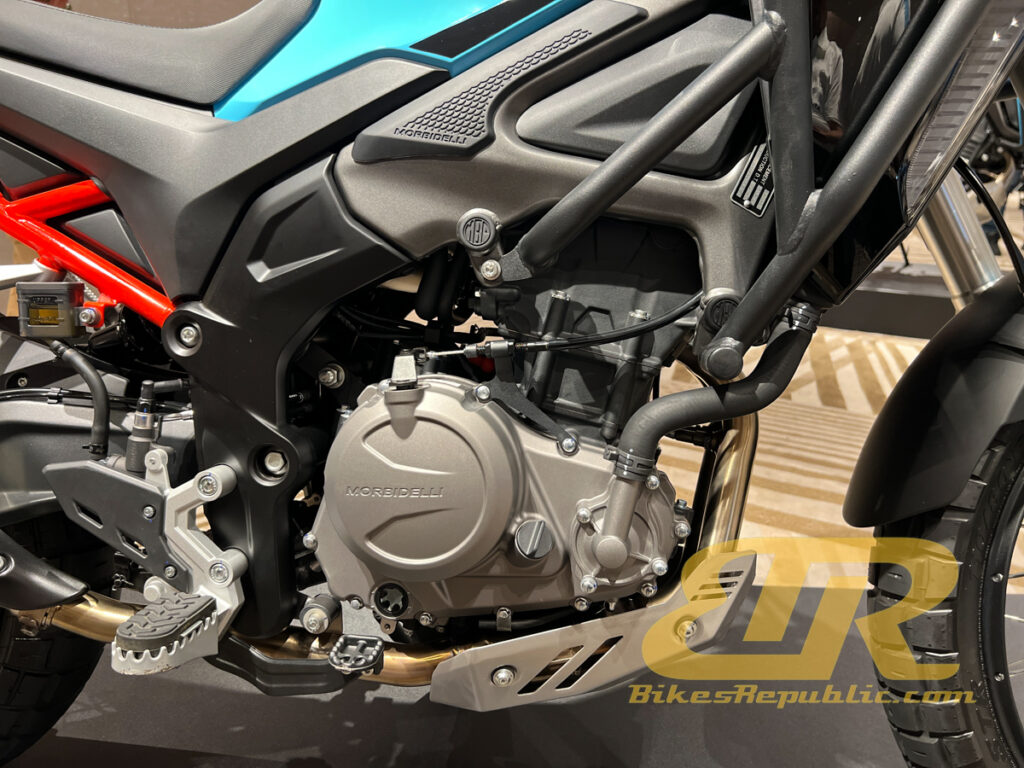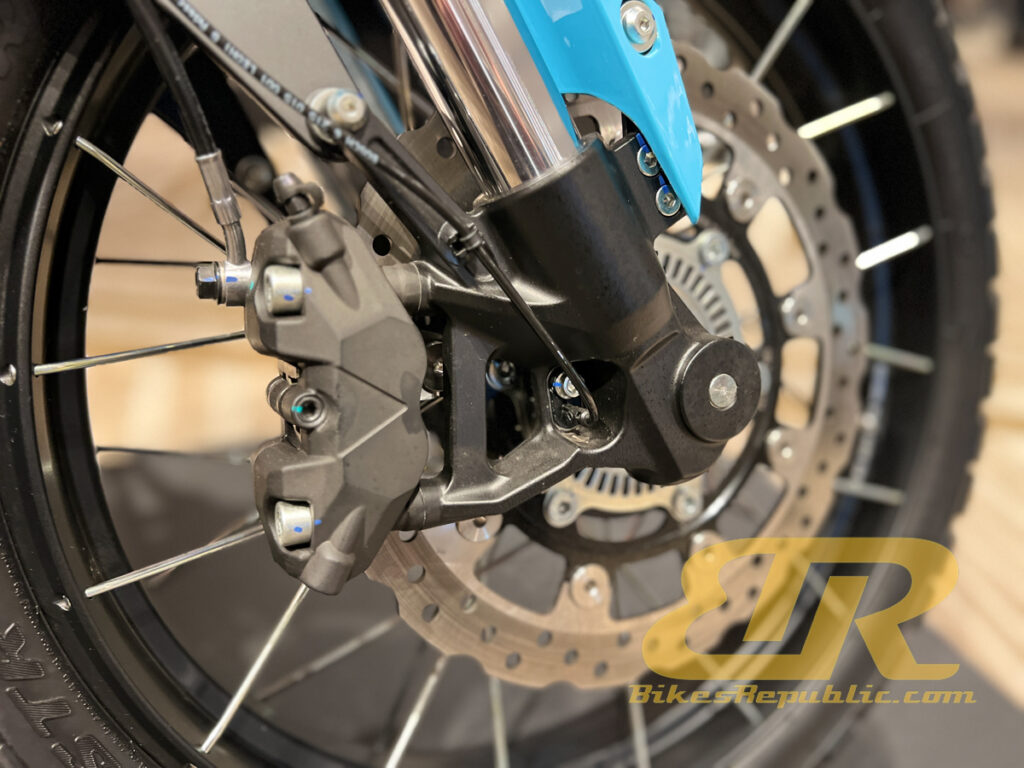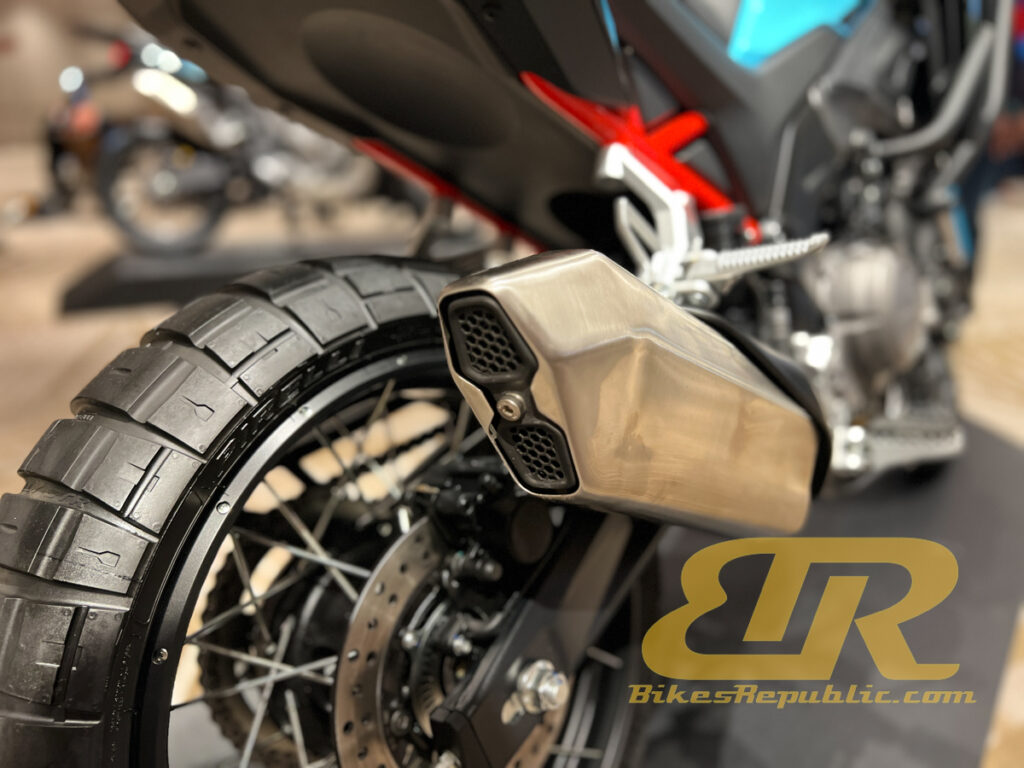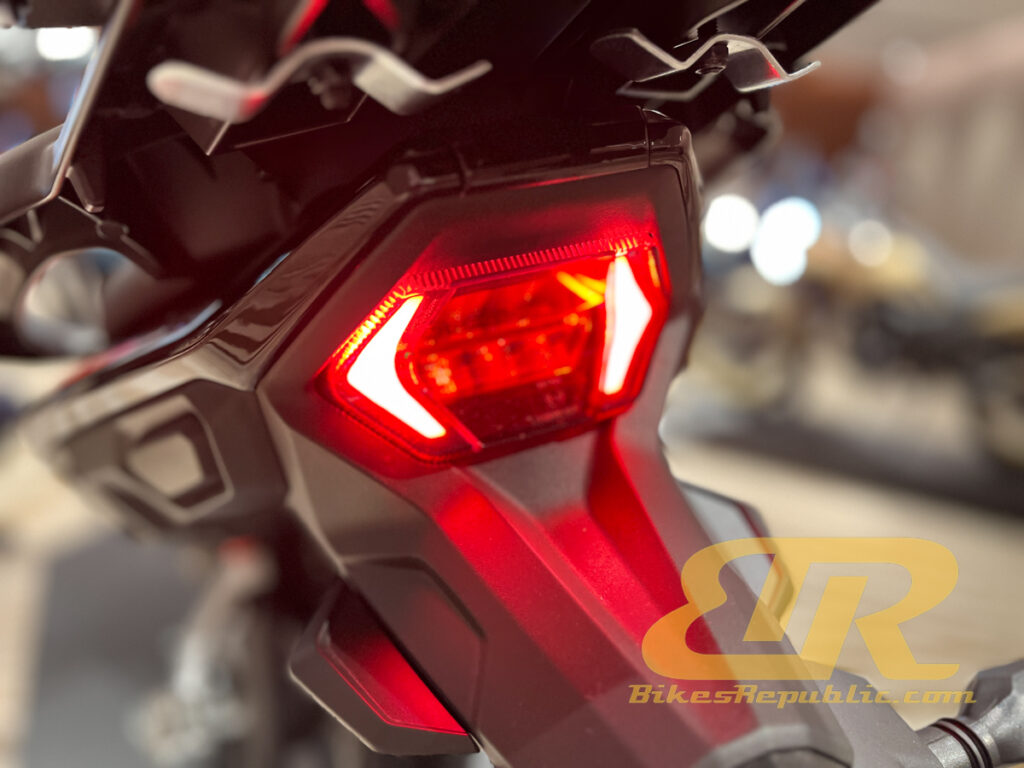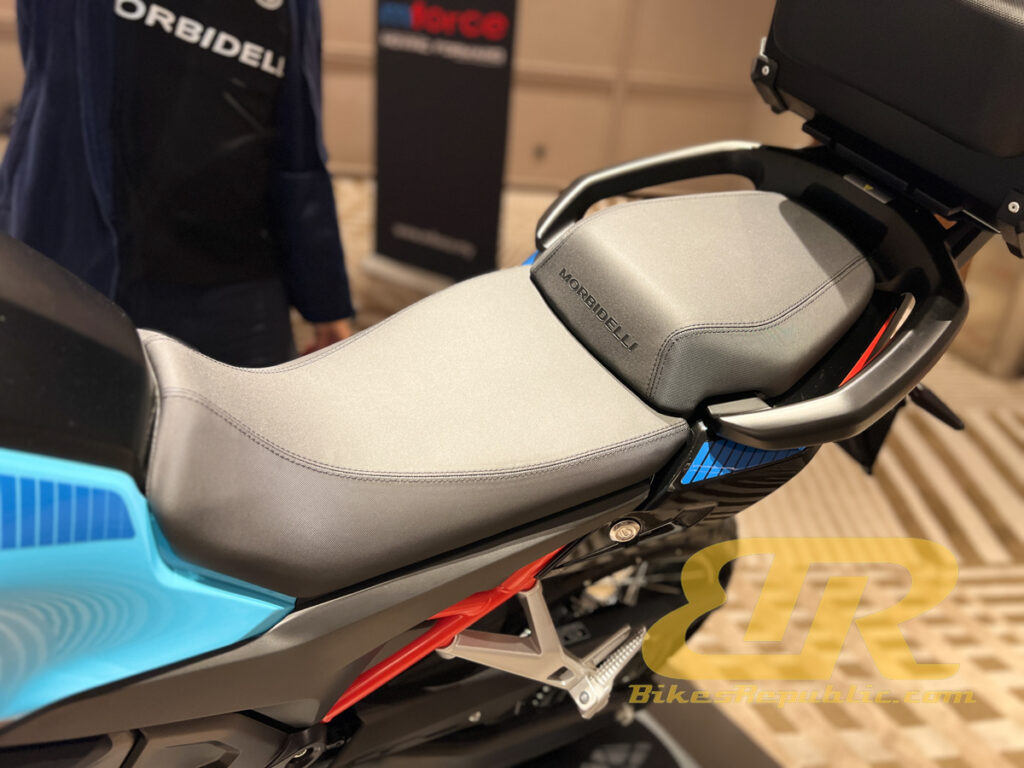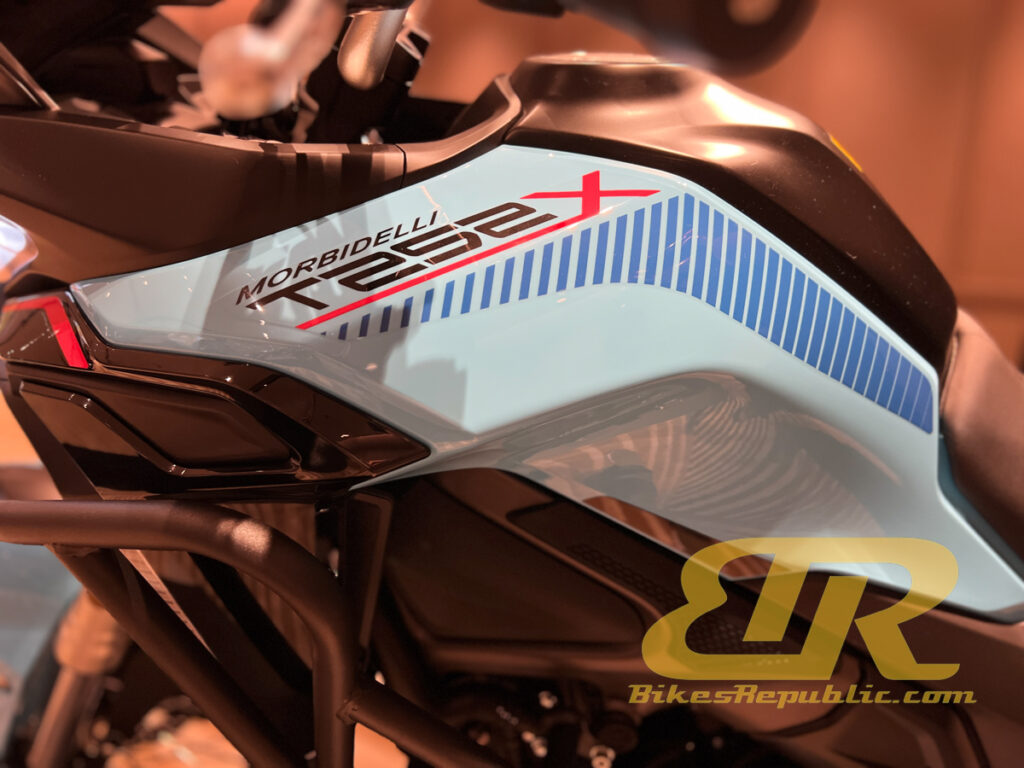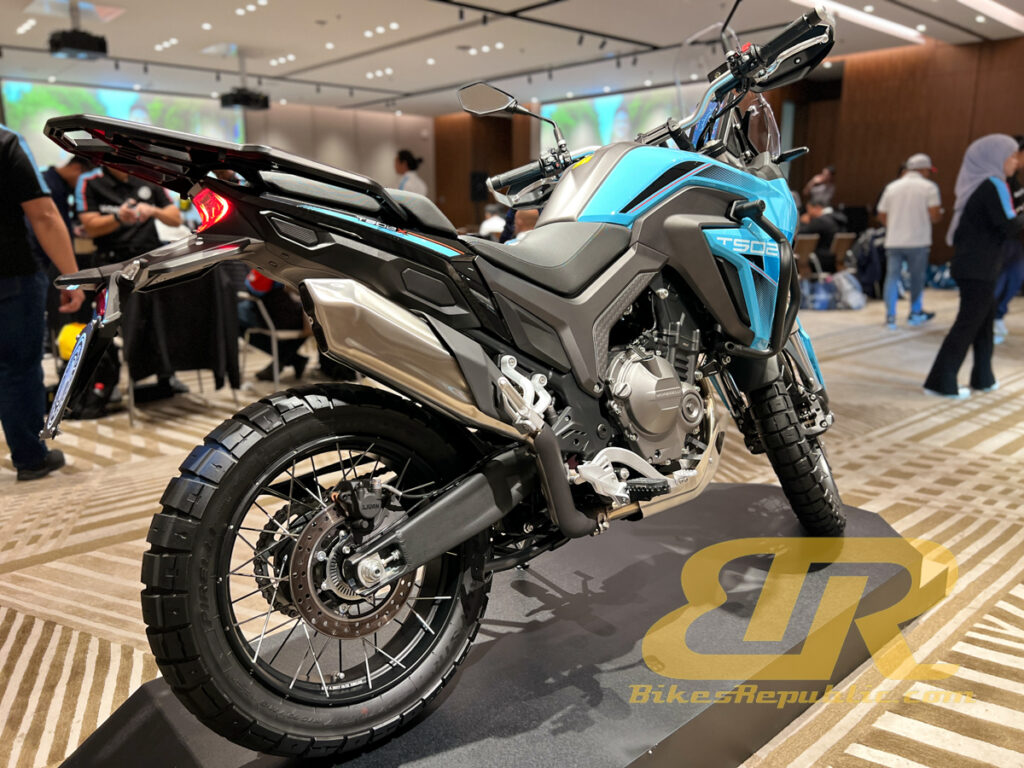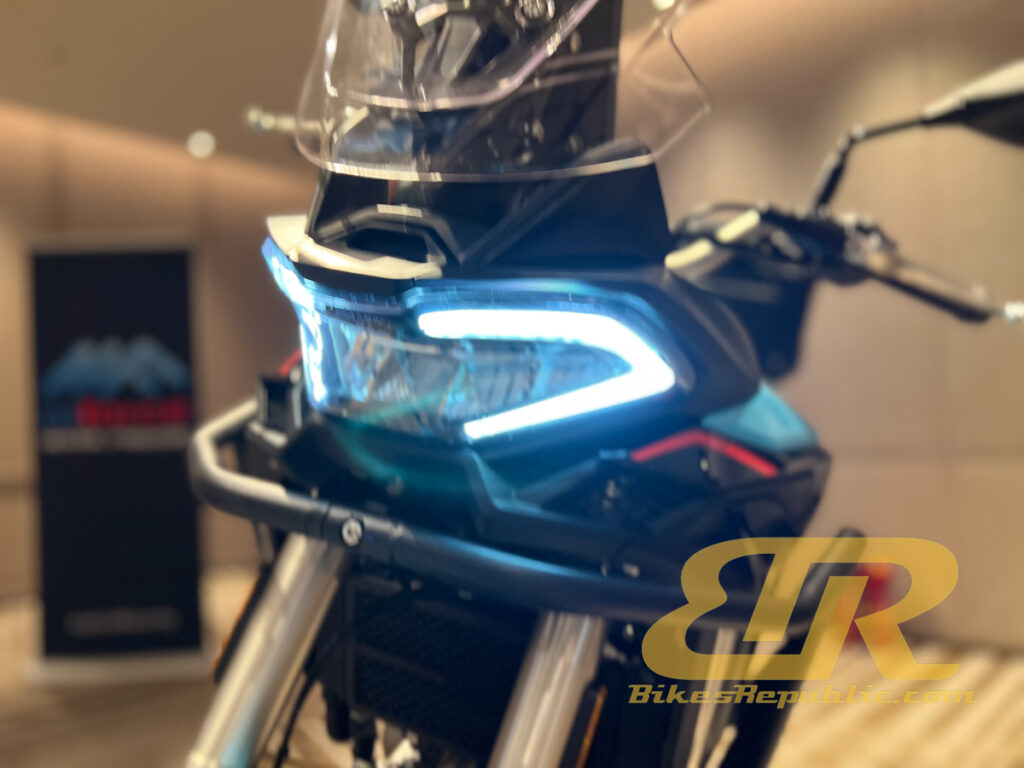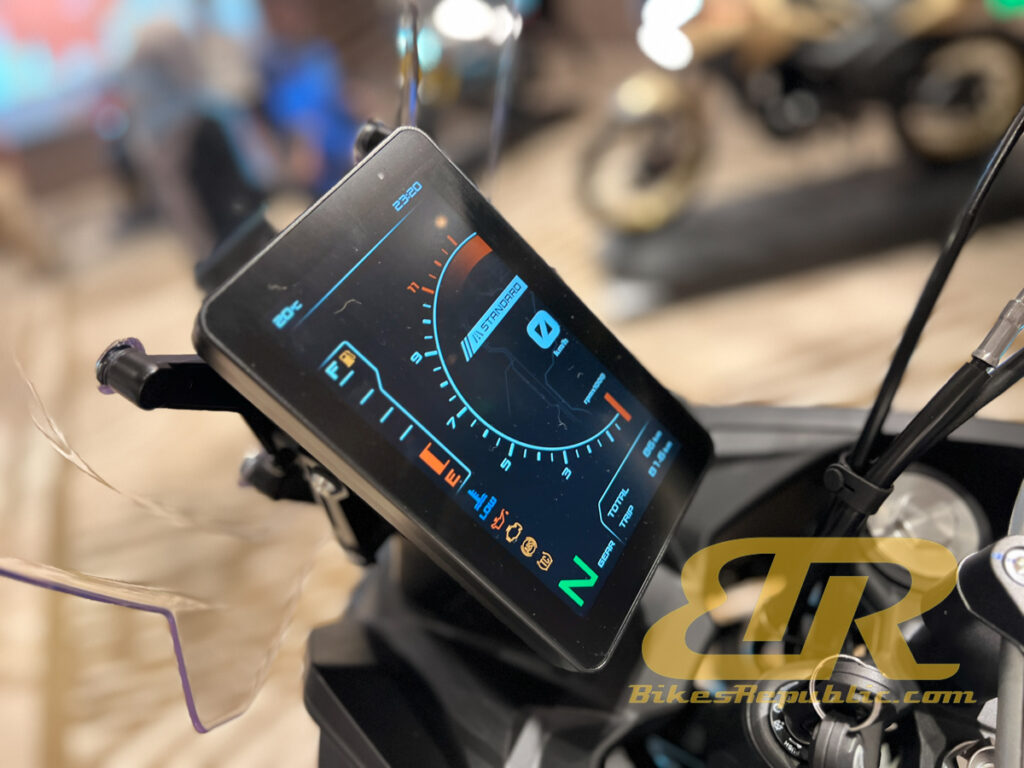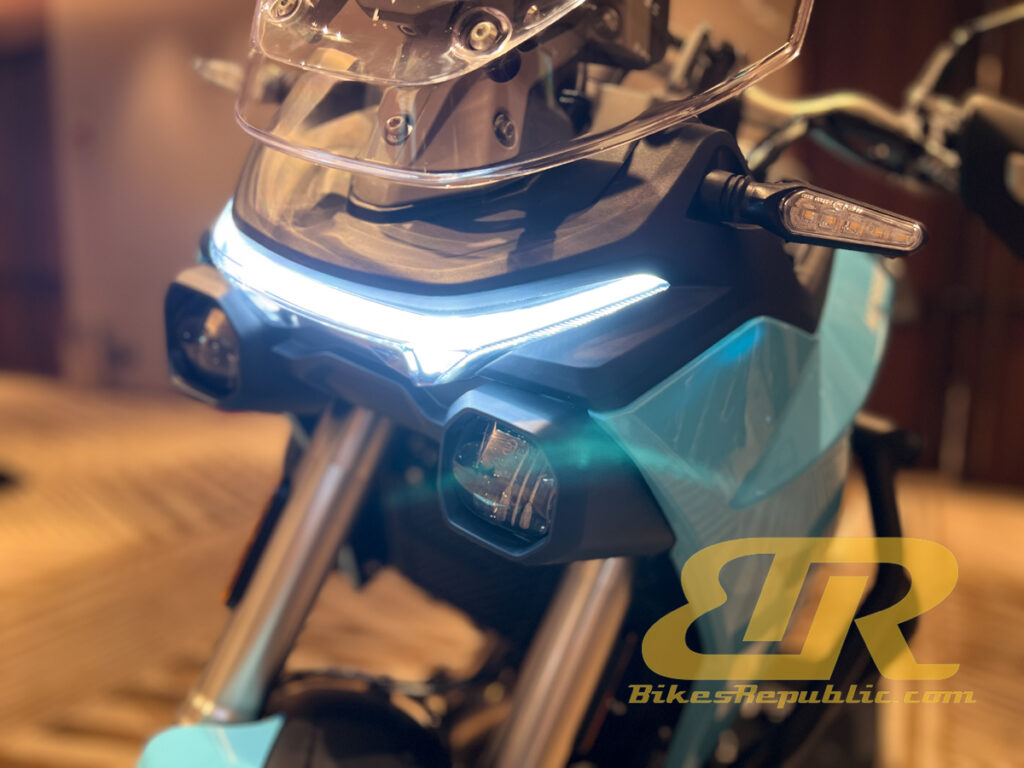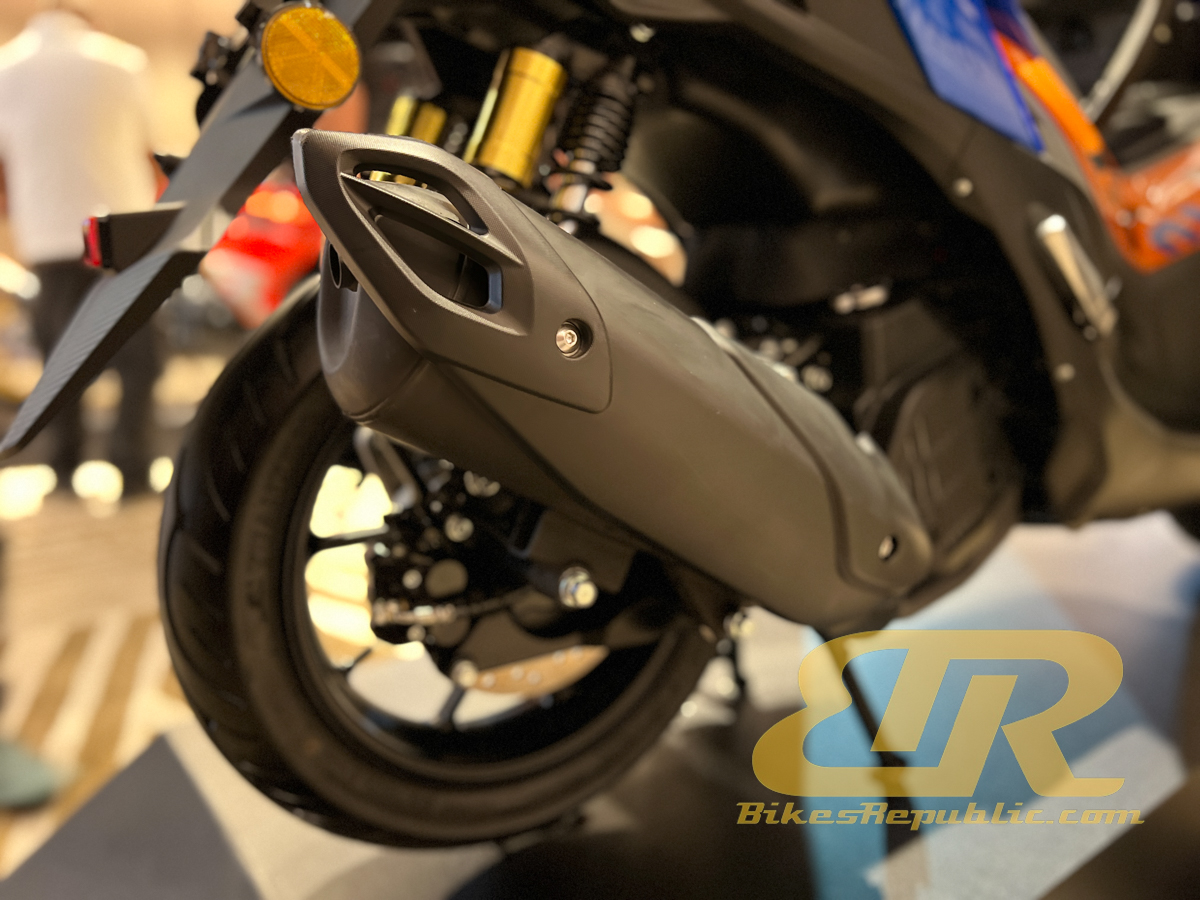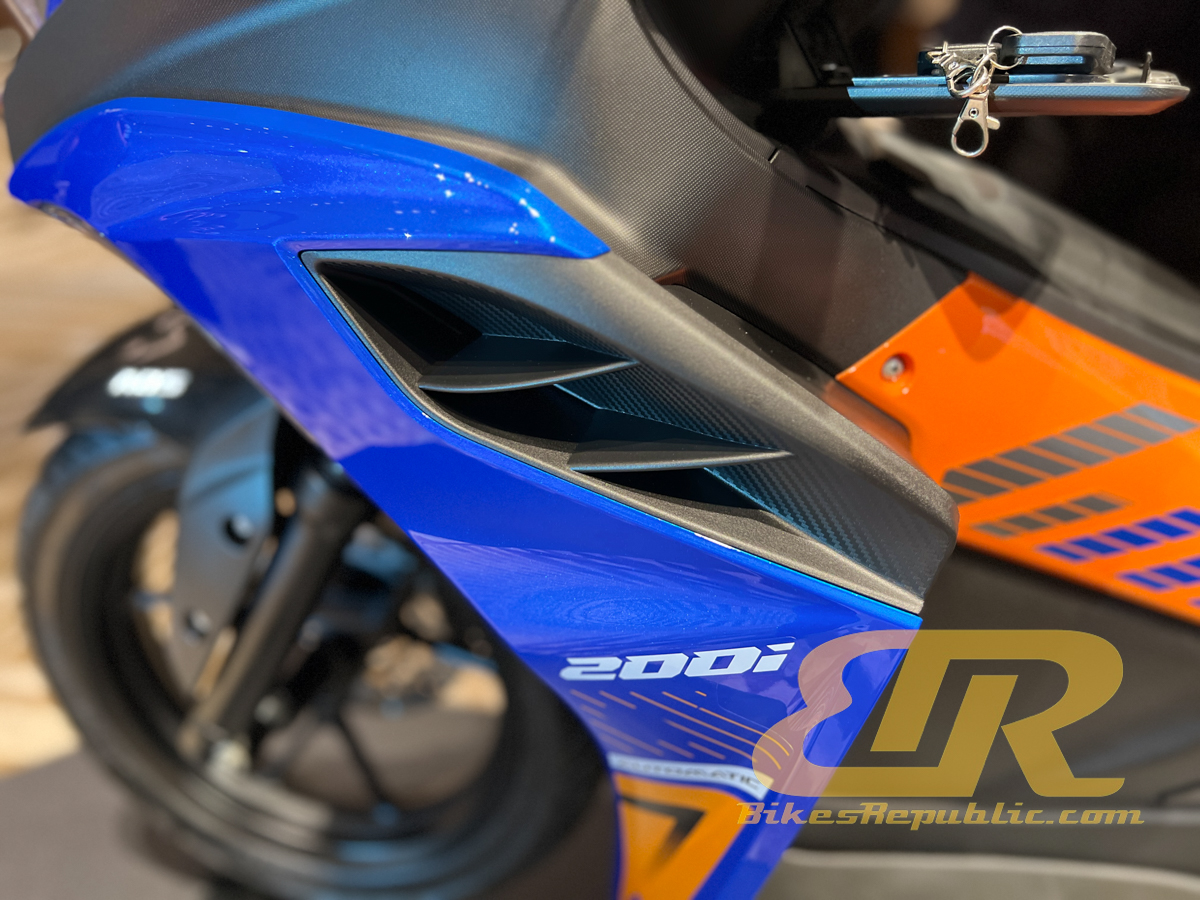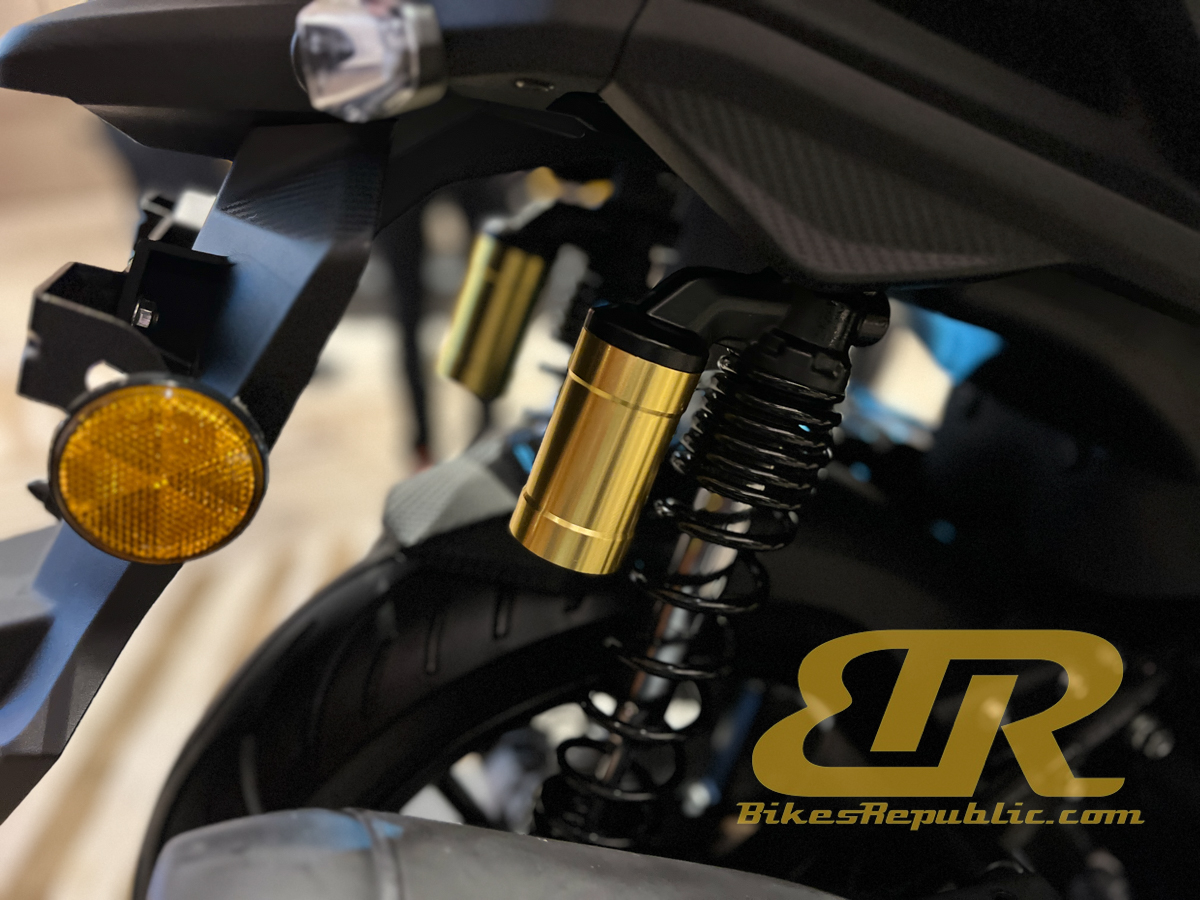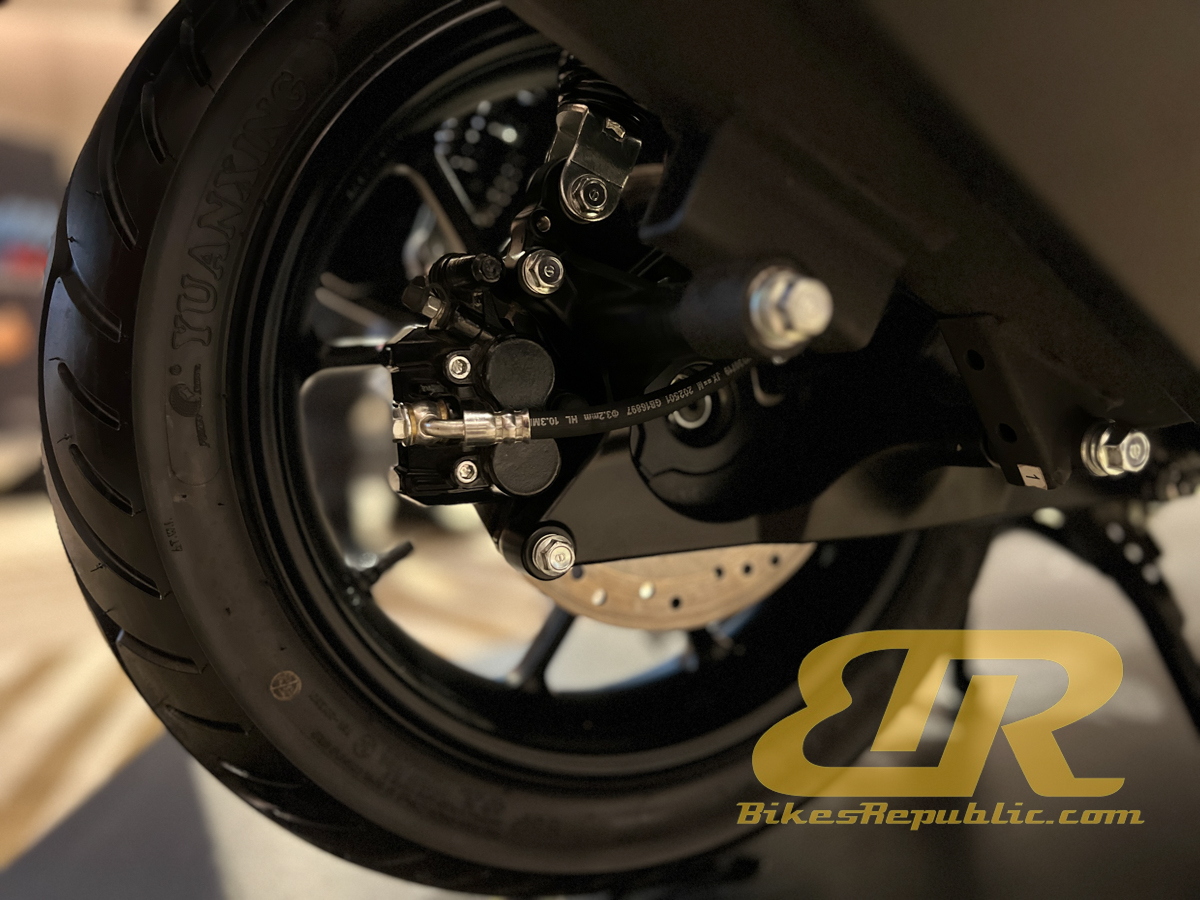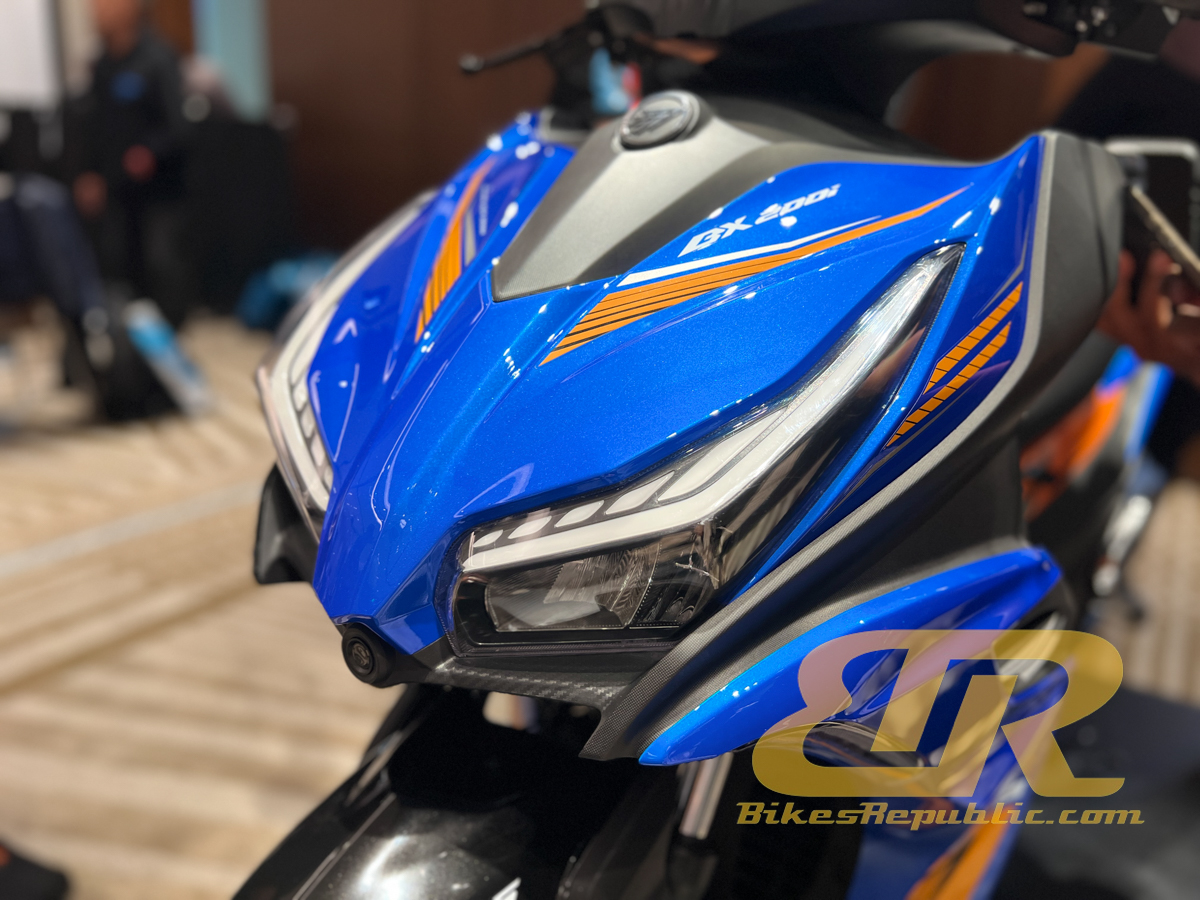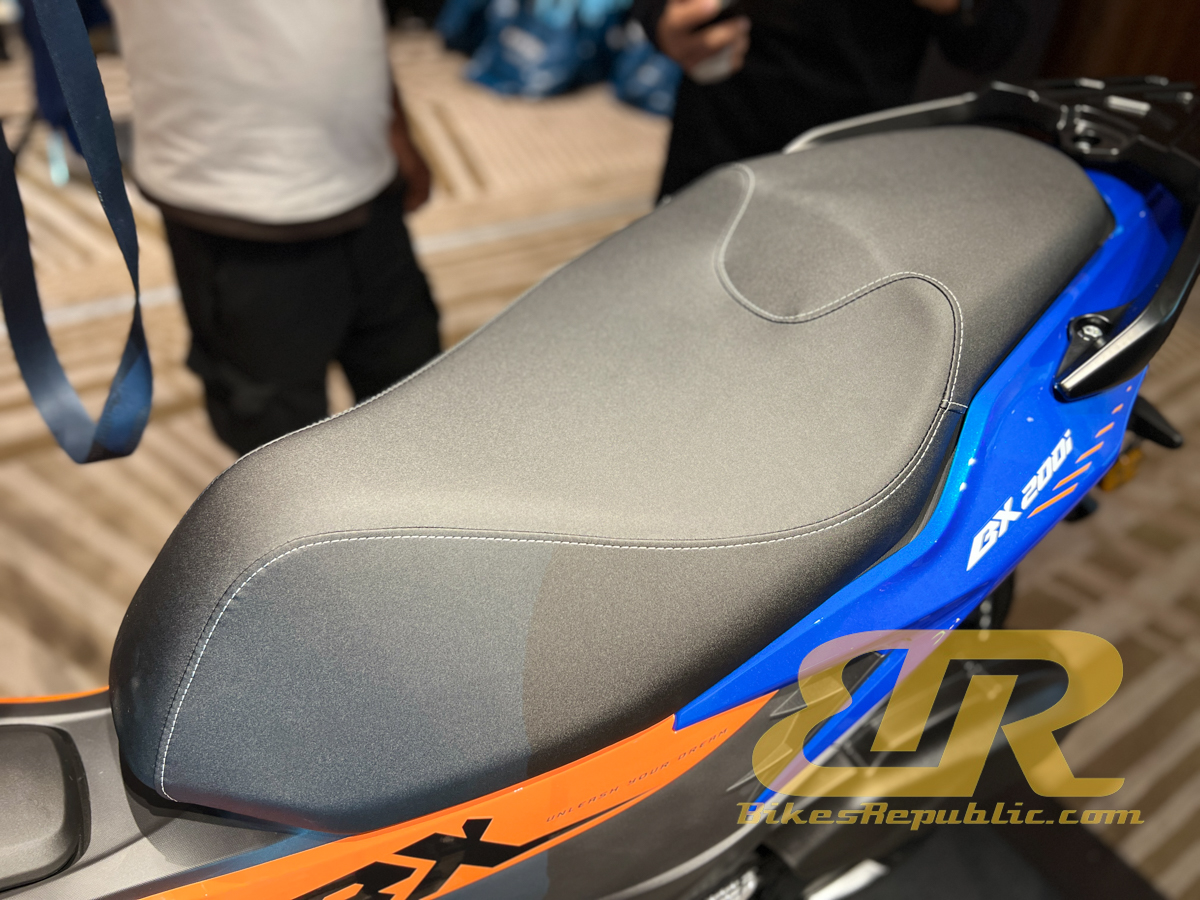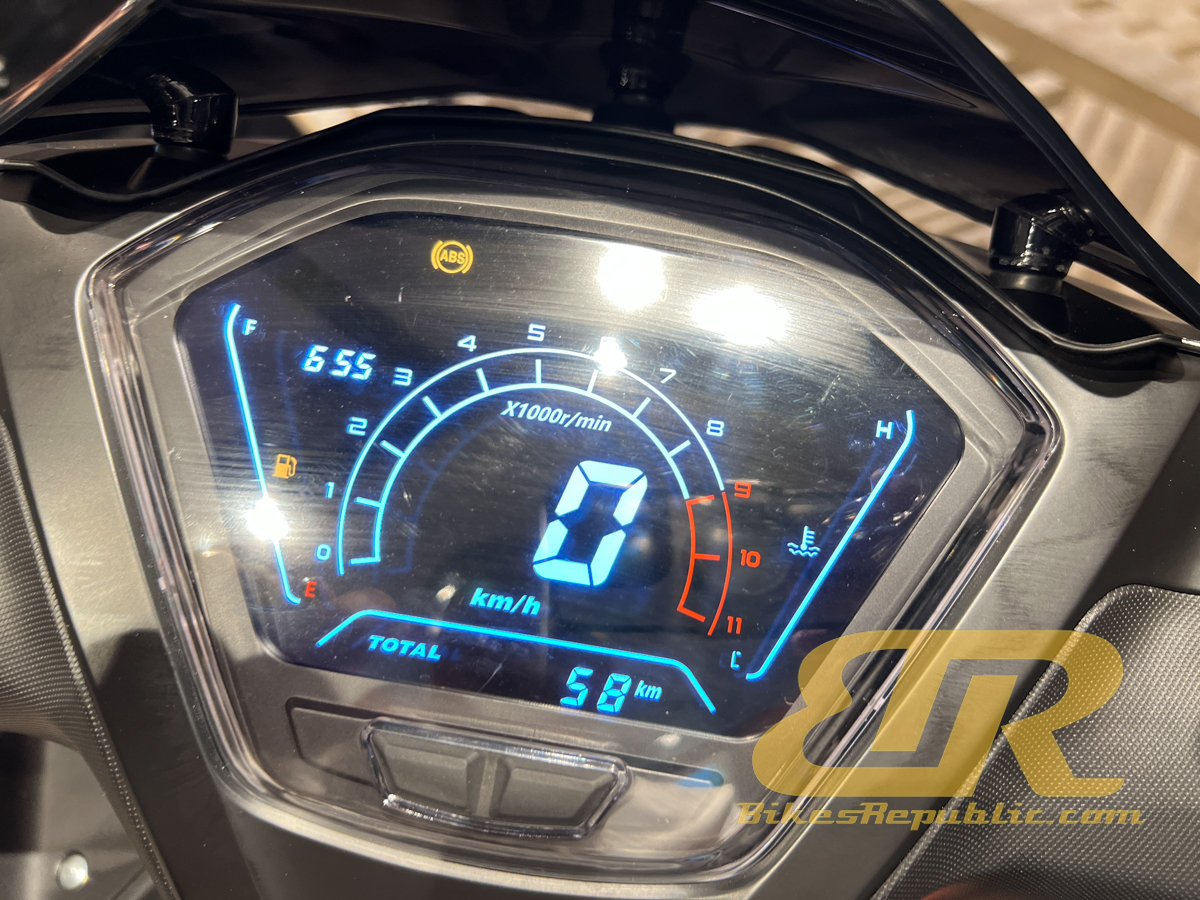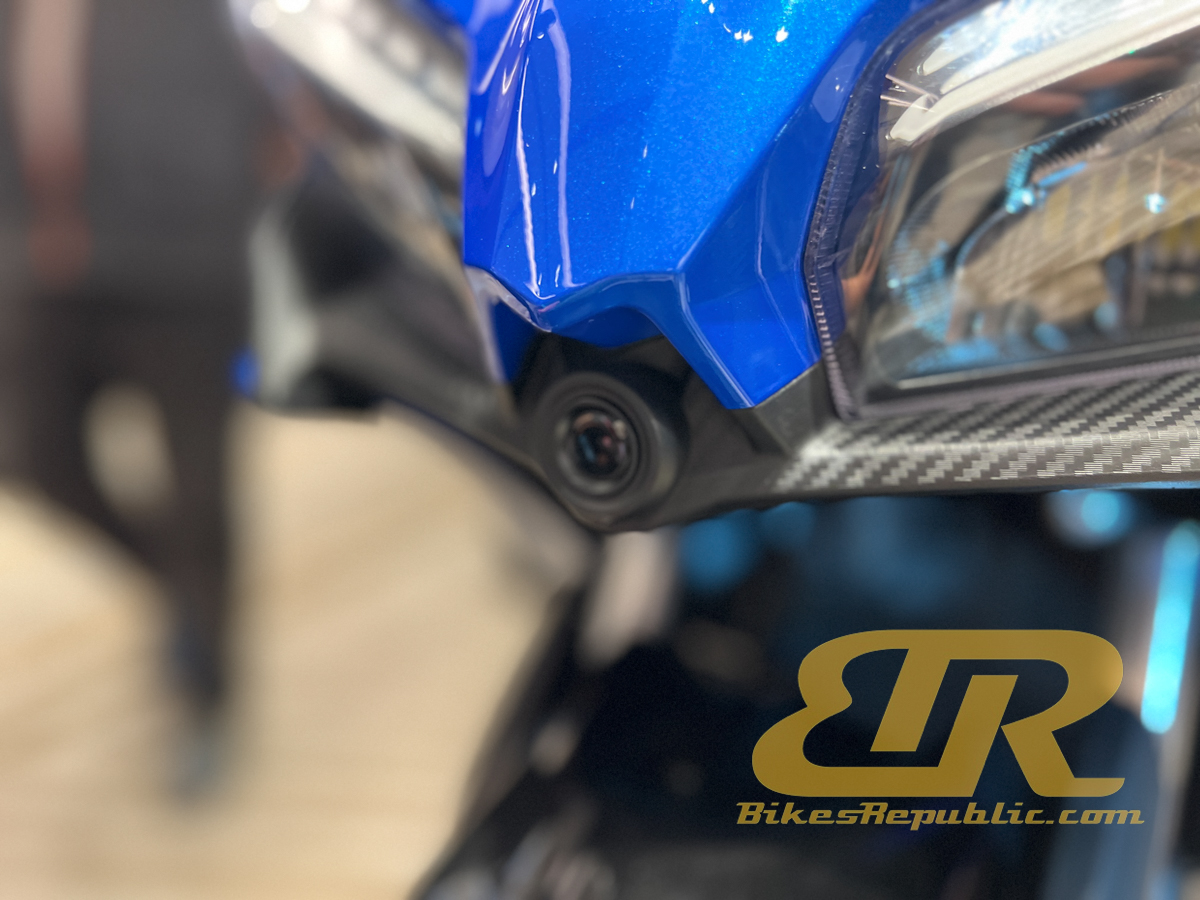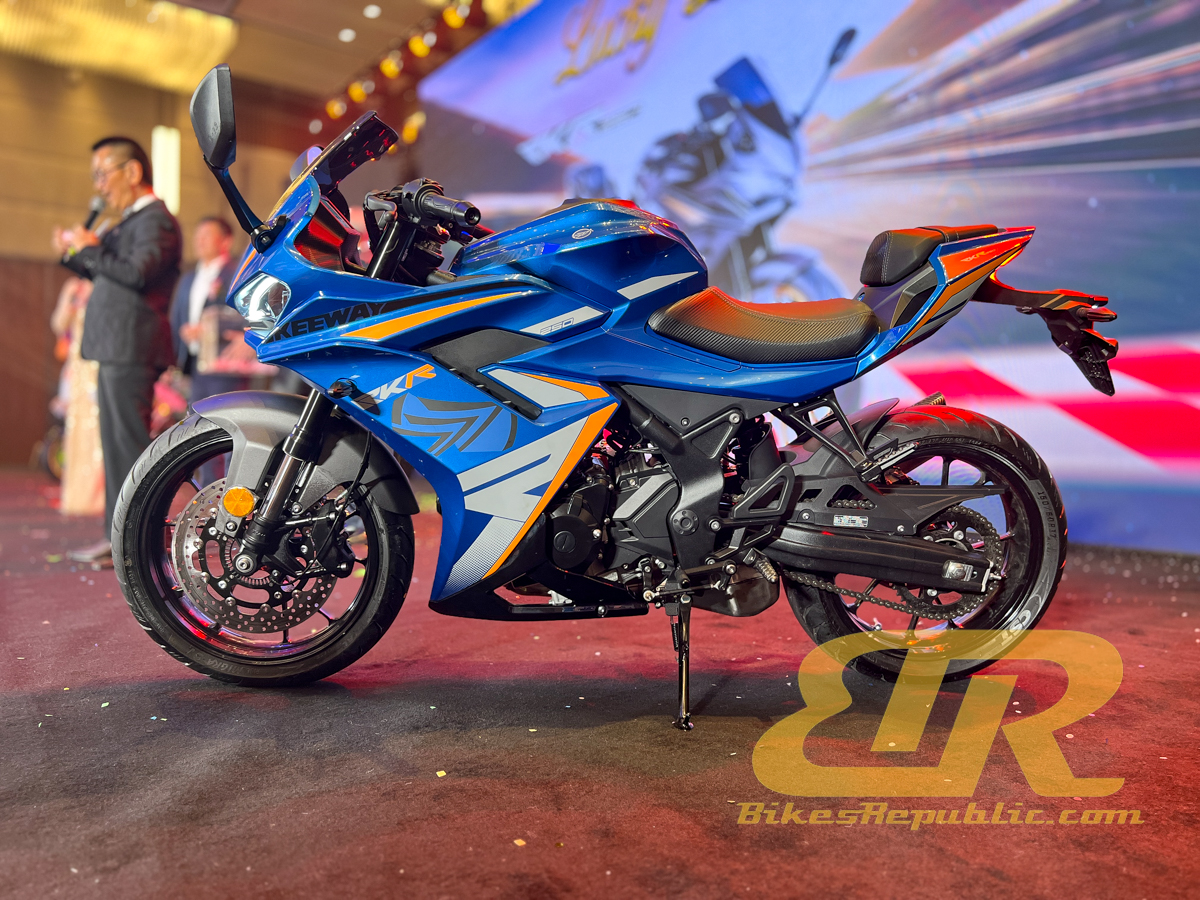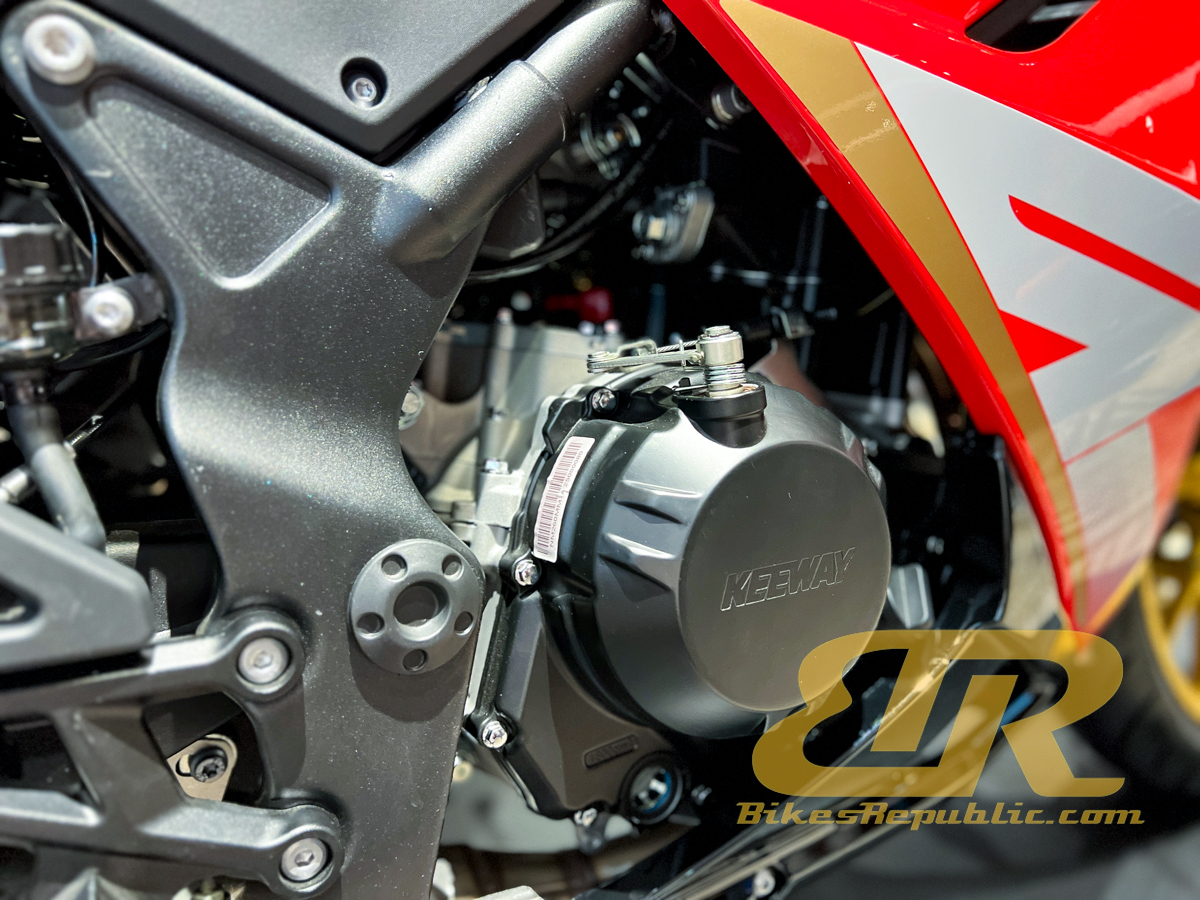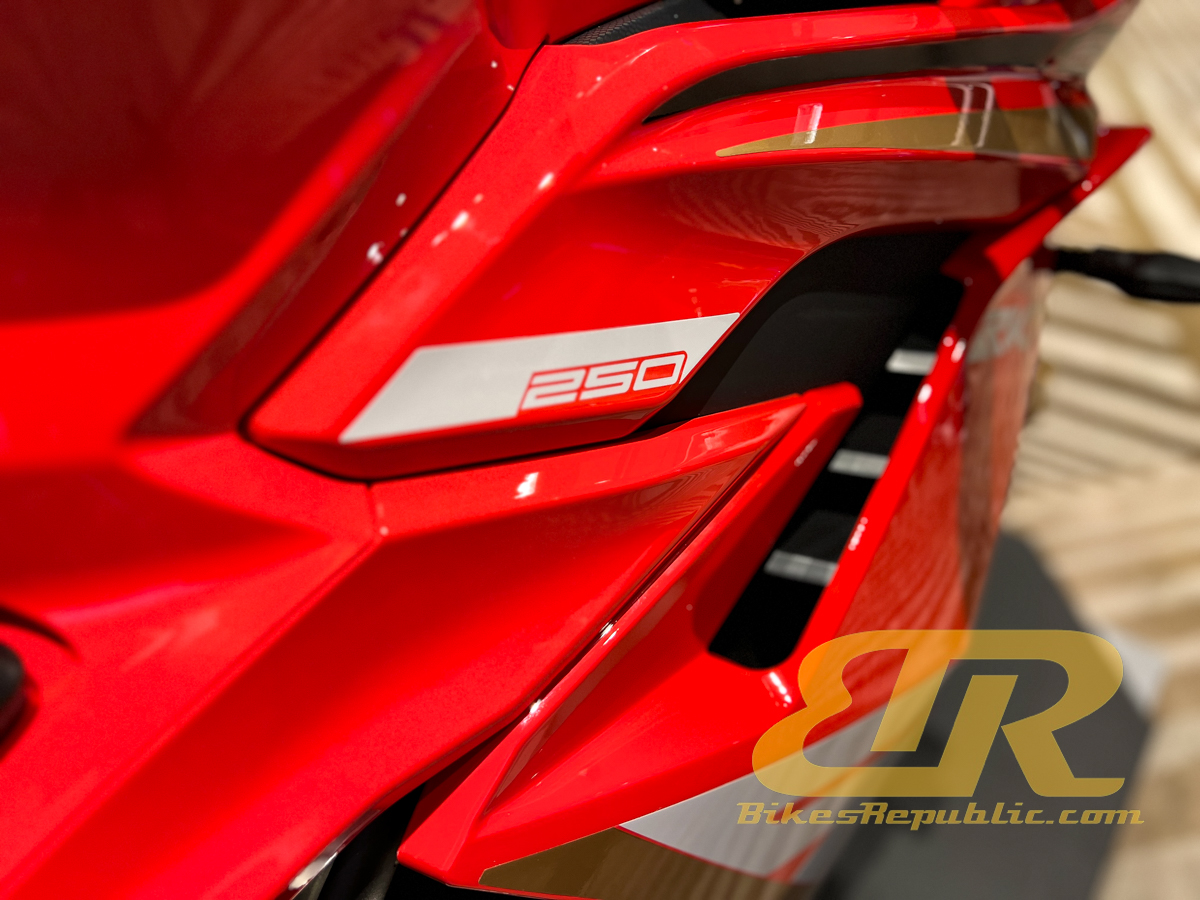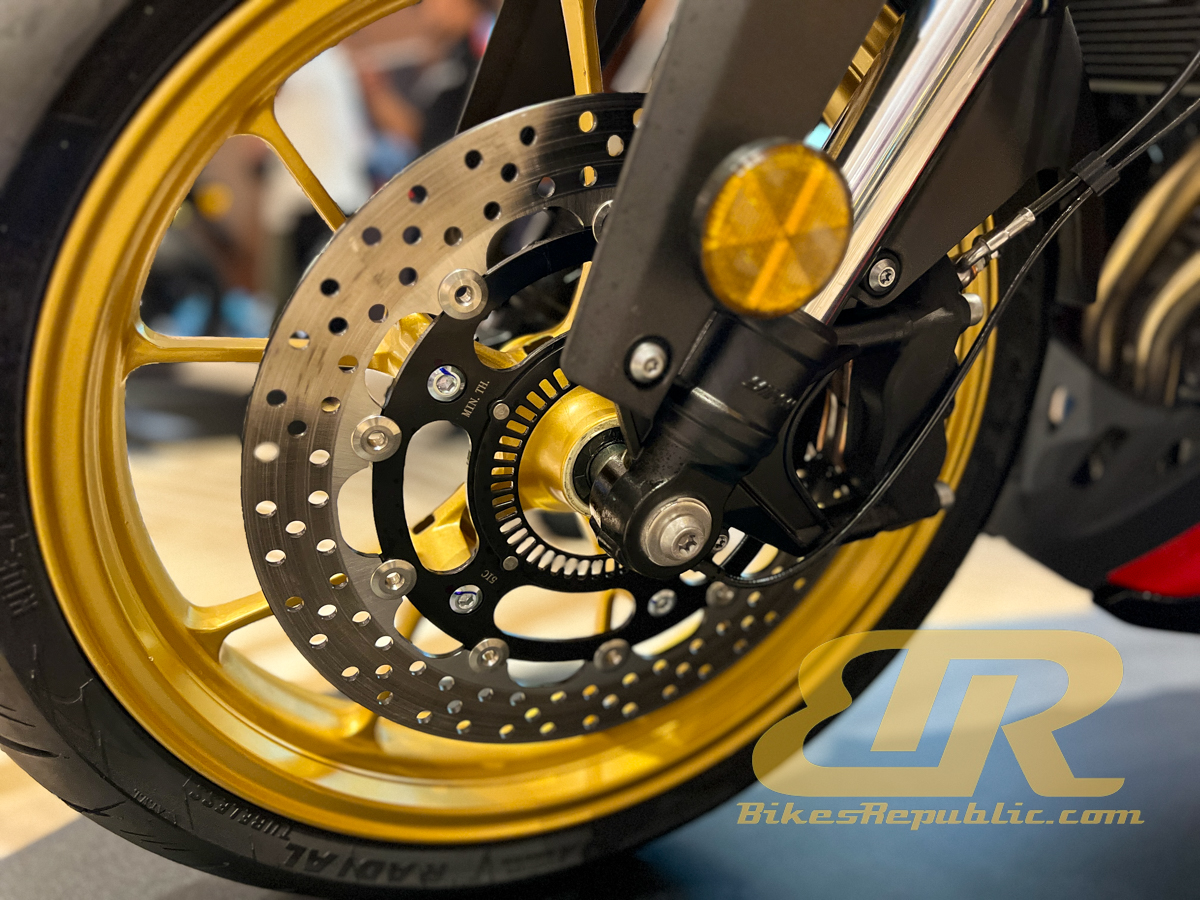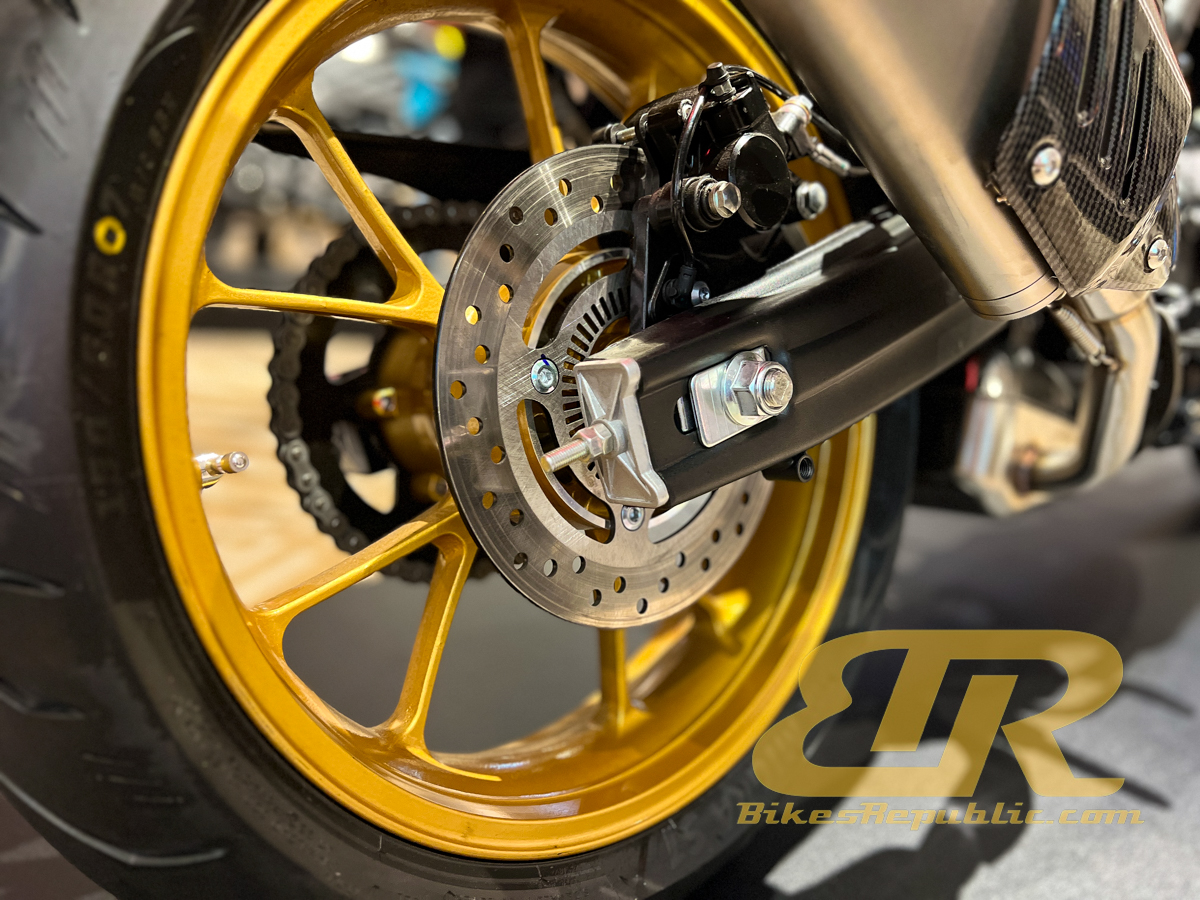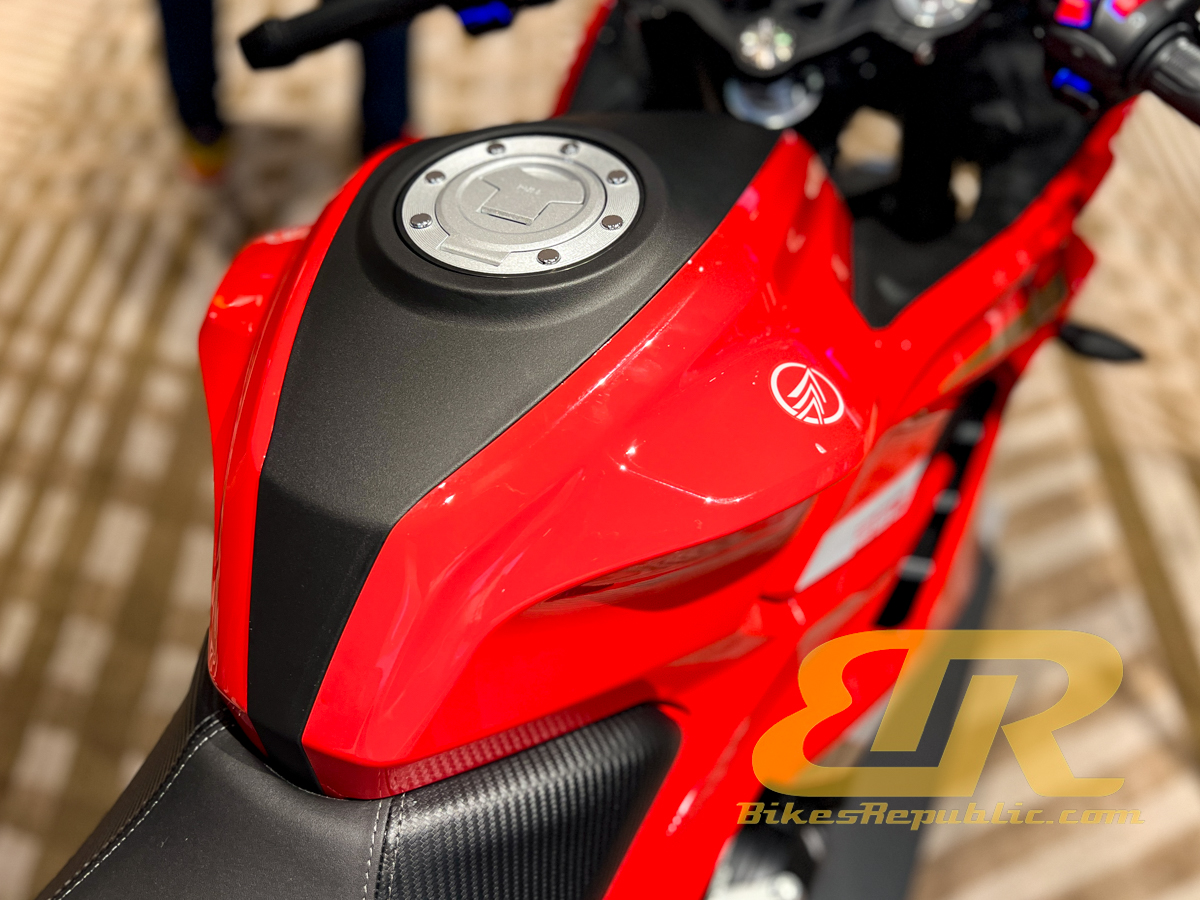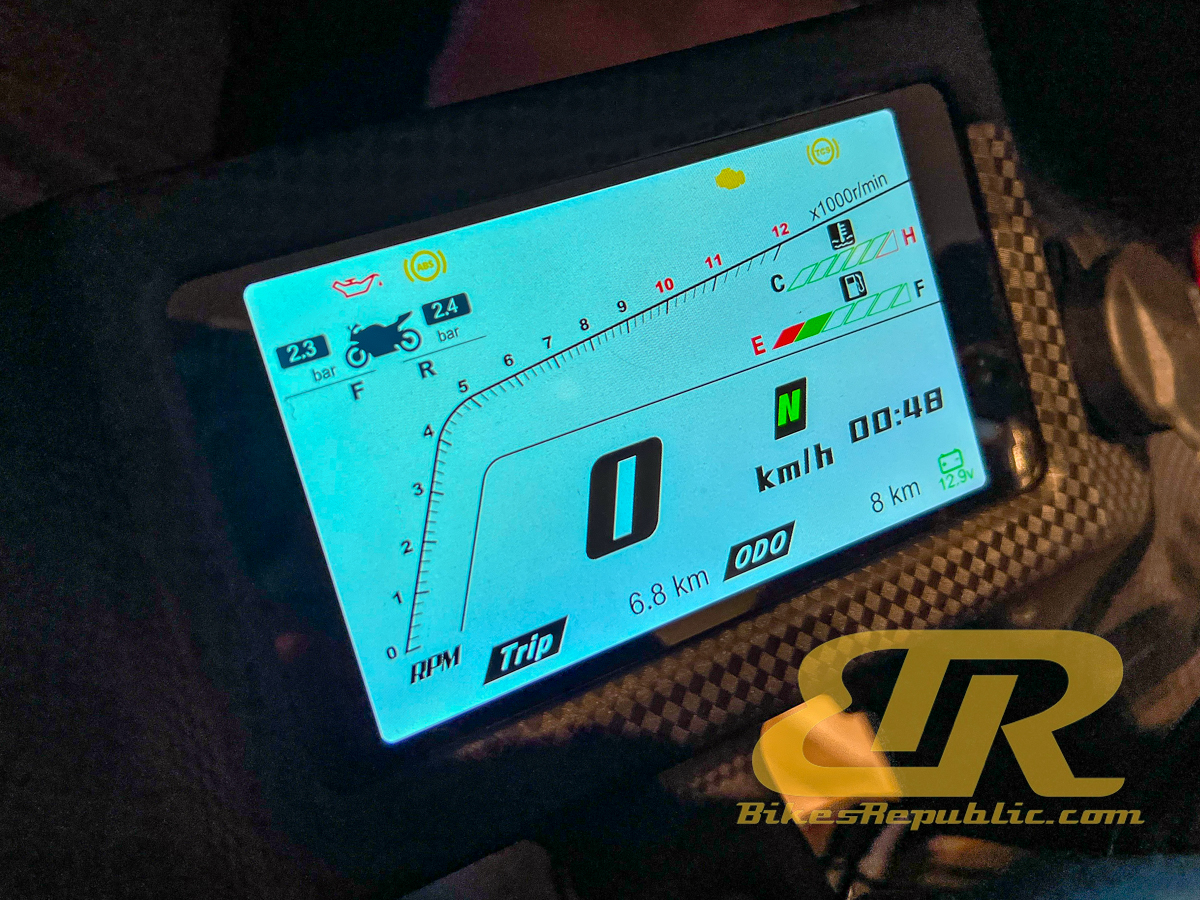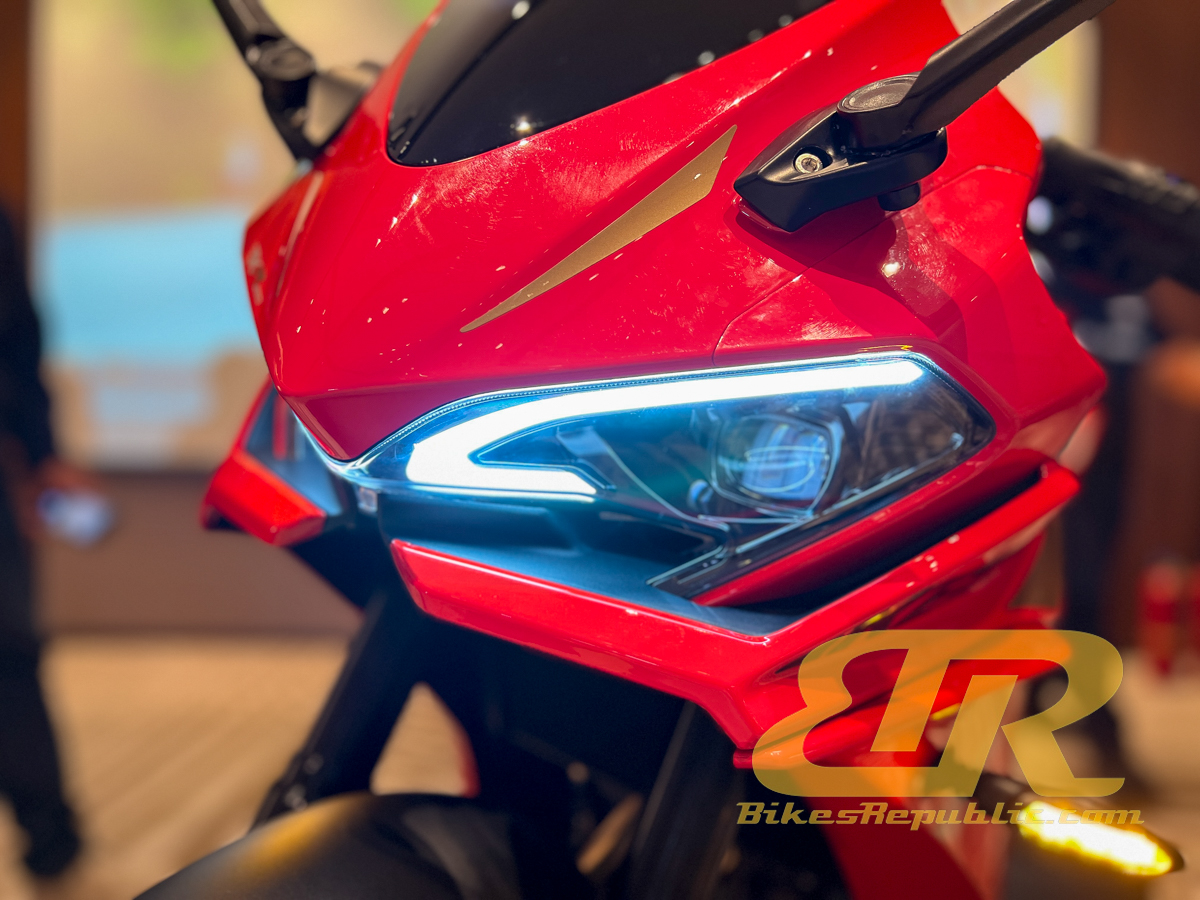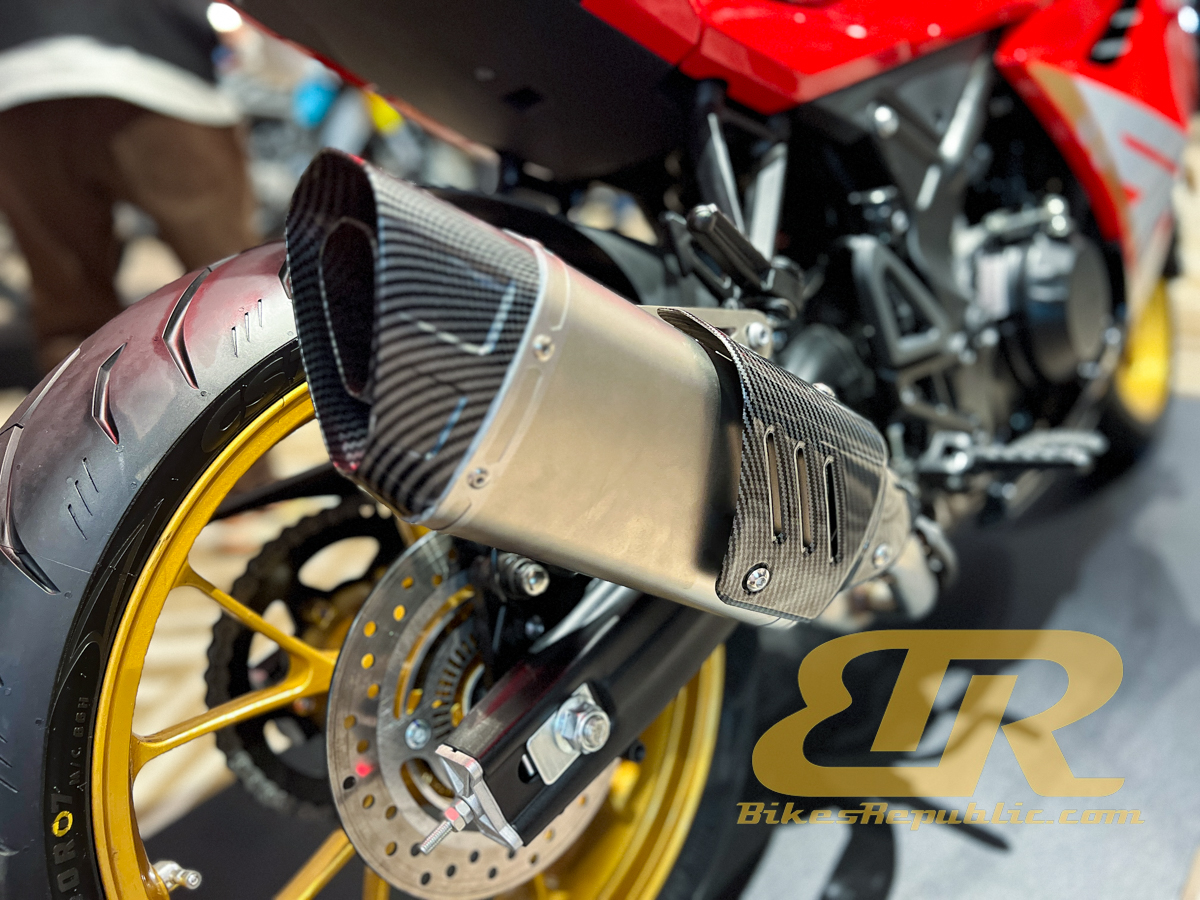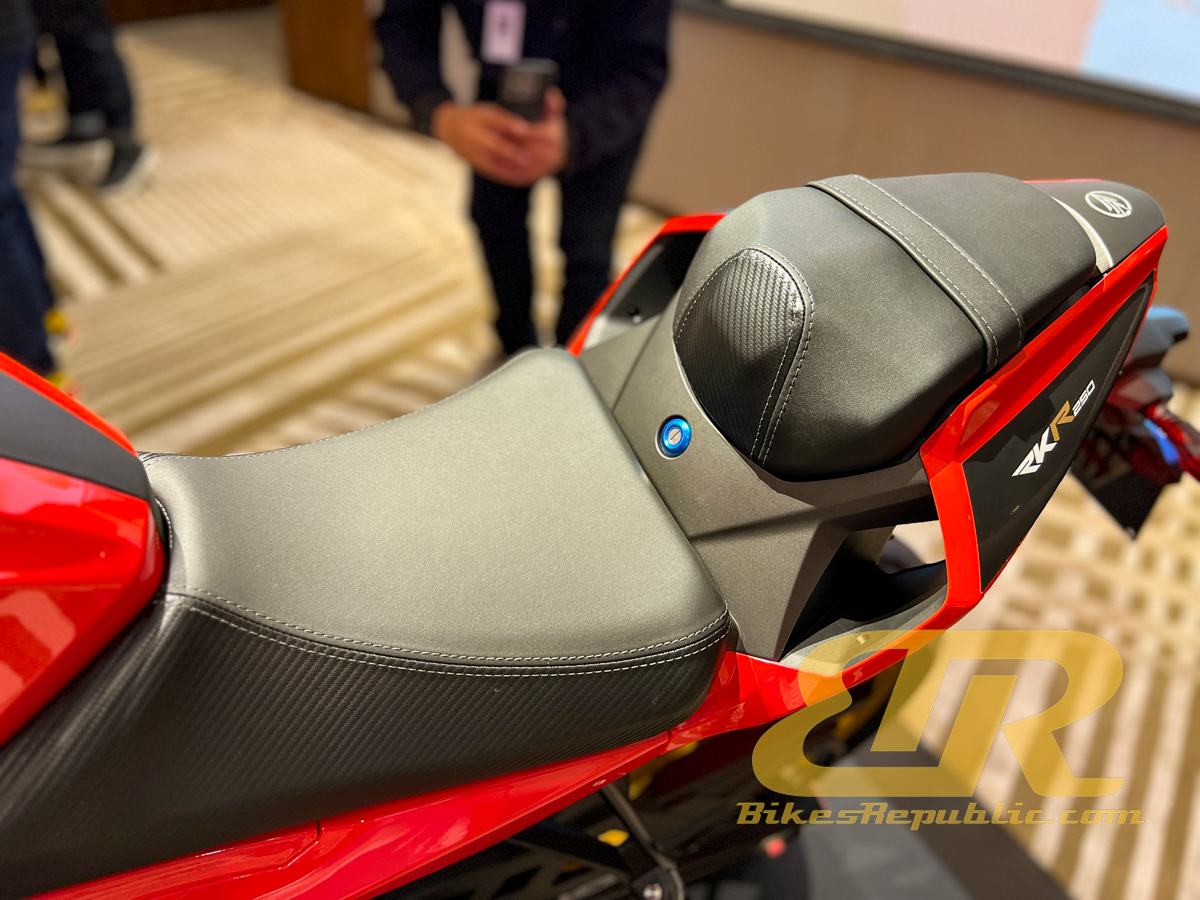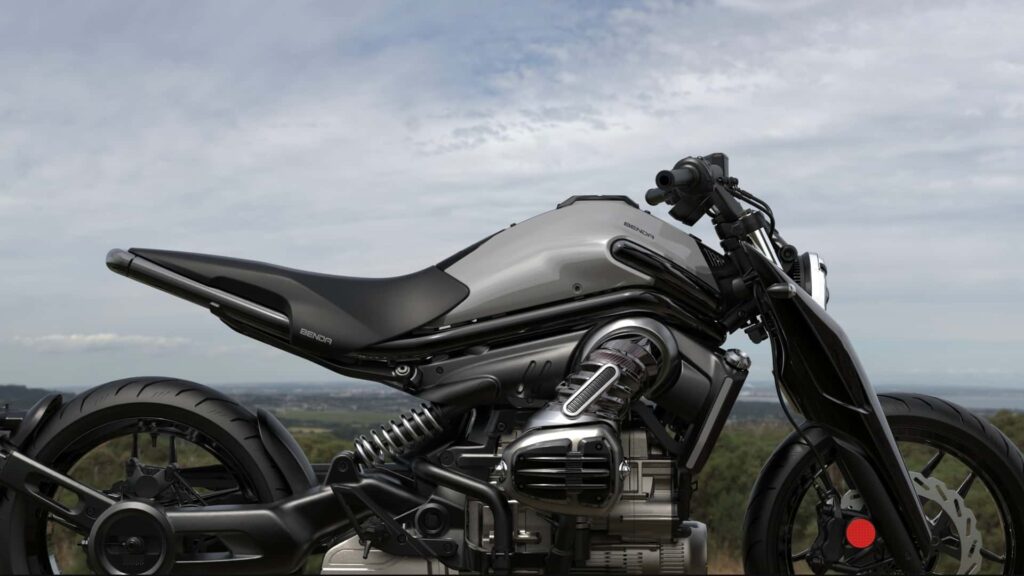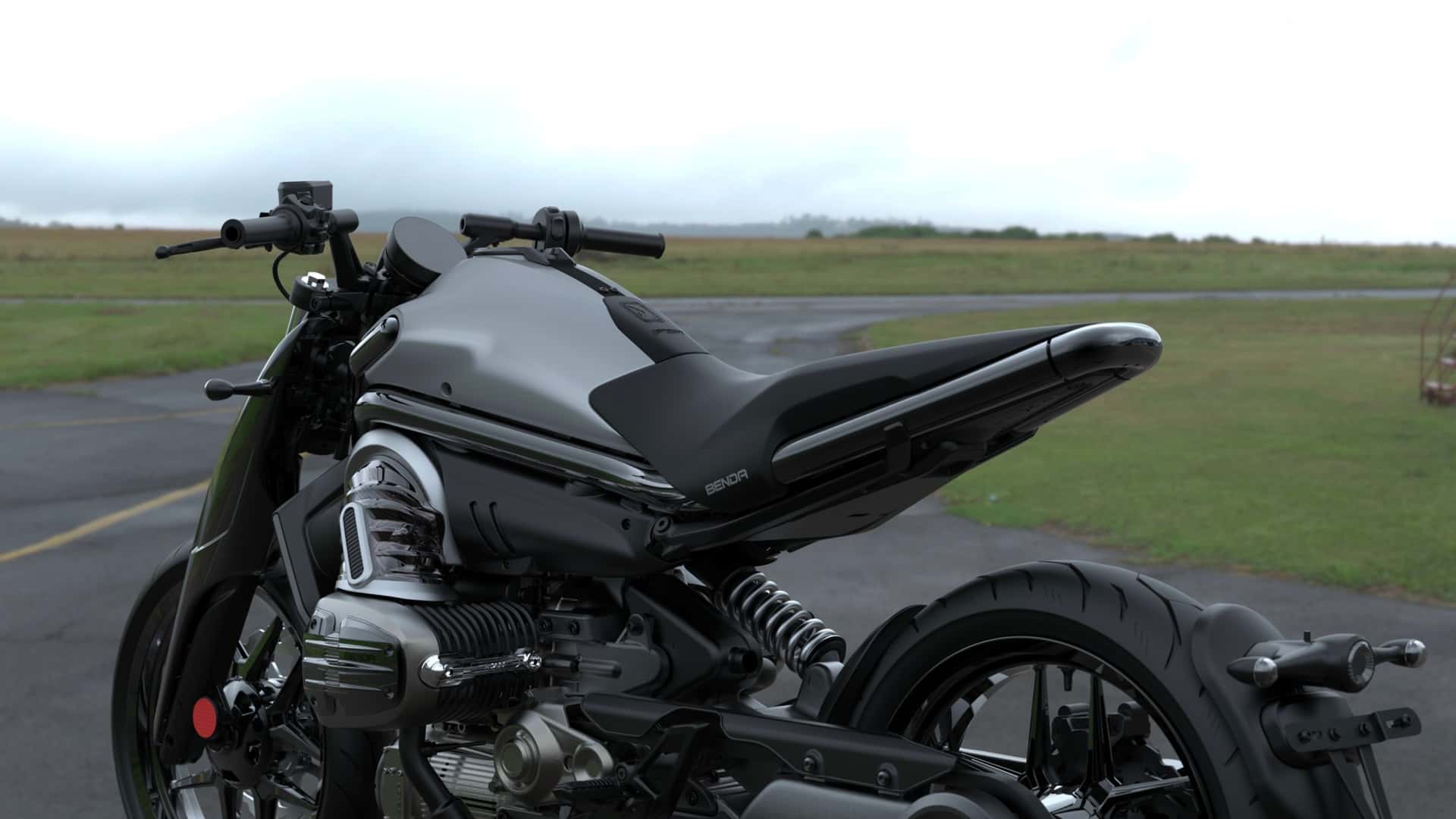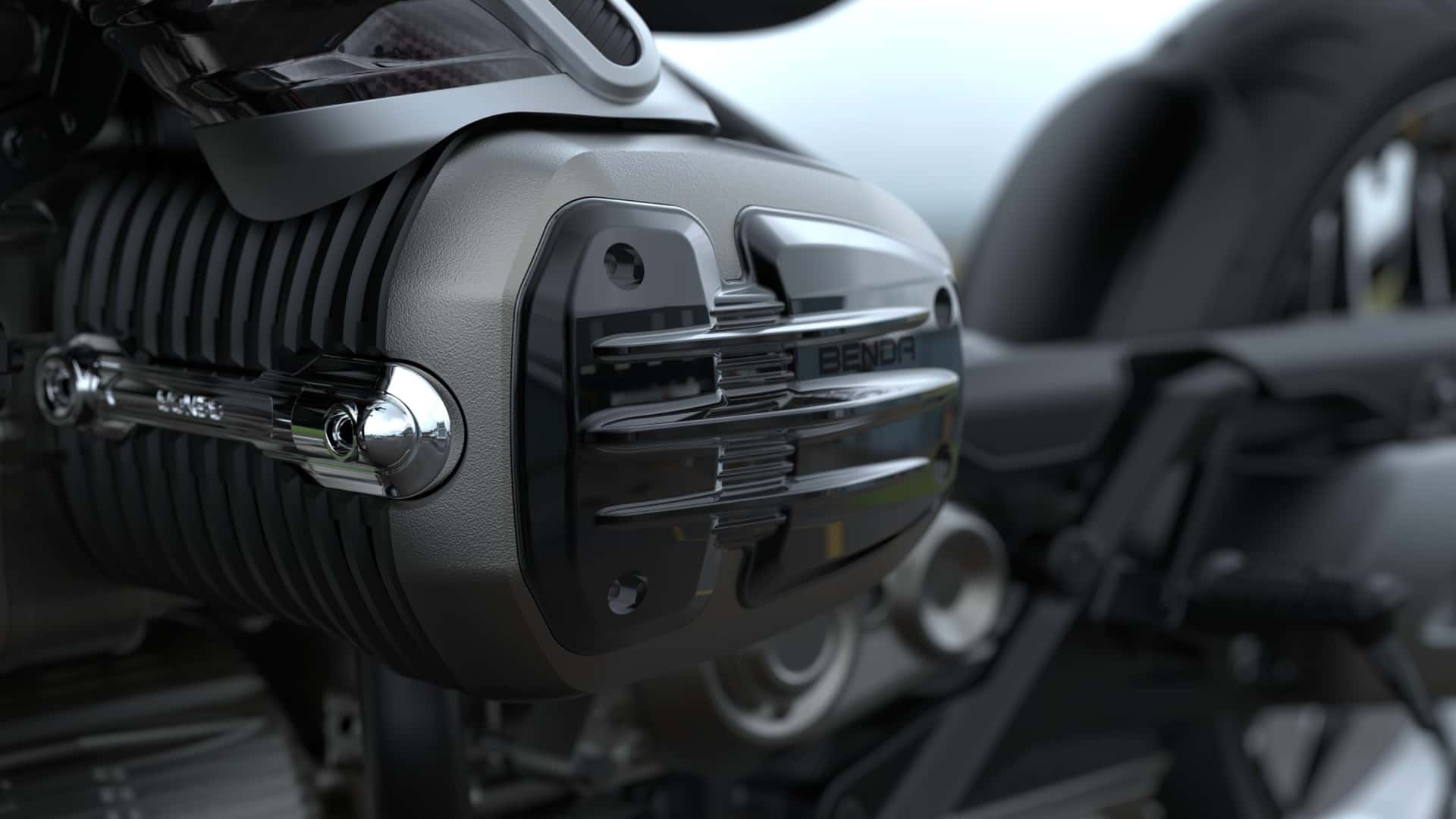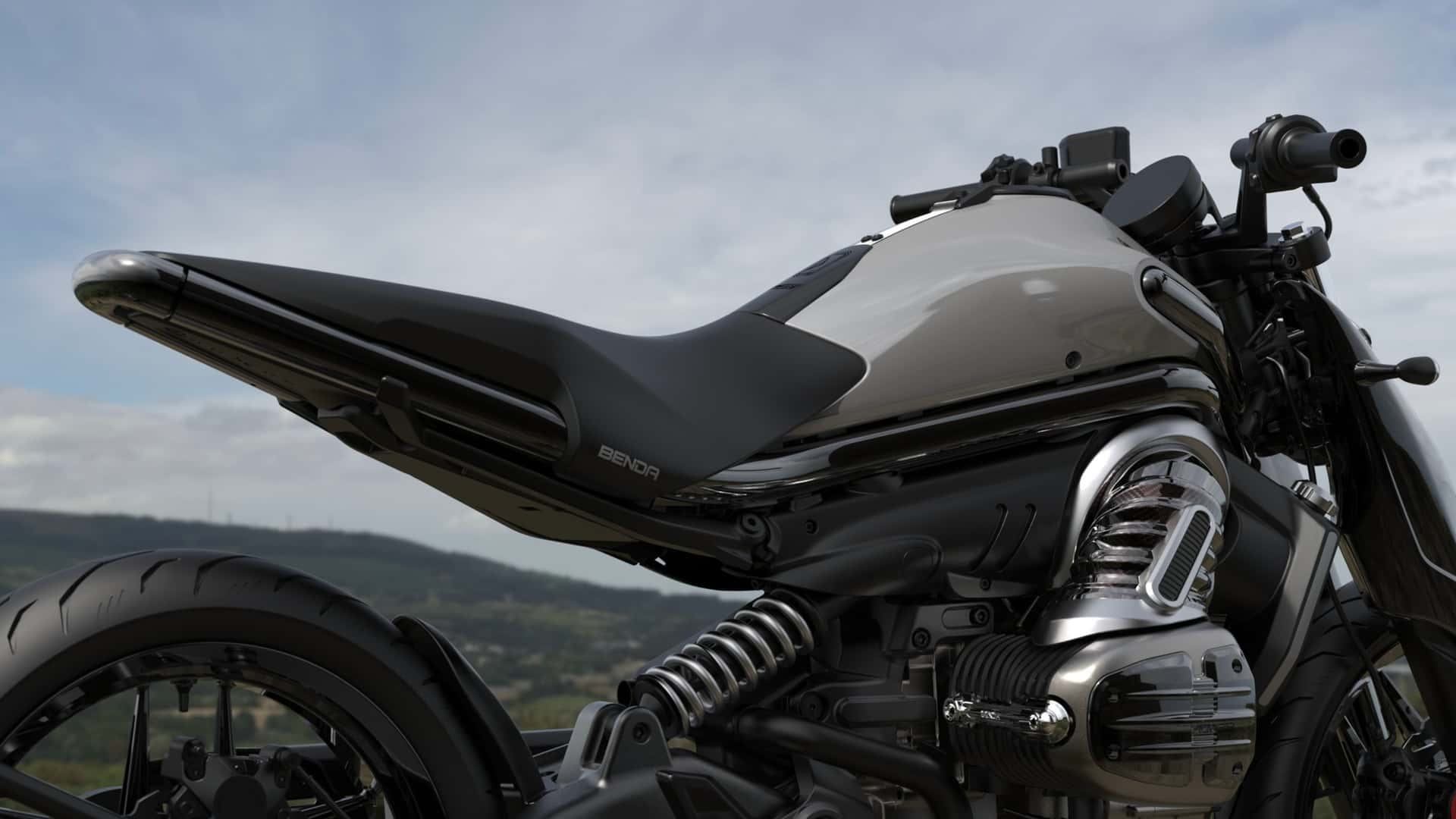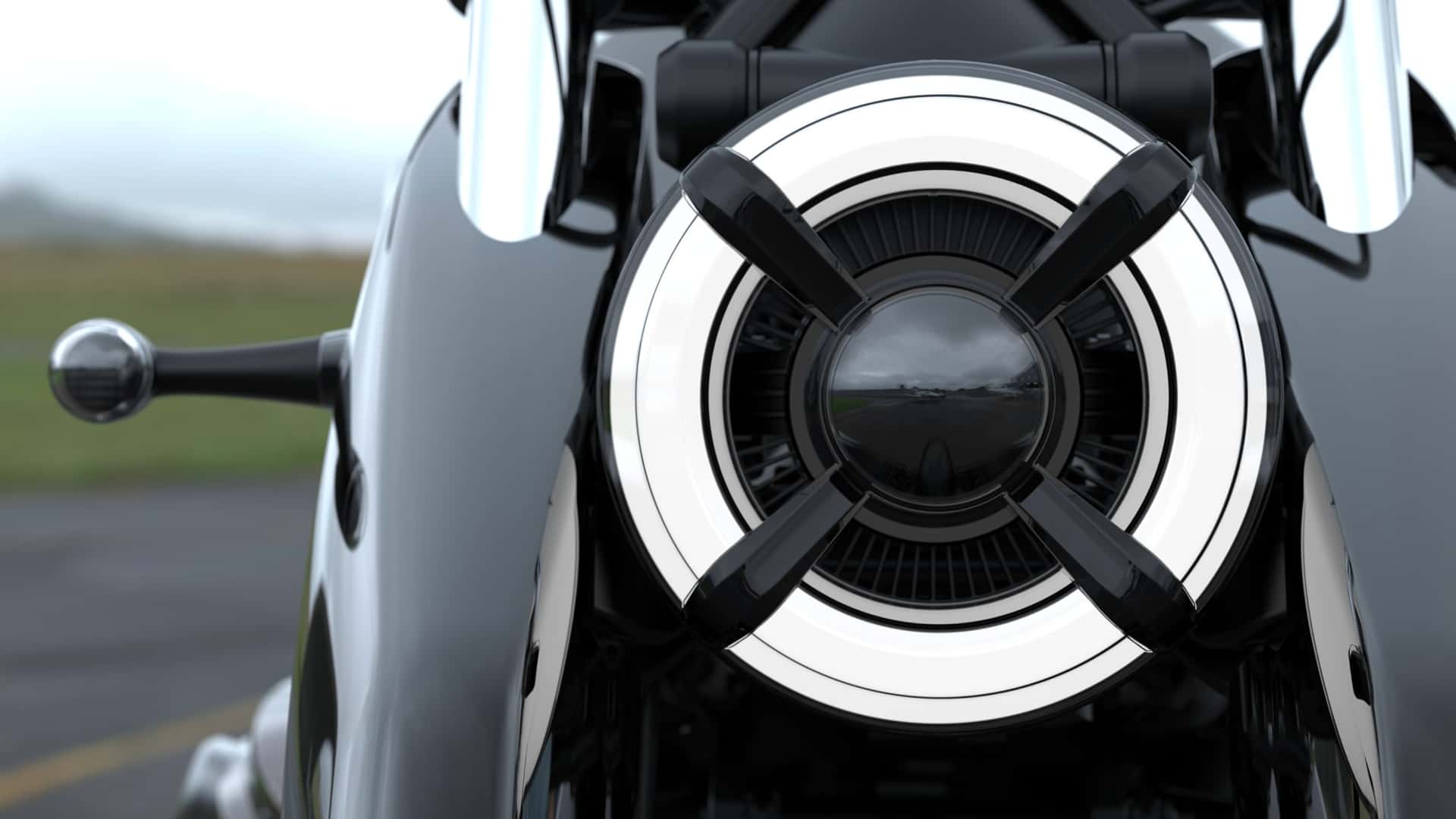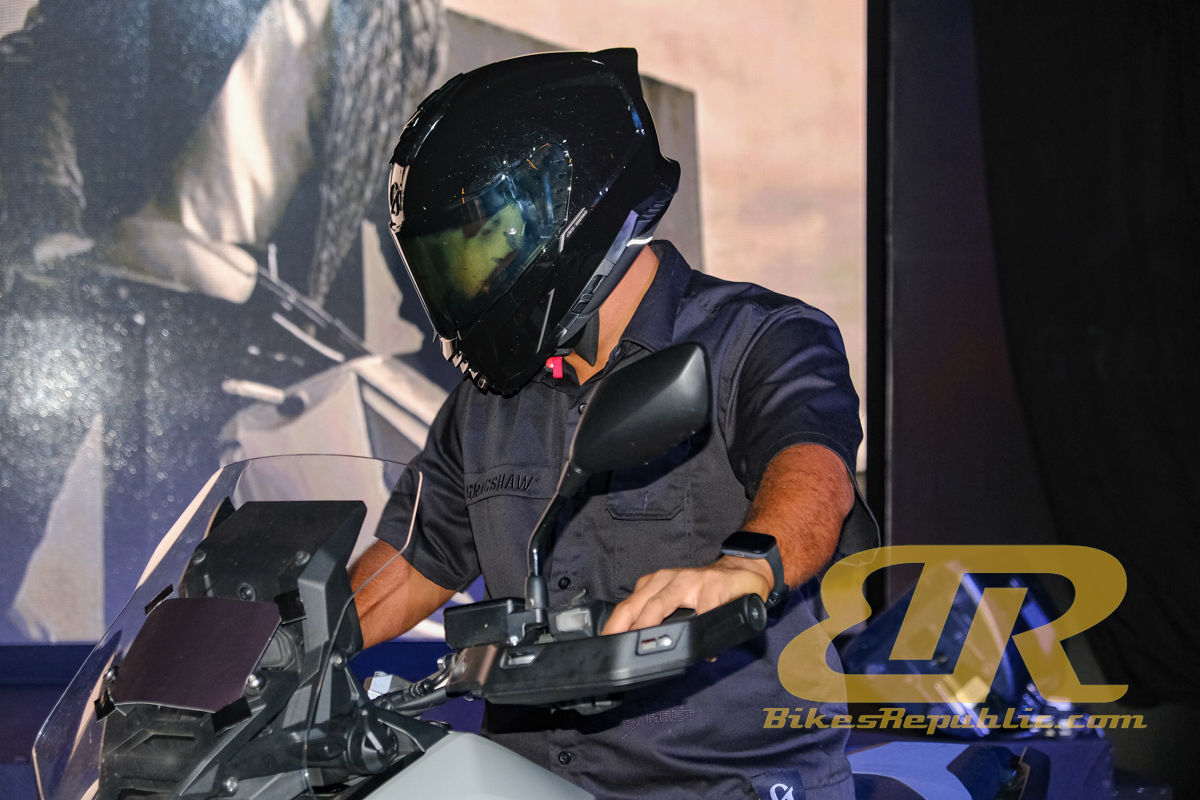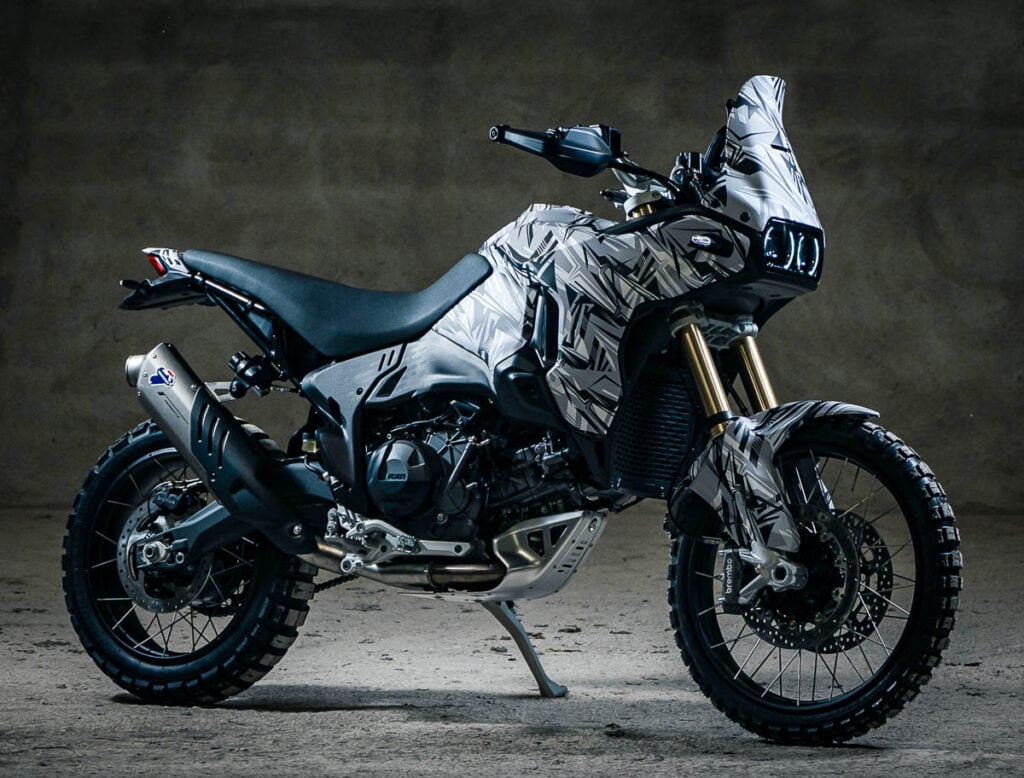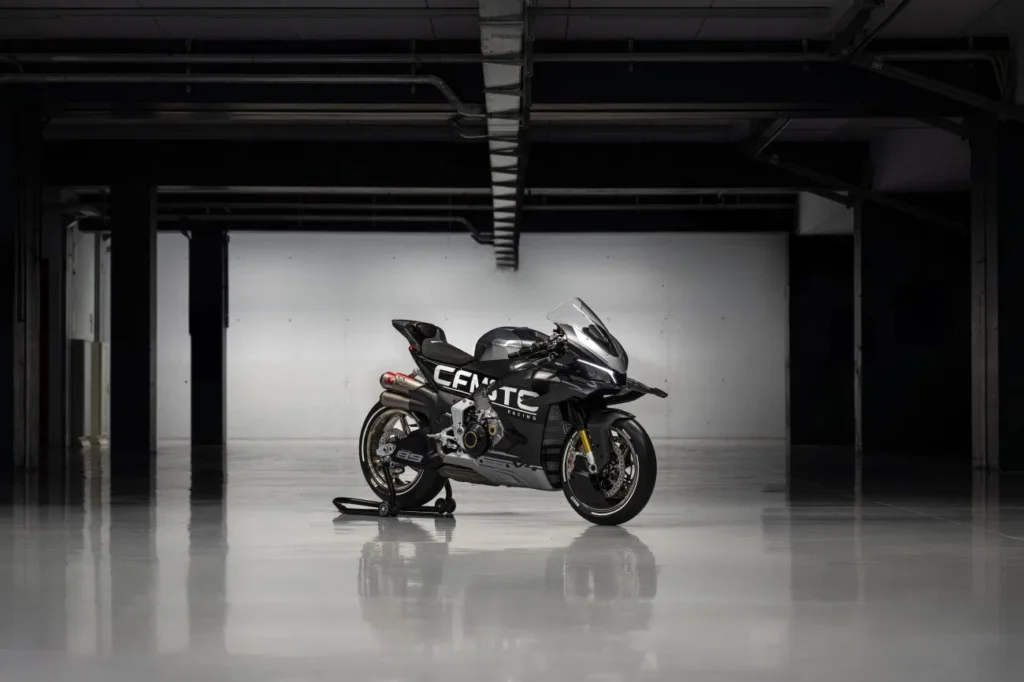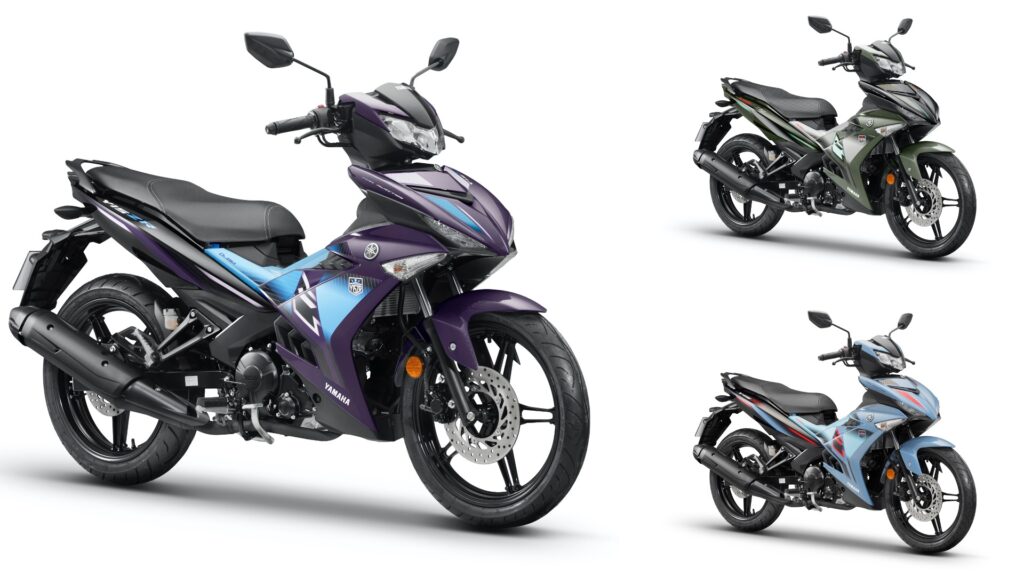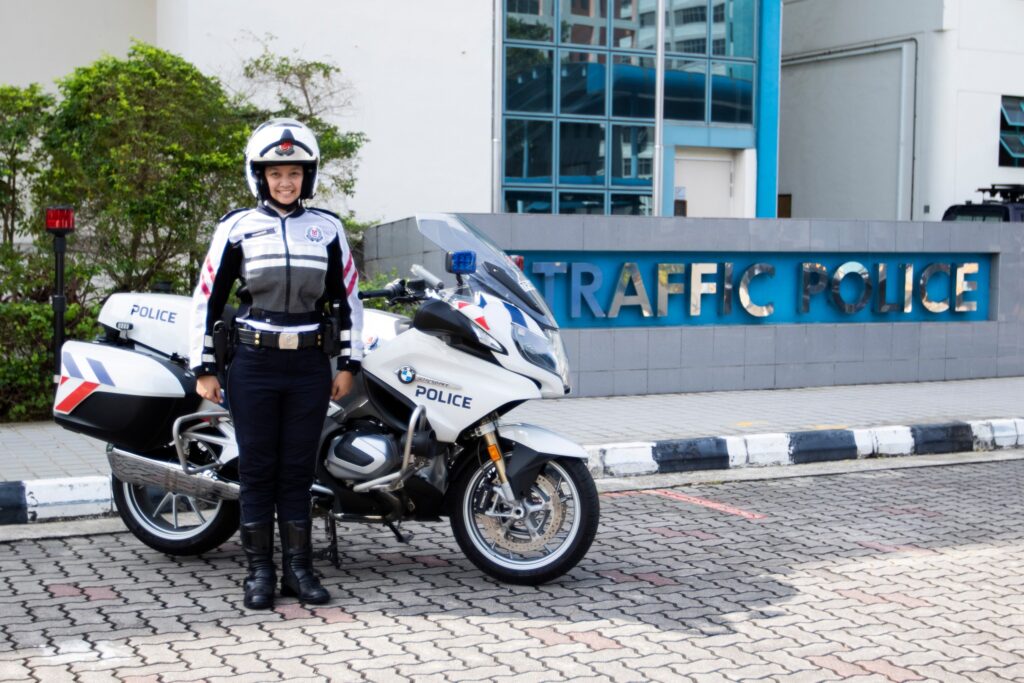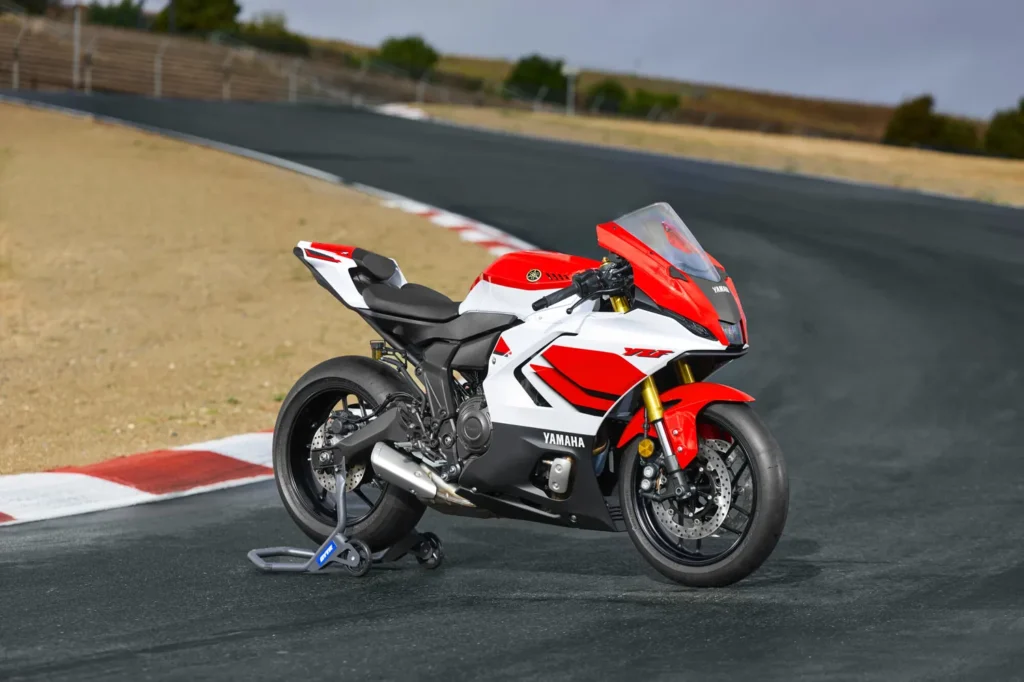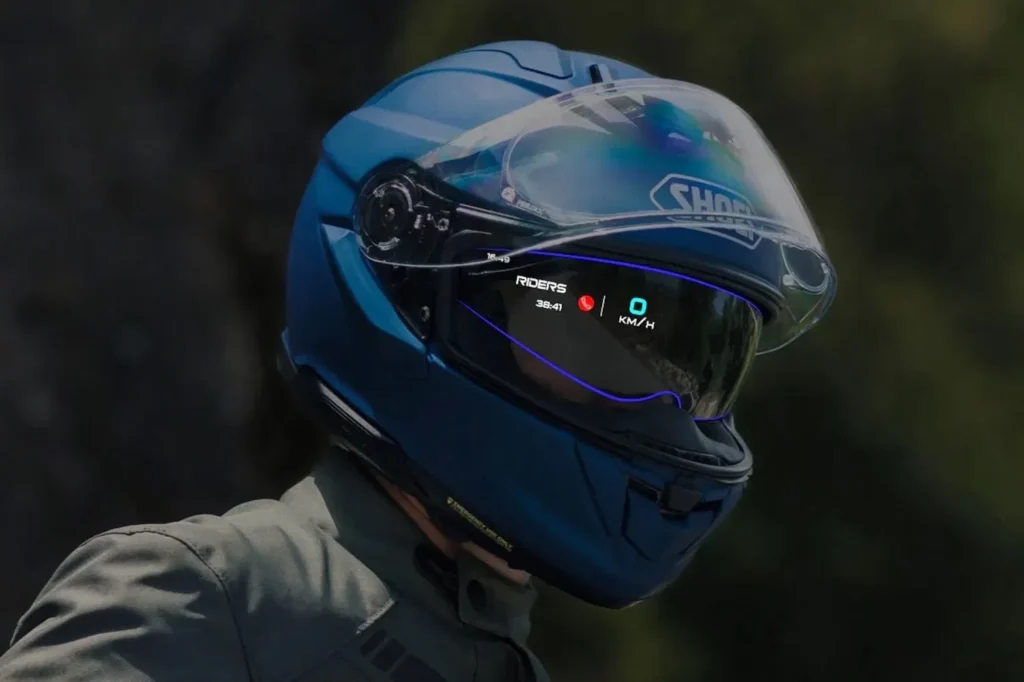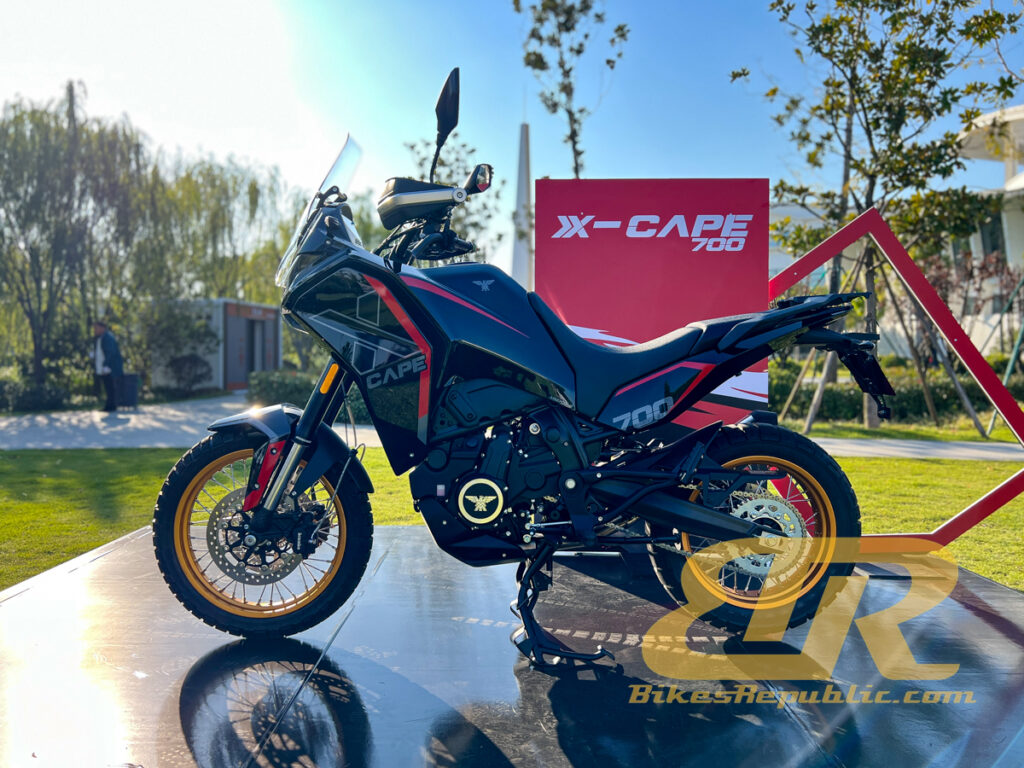MForce Bike Holdings also launched four new Morbidelli models during the Top 68 Dealers event, held in Taizhou, China. They are the:
- Morbidelli F252;
- Morbidelli T250X;
- Morbidelli T252X; and
- Morbidelli T502X.
Here are more details and their respective net selling prices.
1. Morbidelli F252 (RM14,888)
The F252 takes the form of a naked/roadster. However, the maker told us that the “F” designation is for “Fighter” as in “Streetfighter.” Honestly, the bike looks great and the finishing on the components are up to par with the best. The “252” designation means 250cc, 2 cylinder engine. If the specifications sound familiar, they are because most of it shared with the Keeway RKR250, as Morbidelli is now under Keeway’s umbrella.
- Powered by a 249.5cc, liquid-cooled, DOHC, 8-valve, parallel-twin engine.
- It produces 31.5 hp @ 11,000 RPM and 21.0 Nm at 9,500 RPM.
- The engine is mated to a slipper clutch and 6-speed transmission.
- Seat height is 790 mm.
- Its fuel tank has a capacity of 15 litres.
- Front forks are 41 mm and USD.
- The front brake system consists of a 300mm floating disc and 4-piston caliper, while there is a 240mm disc at the back.
- The rear suspension features a monoshock with Pro-Link attachement.
- 5″ TFT display.
- Electronic rider aids include Bosch dual-channel ABS, TCS, and 3 ride modes.
- Morbidelli listed its wet weight at 175 kg.
2. Morbidelli T250X (RM9,988)
The T250X is the entry-level adventure model of the family, suitable for adventure beginners. The air-cooled engine is also a good advantage for those who travel to isolated places as it is easier to maintain.
- Powered by a 249cc, air-cooled, single cylinder, SOHC, four-valve engine.
- It delivers a maximum power output of 24.4 hp @ 7,500 RPM, and maximum torque of 22.3 Nm @ 6,000 RPM.
- Seat height is not too tall at 820 mm.
- The fuel tank has a capacity of 11.7 litres.
- The front suspension uses 41 mm telescopic forks, while the back has a monoshock with adjustable preload.
- There is a 265mm brake disc up front and 2-piston caliper.
- Rim sizes are 19 inches, front, and and 17 inches, rear.
- Electronics include a 7″ colour TFT display mounted in a vertical position, dual-channel ABS, and TCS.
- The maker listed its curb weight at 154 kg.
3. Morbidelli T252X (RM16,888)
As with the aforementioned F252, this model utilises a 250cc, 2-cylinder engine, which is in fact the same 252 platform.
- Powered by a 249.5cc, liquid-cooled, DOHC, 8-valve, parallel-twin engine.
- It produces 31.5 hp @ 11,000 RPM and 21.0 Nm at 9,500 RPM.
- The engine is mated to a slipper clutch and 6-speed transmission.
- 820 mm seat height.
- 180 kg curb weight.
- 18-litre fuel tank.
- 41mm USD front forks with longer travel than the F252’s.
- The rear suspension features a monoshock with Pro-Link attachement.
- The front brake system consists of a 300mm floating disc and 4-piston caliper, while there is a 240mm disc at the back.
- Rim sizes are 19 inches, front, and and 17 inches, rear.
- Electronics include a 7″ colour TFT display mounted in a vertical position, dual-channel ABS, and TCS.
4. Morbidelli T502X (RM28,888)
Following the brand’s naming convention, the T502X denotes a 500cc, 2-cylinder, adventure bike.
- 486cc, liquid-cooled, DOHC, 8-valve, parallel-twin, with Marelli EFI.
- It makes 47.0 hp @ 8,500 RPM, and 45.0 Nm @ 6,750 RPM.
- The engine is mated to a slipper clutch and 6-speed transmission.
- 840mm seat height.
- 210kg curb weight.
- 18-litre fuel tank.
- 43mm USD front forks.
- The rear suspension features a preload adjustable monoshock with Pro-Link attachement.
- The front brake system consists of twin 300mm floating discs and J.Juan 2-piston calipers, while there is a 240mm disc at the back.
- Rim sizes are 19 inches, front, and and 17 inches, rear.
- Electronics include a 7″ colour TFT display mounted in a vertical position, dual-channel ABS, and TCS.
Additional features
One shared feature among all four models is the SOS call function. In the event of an emergency, the rider only needs to hold it down for 3 seconds, making the bike call the emergency number stored in your phone.
These models will be available in Malaysia soon.


